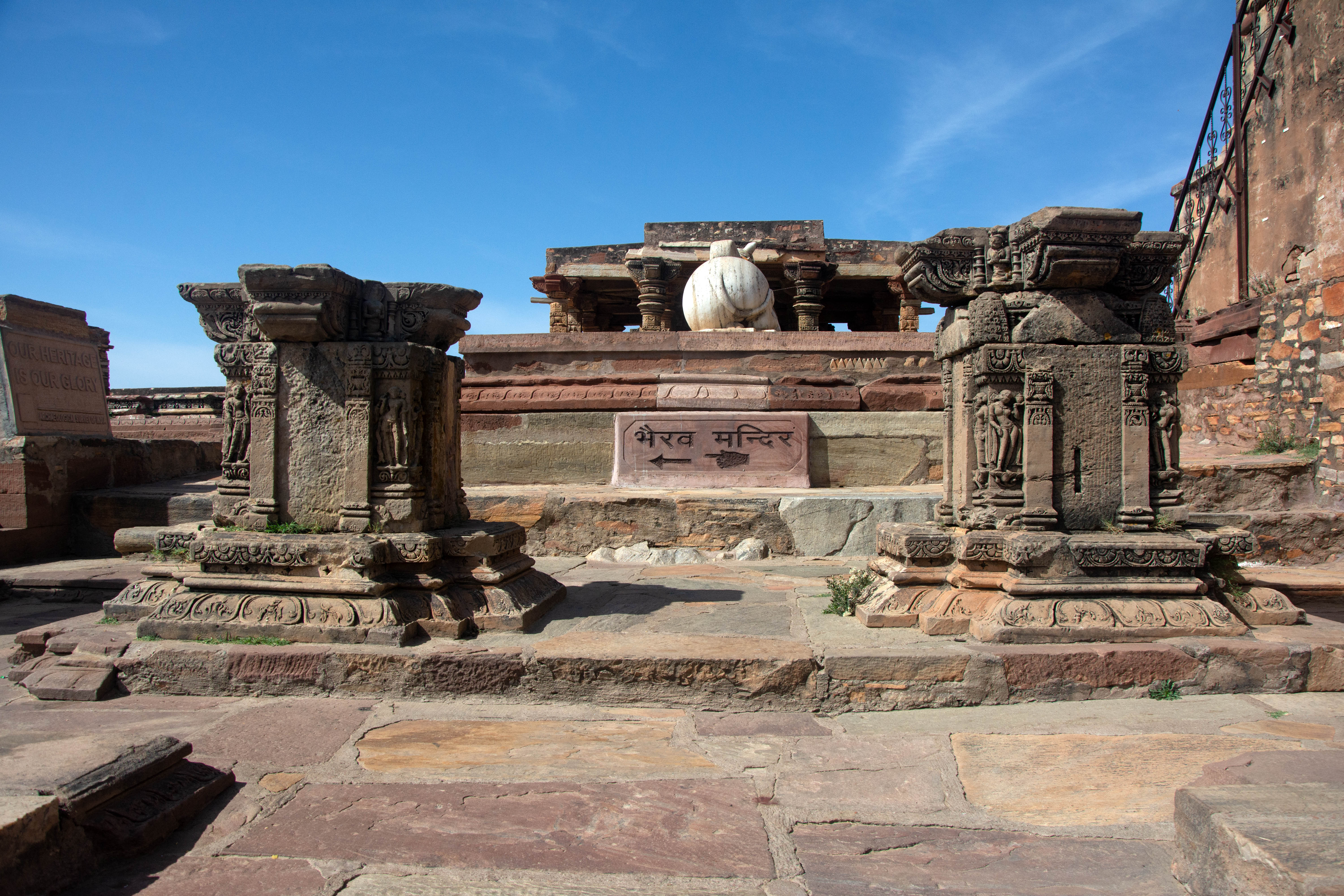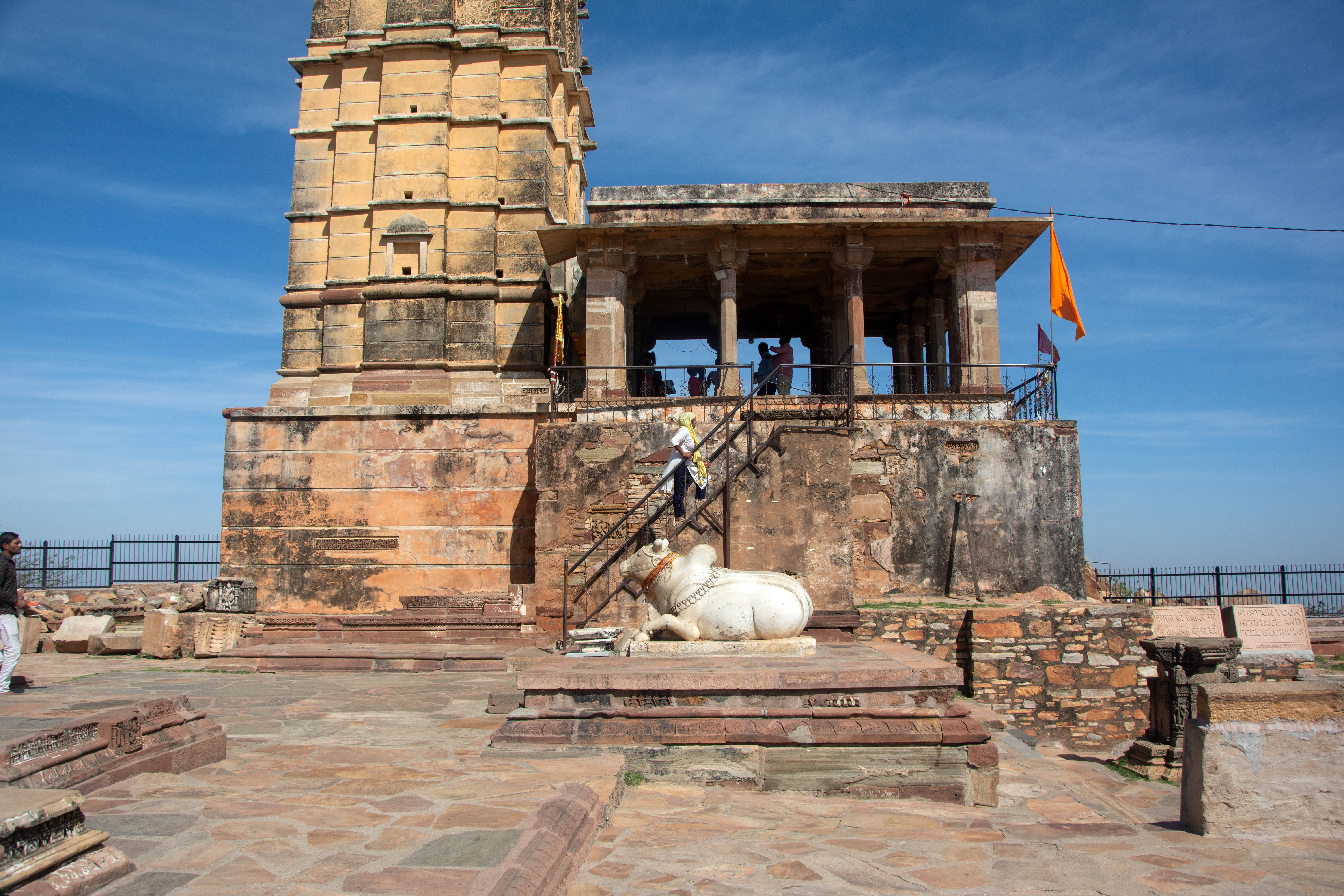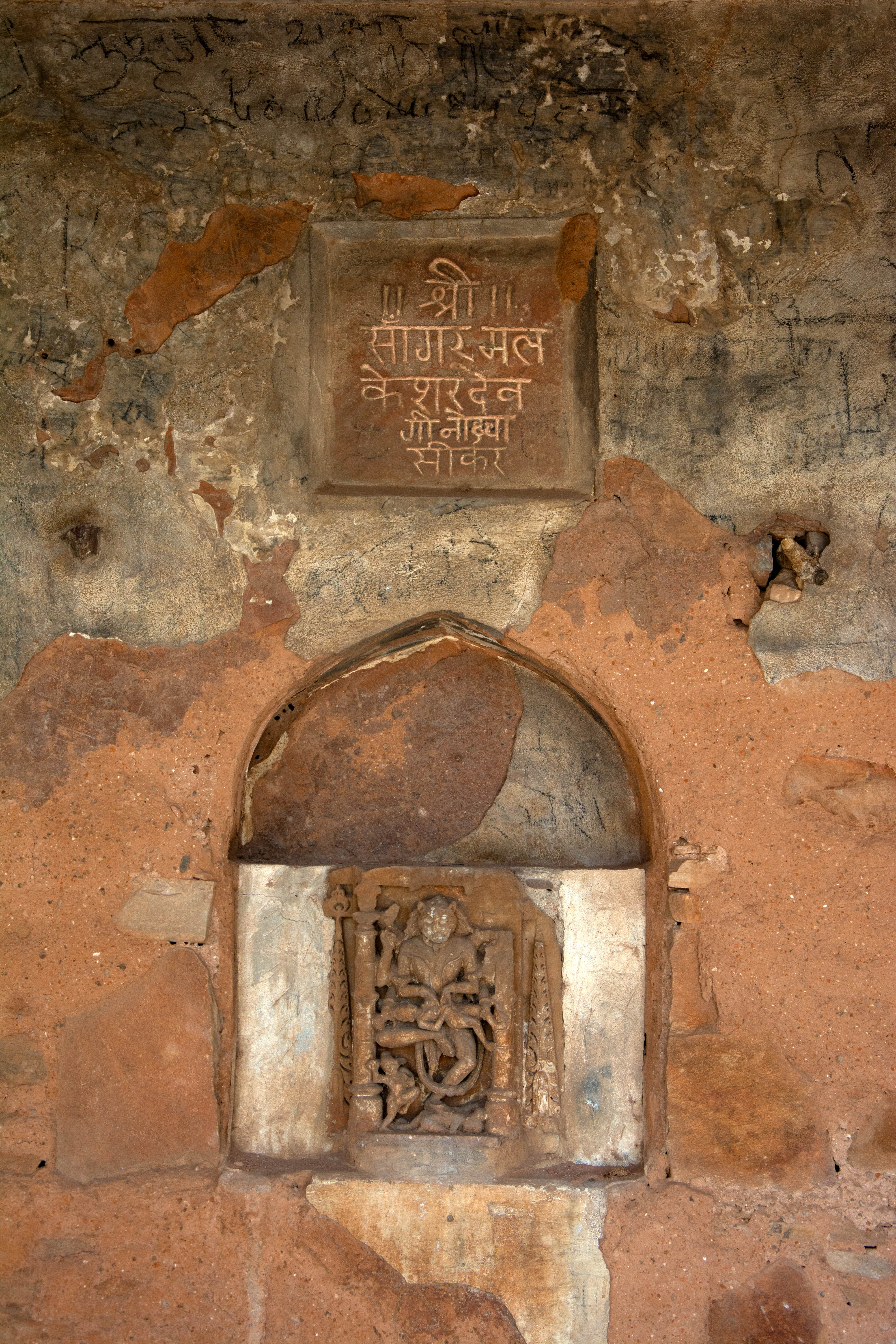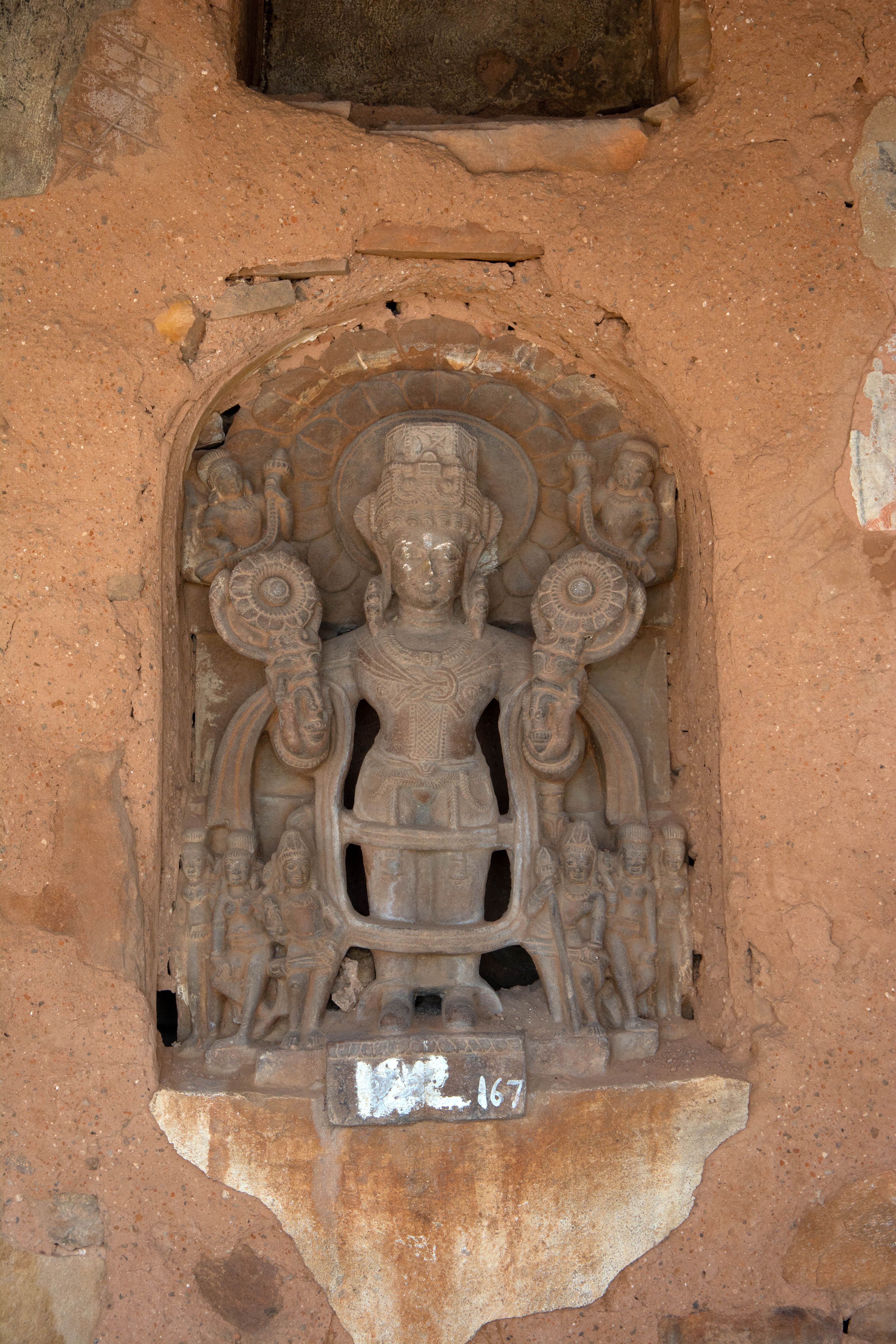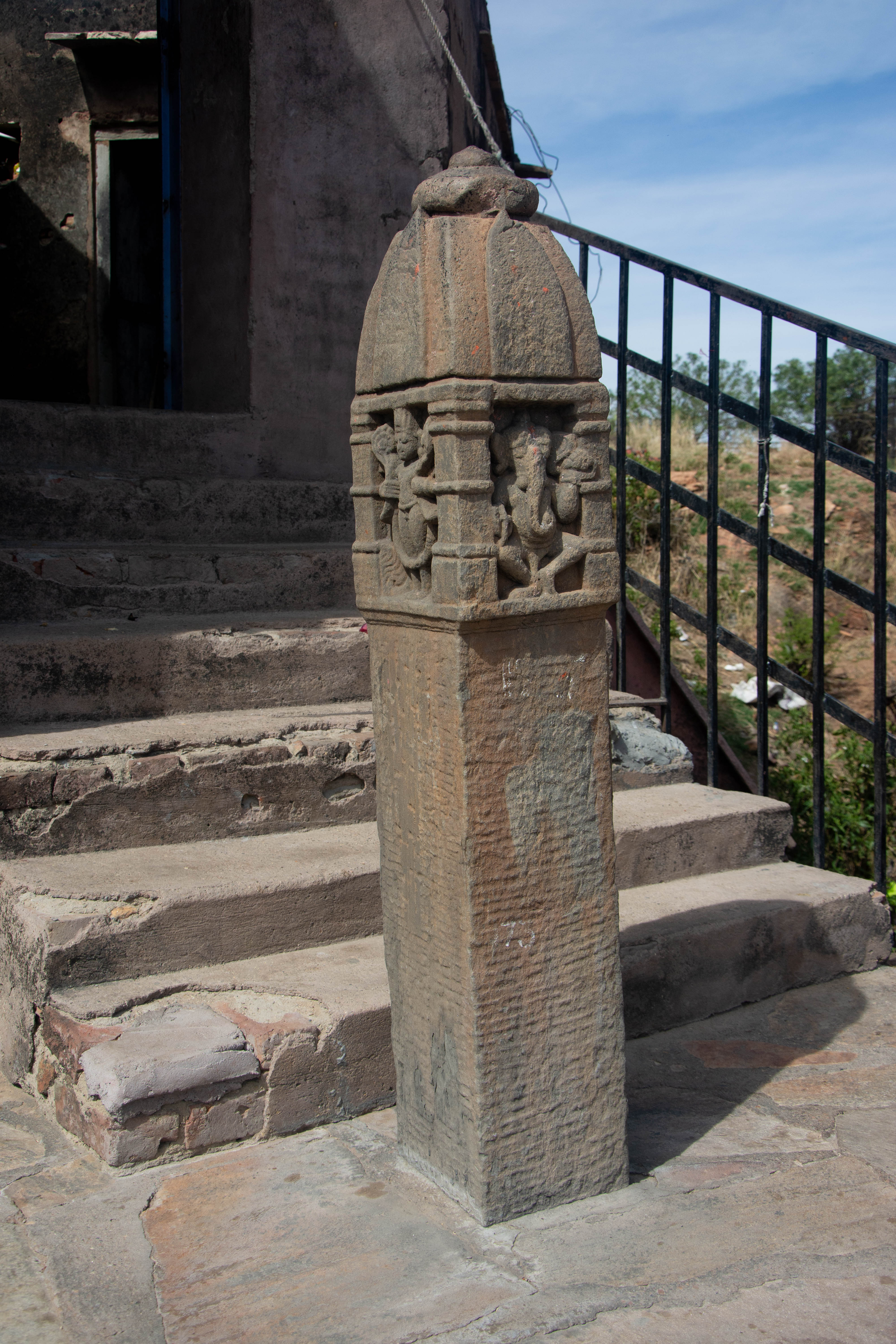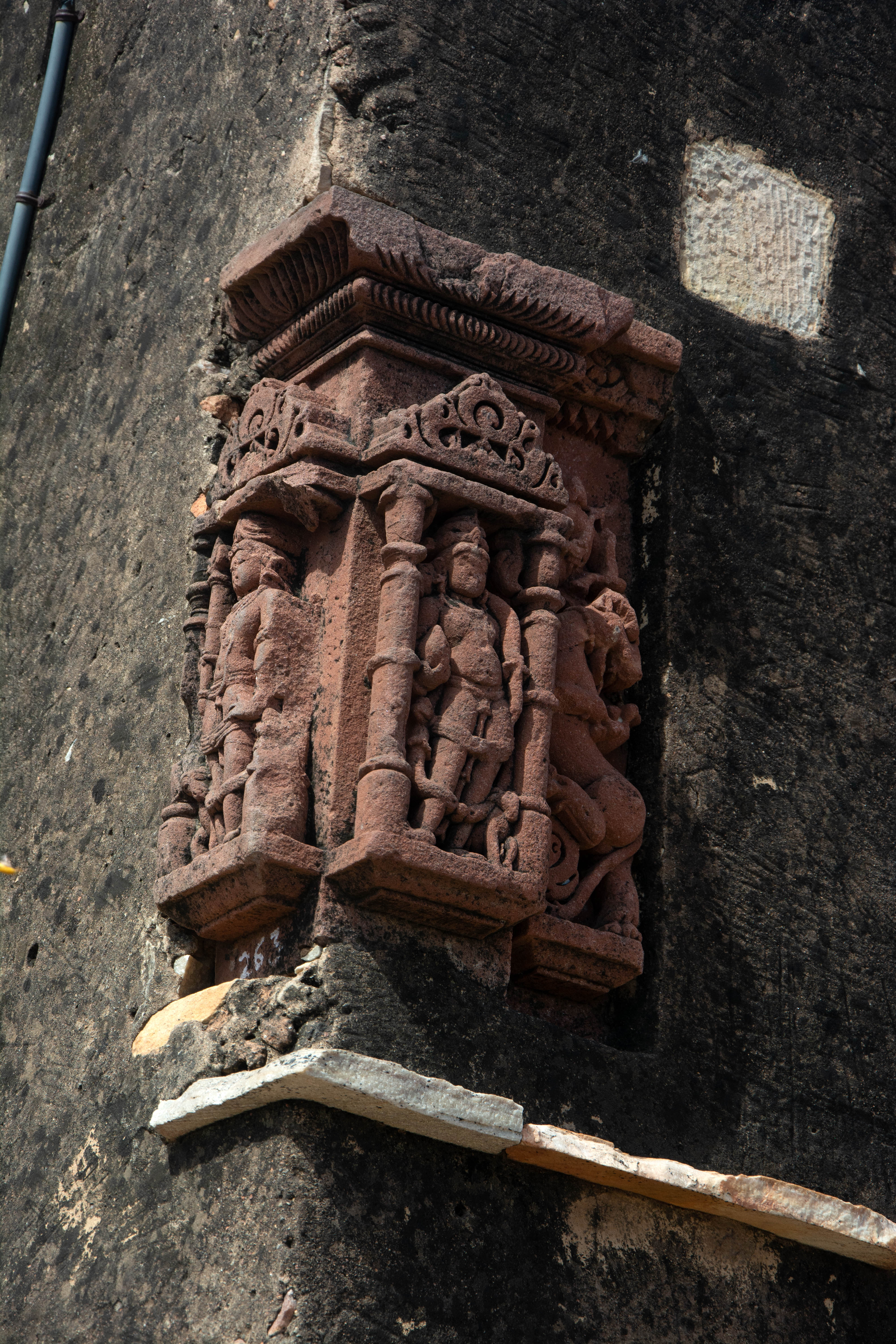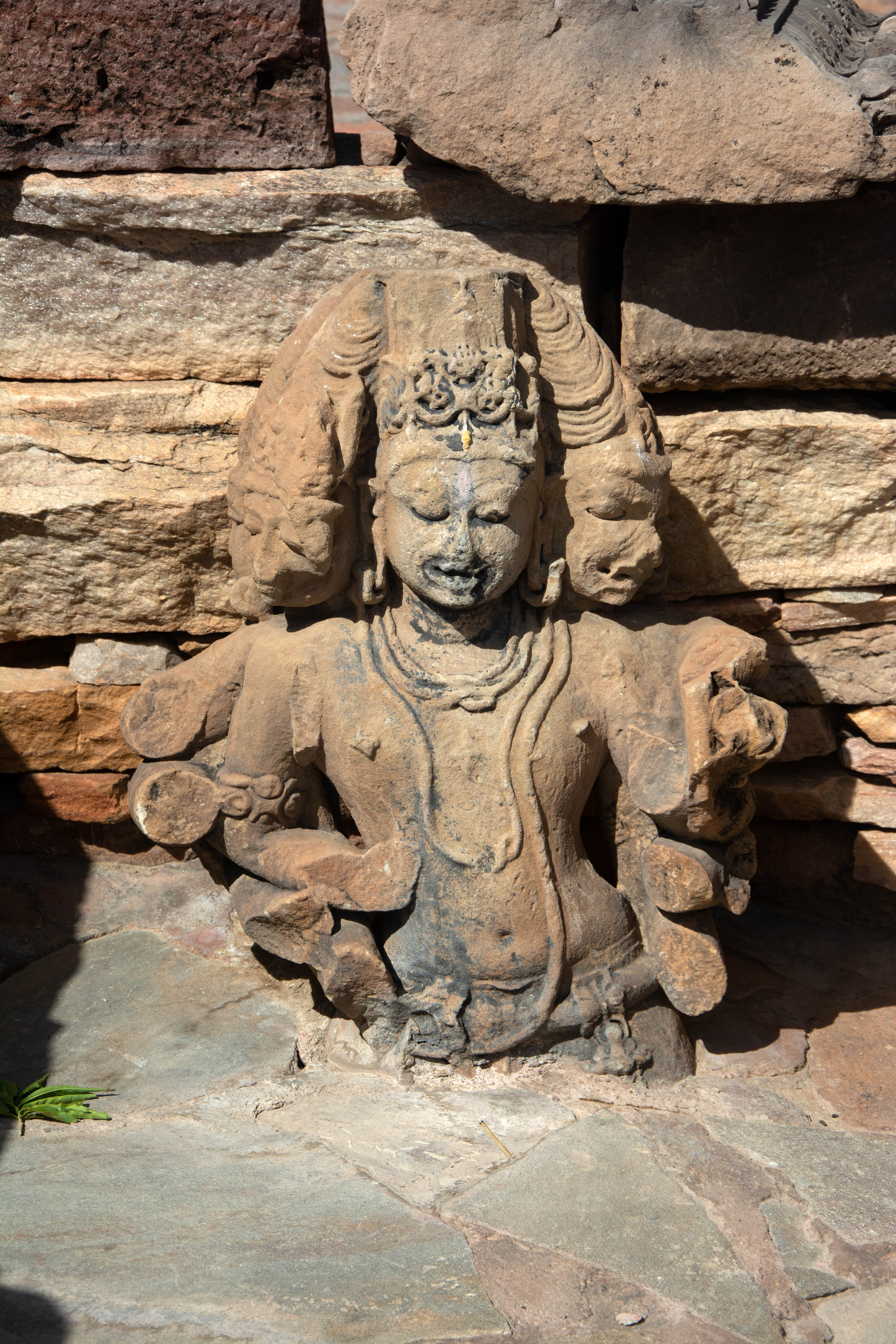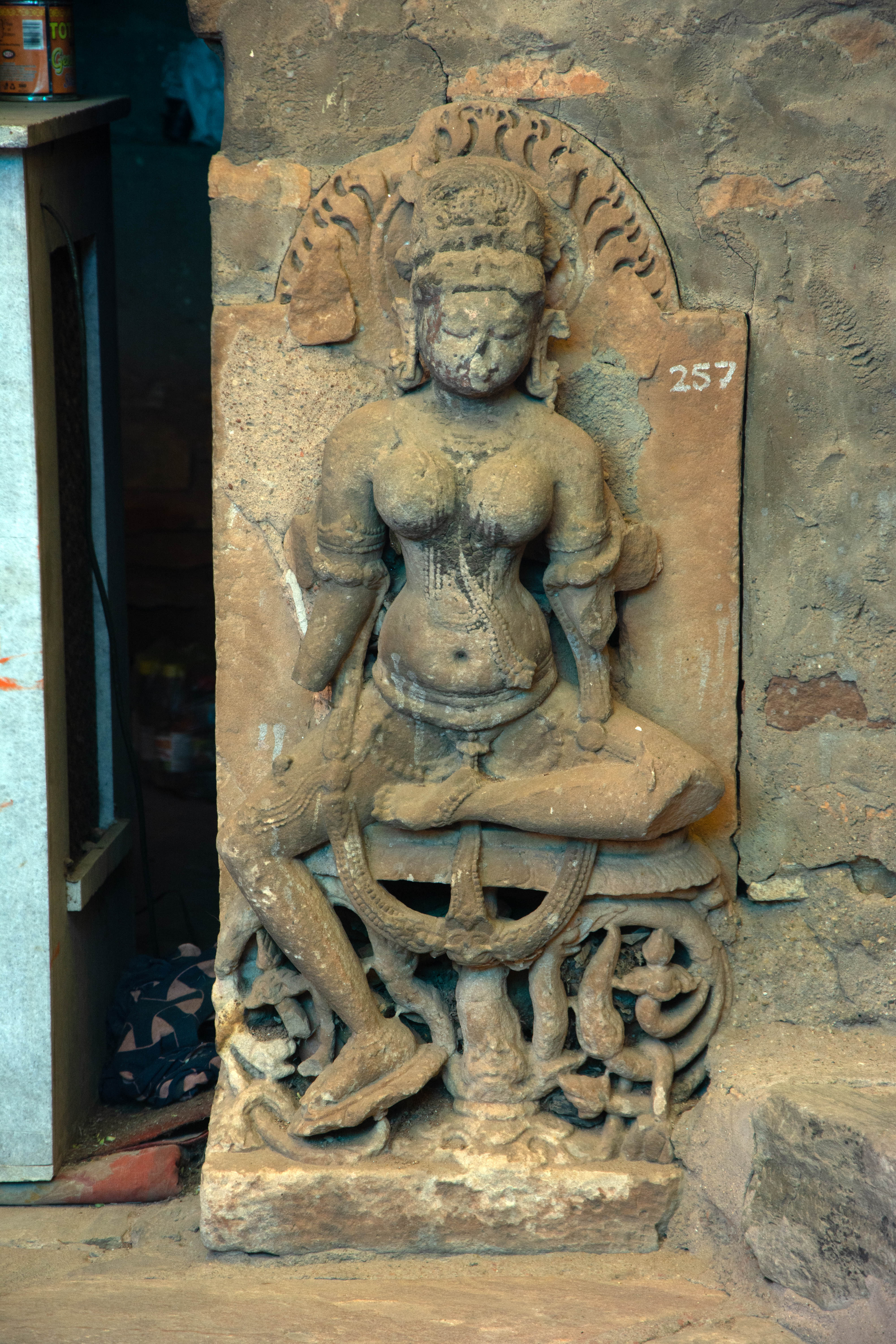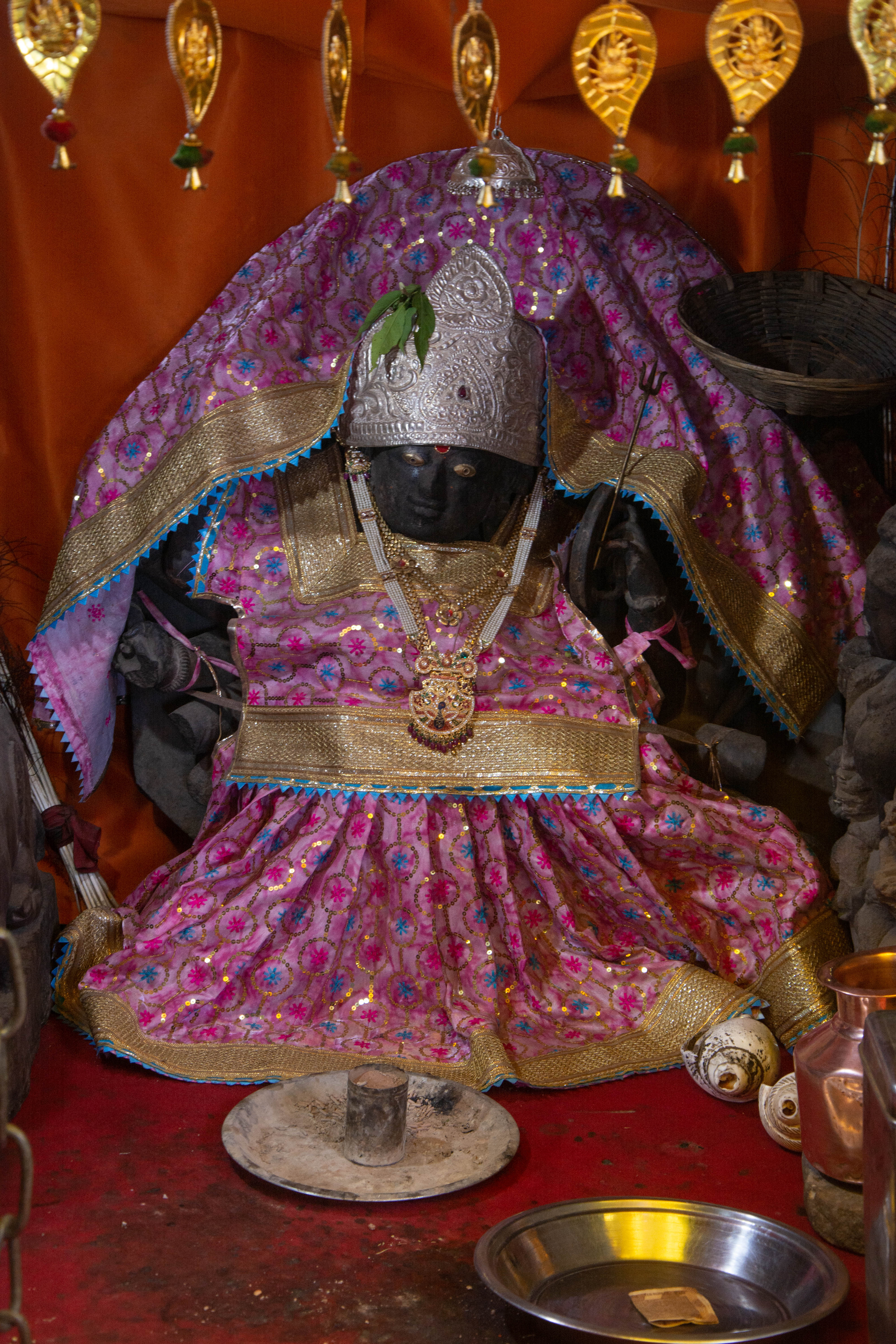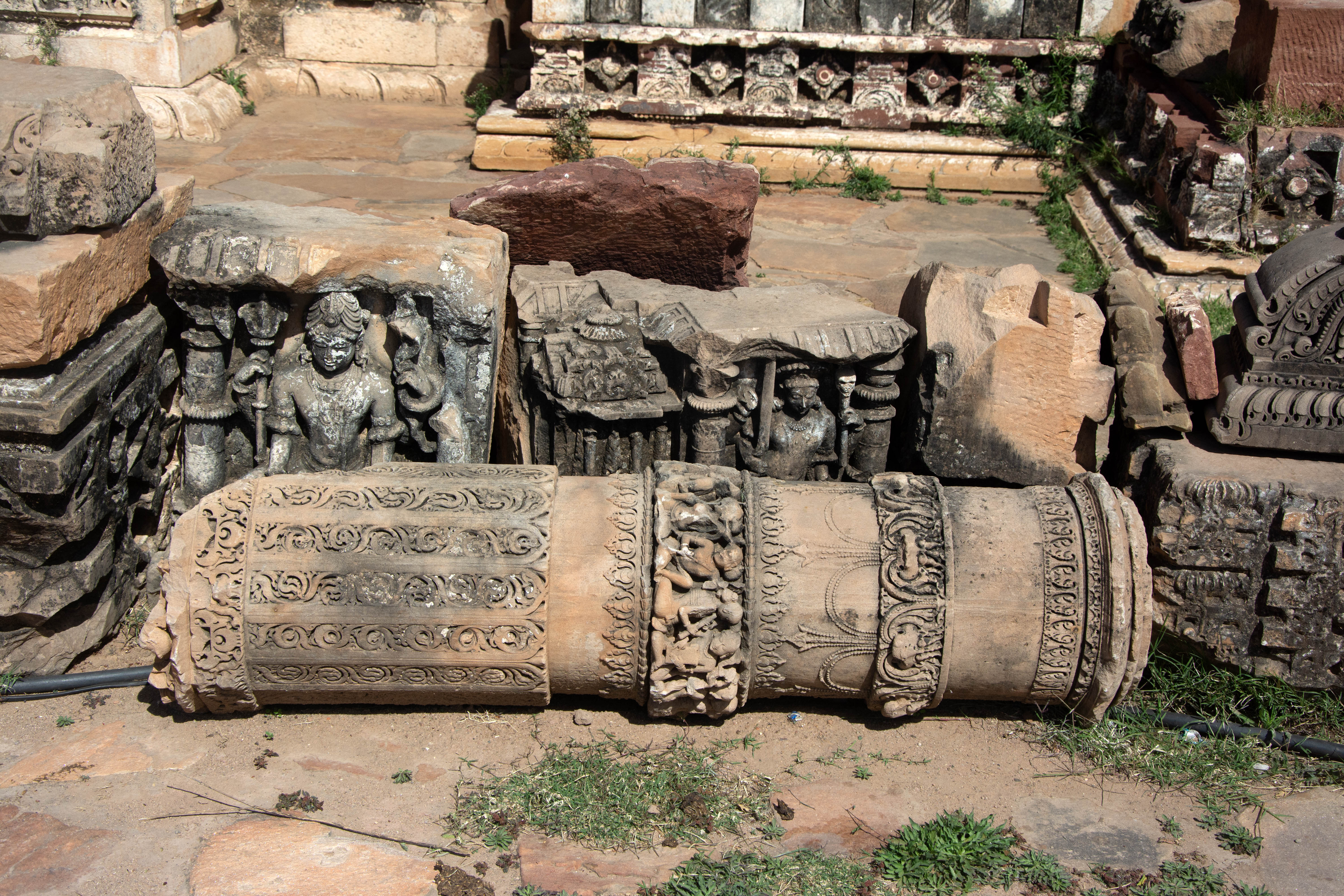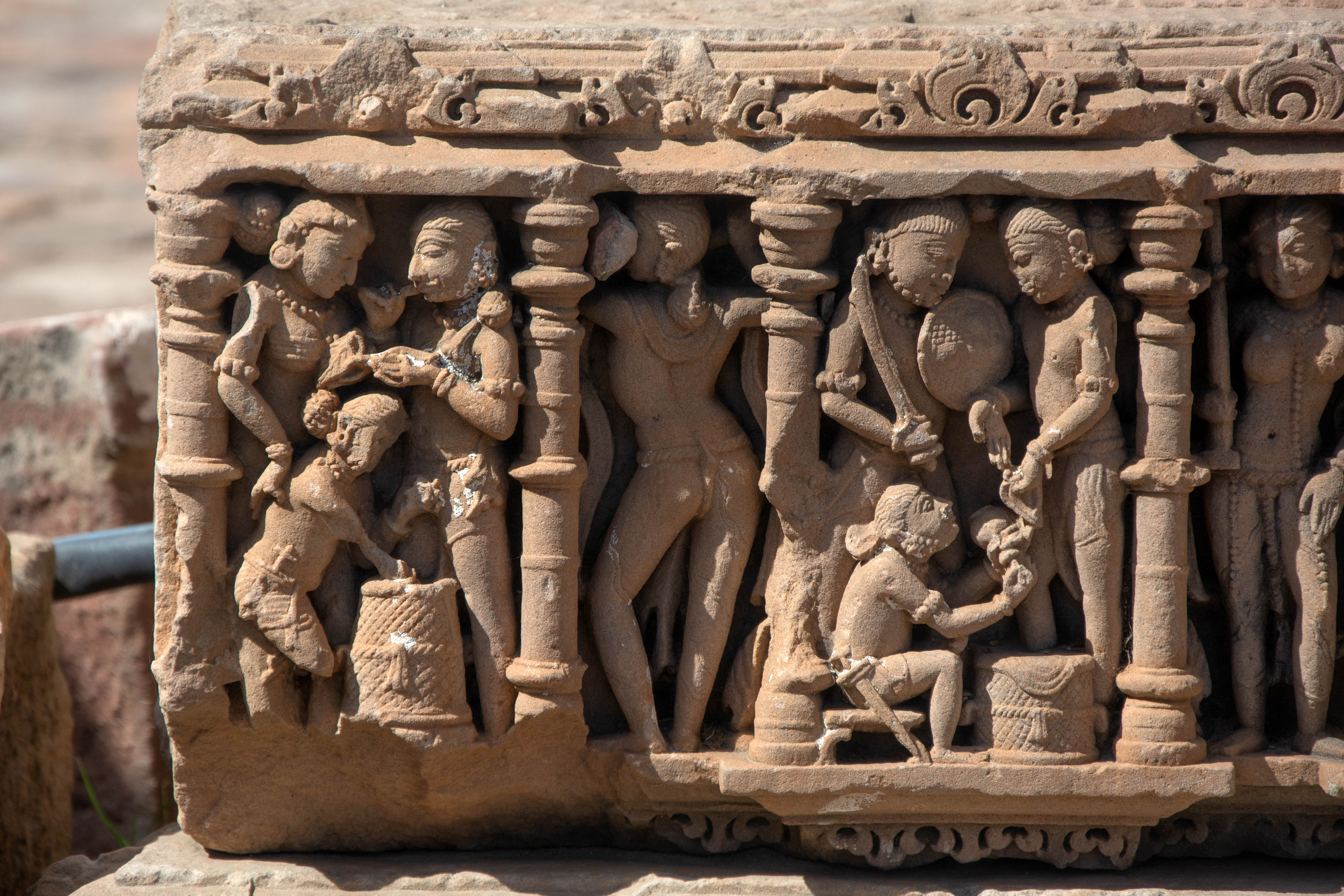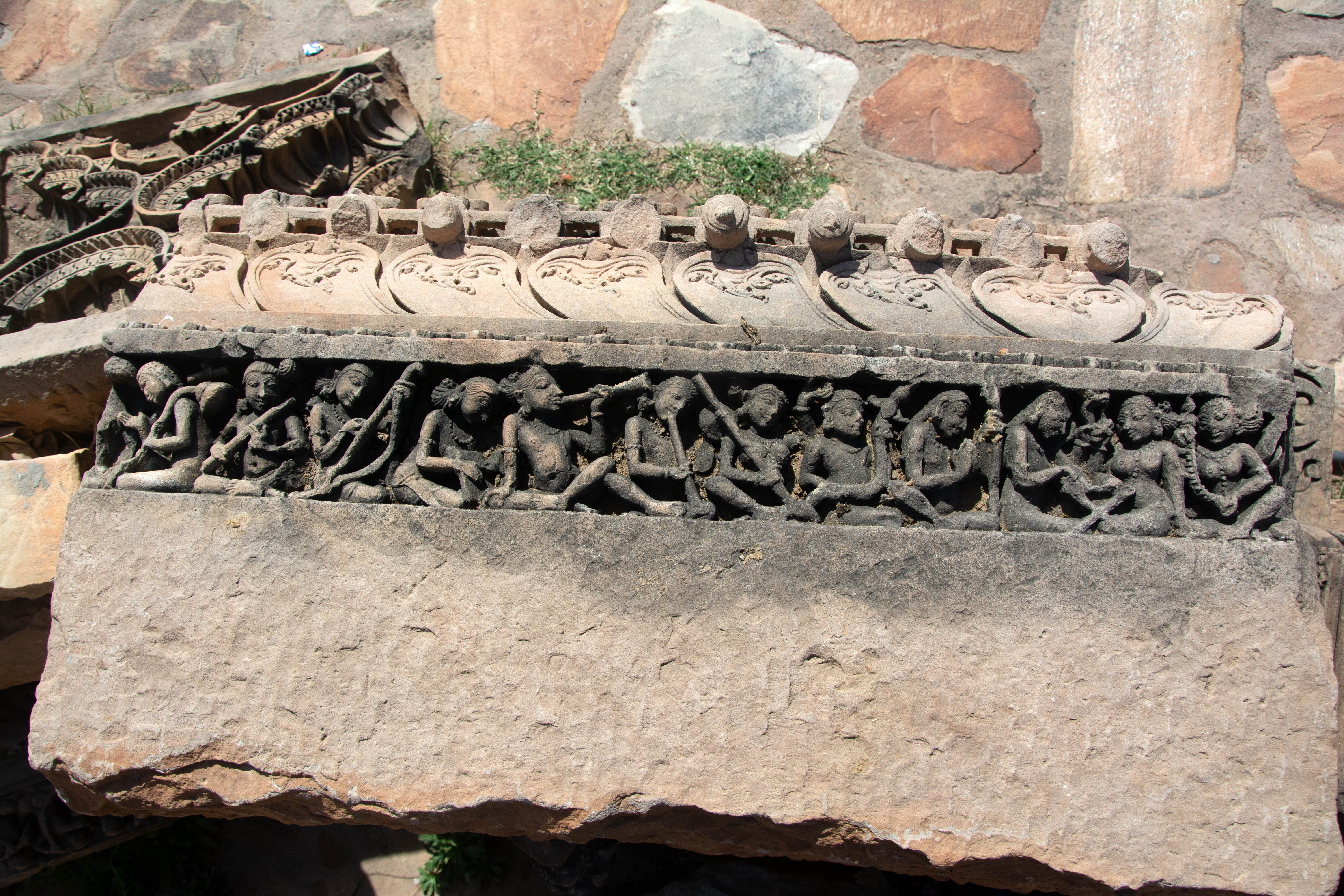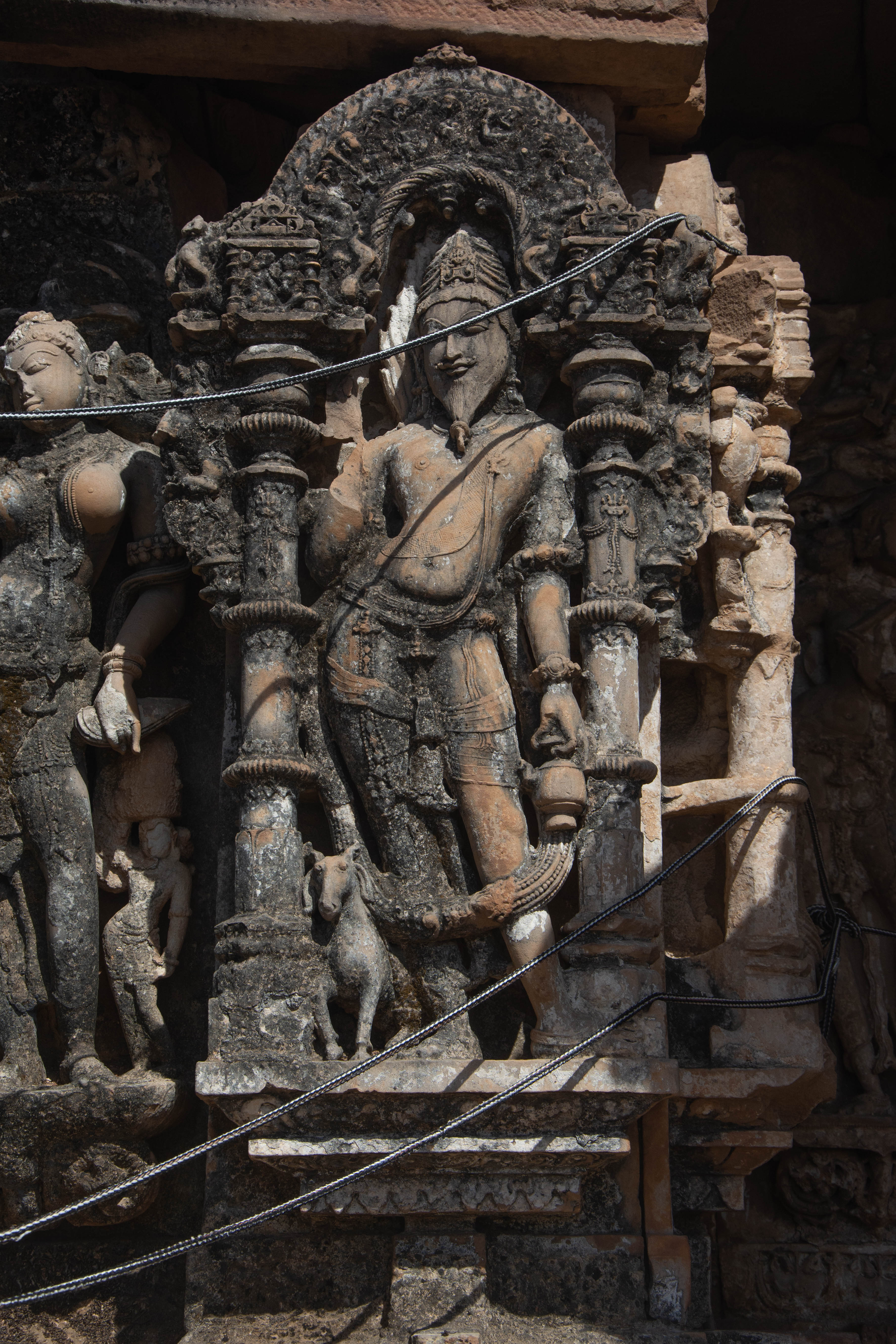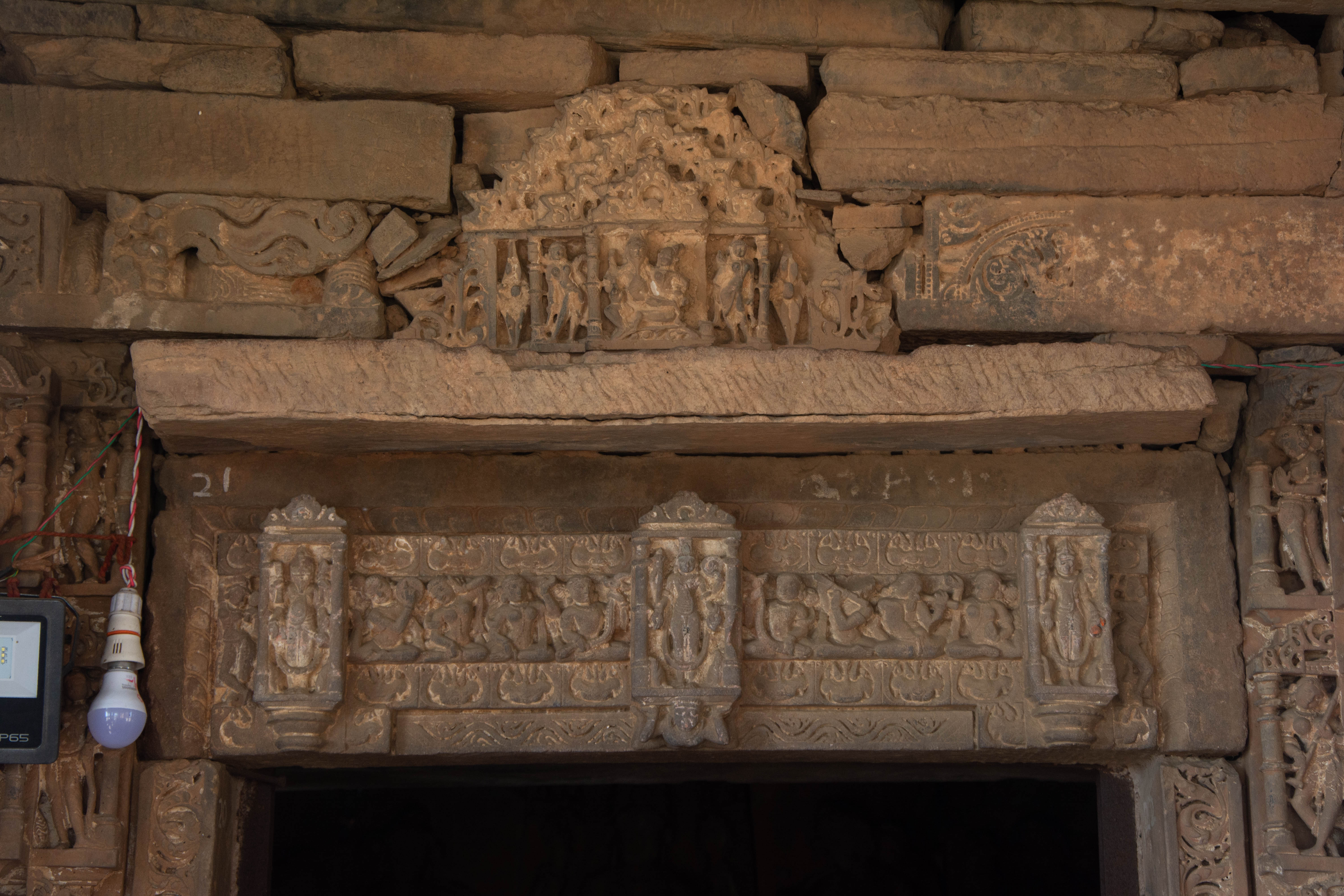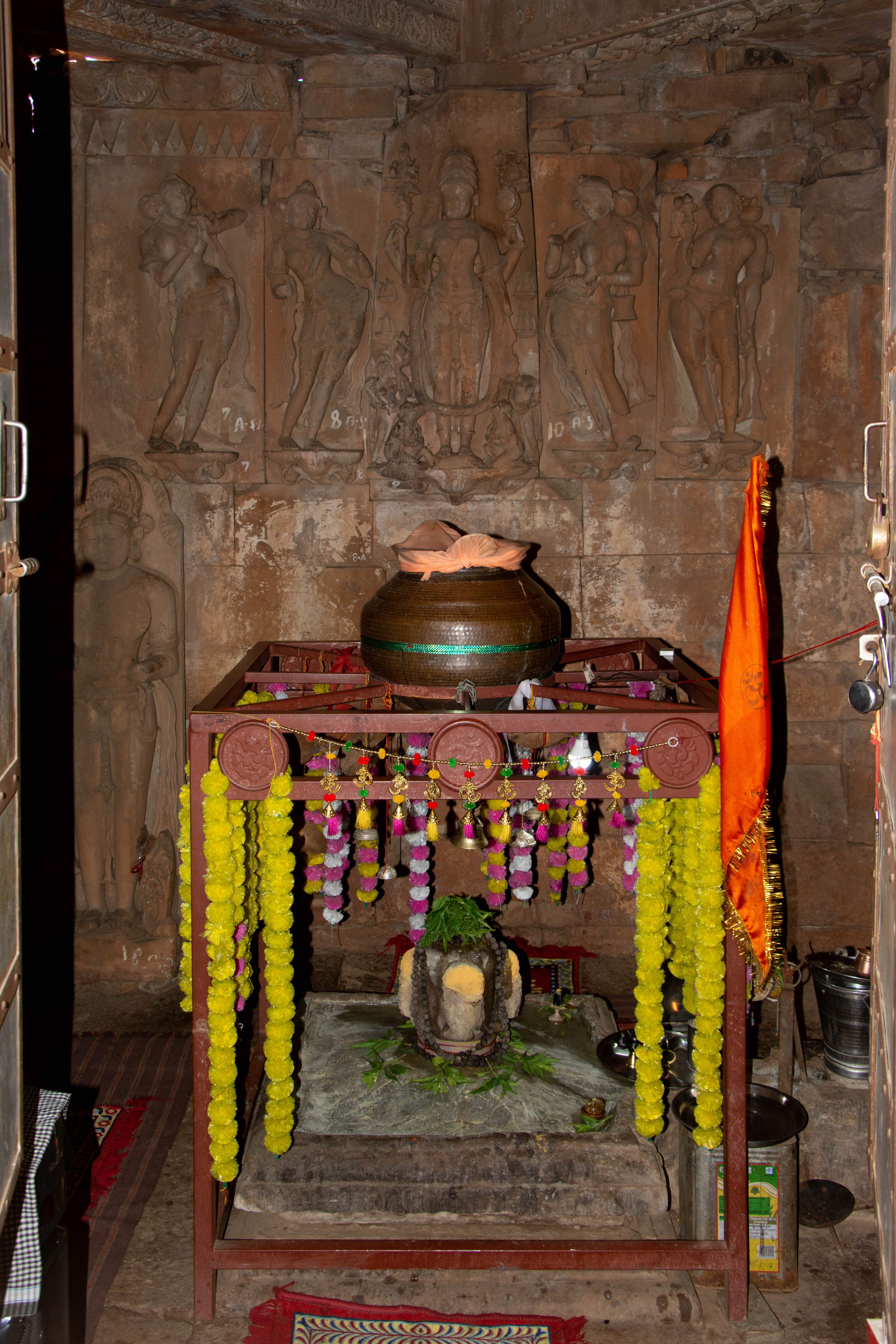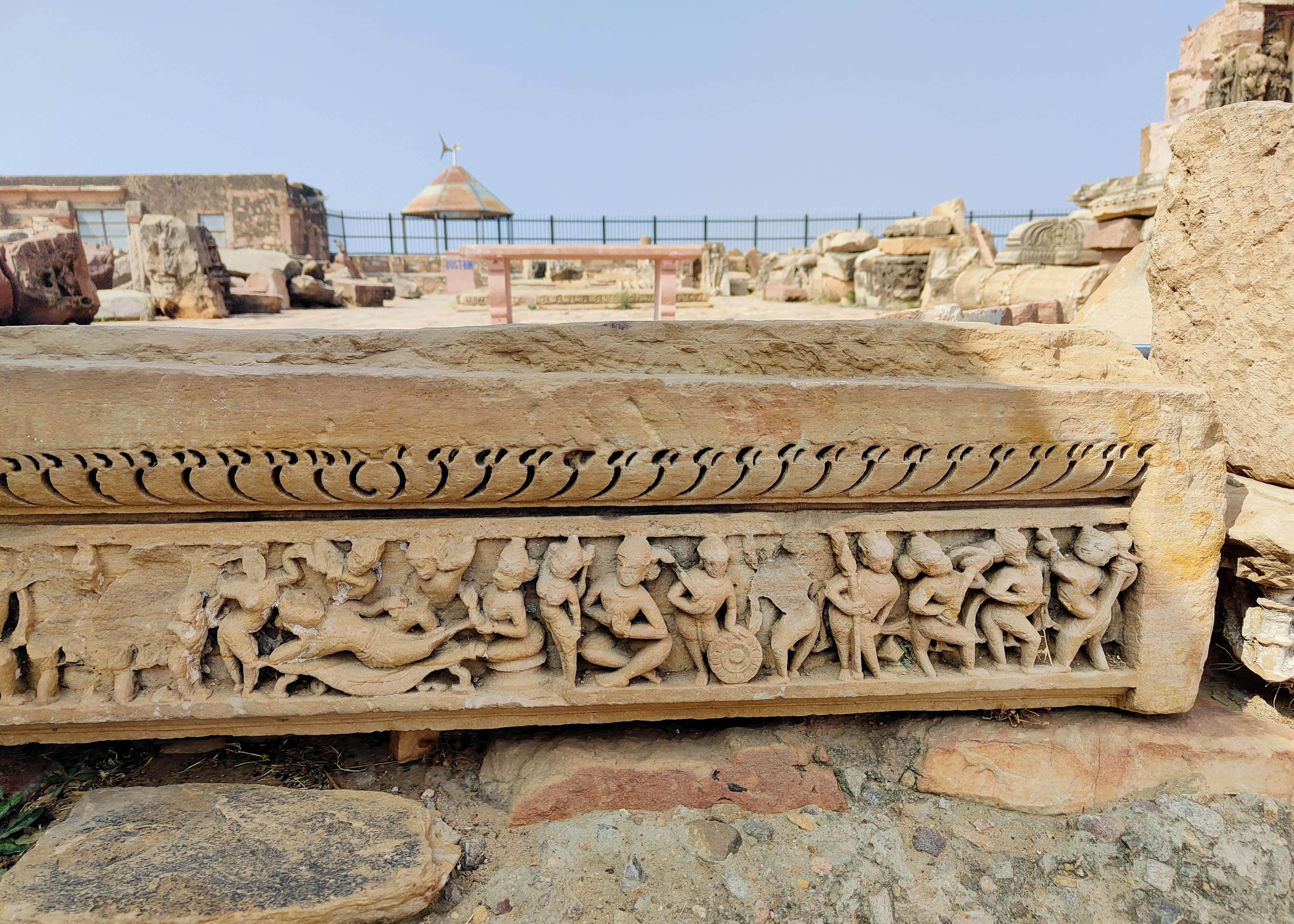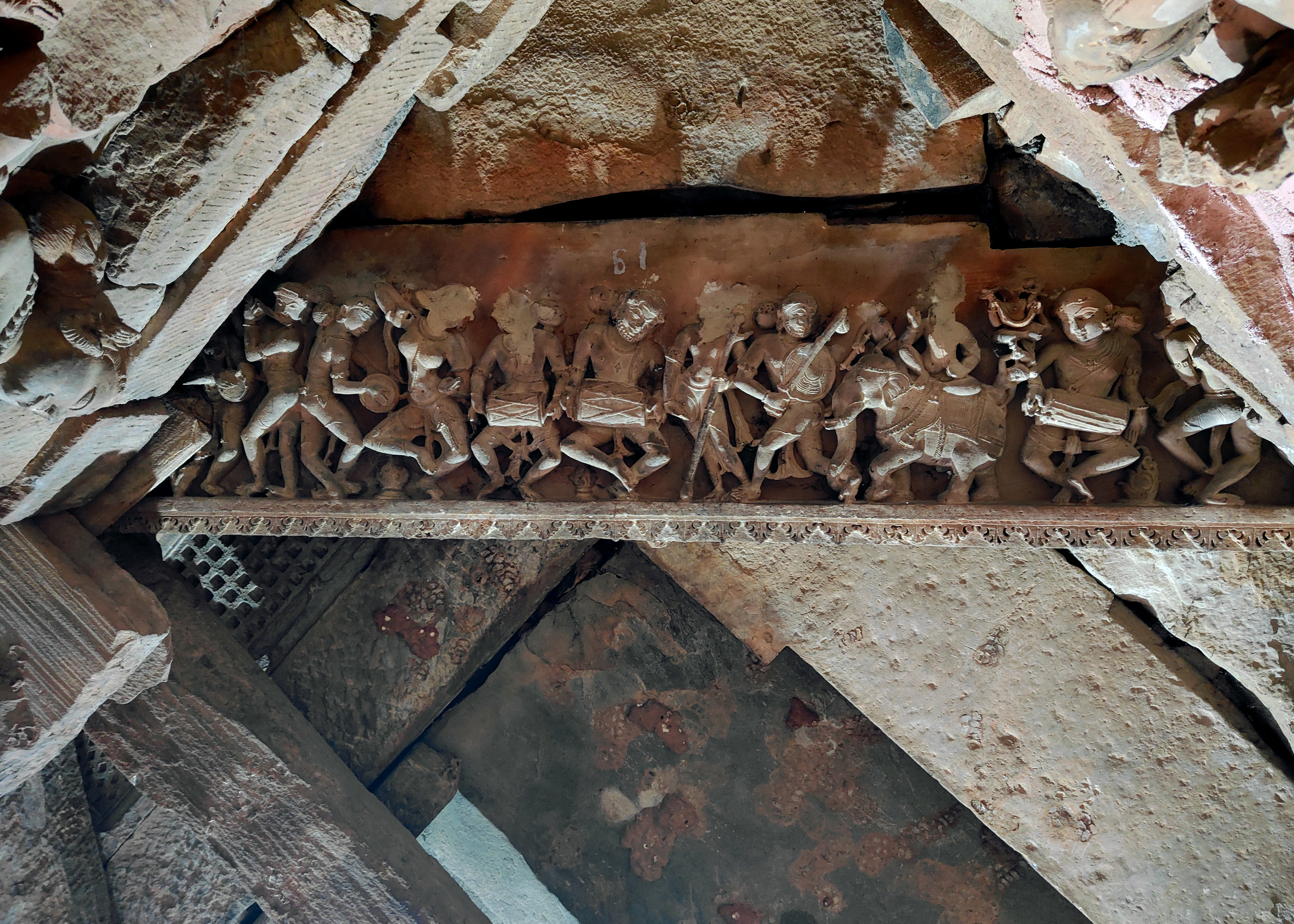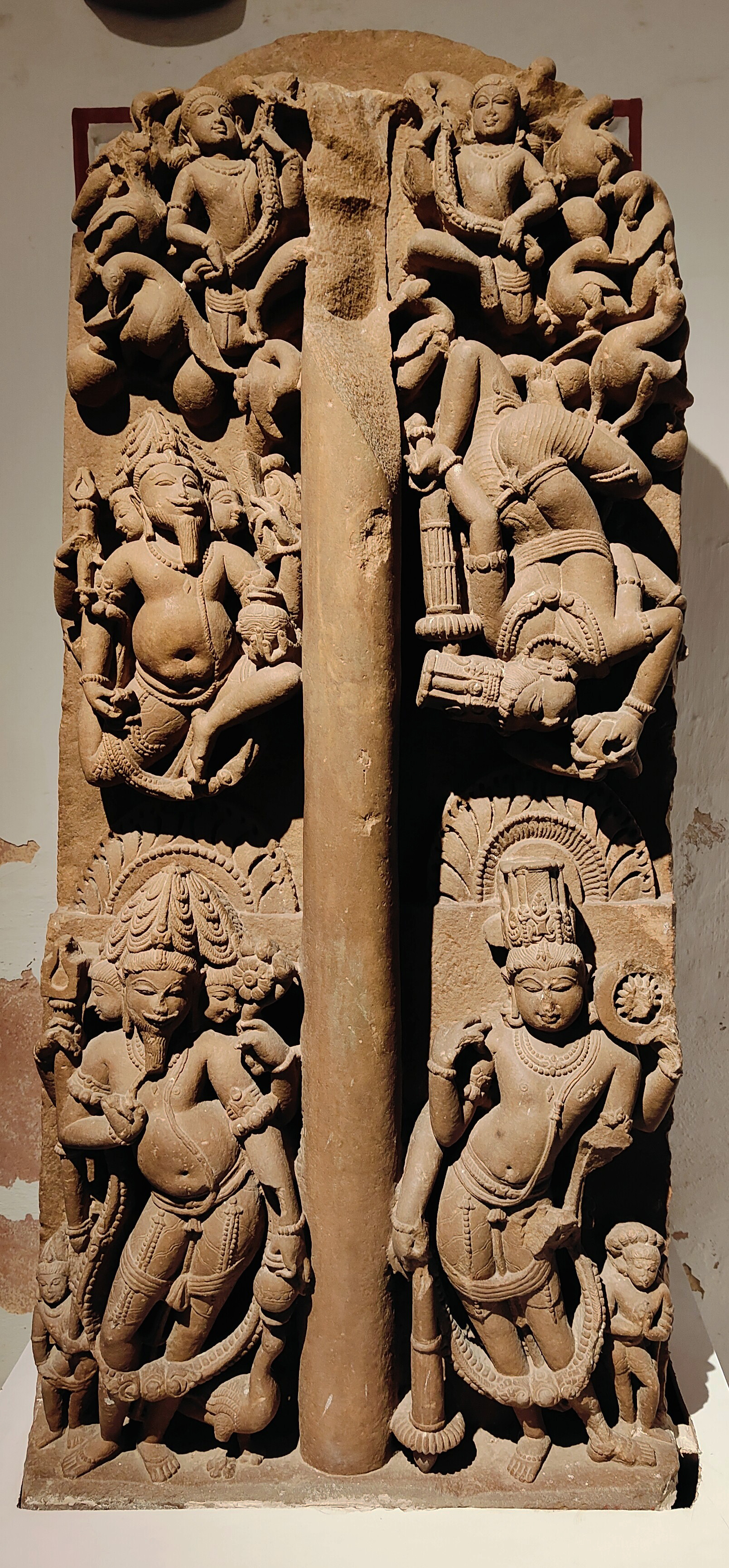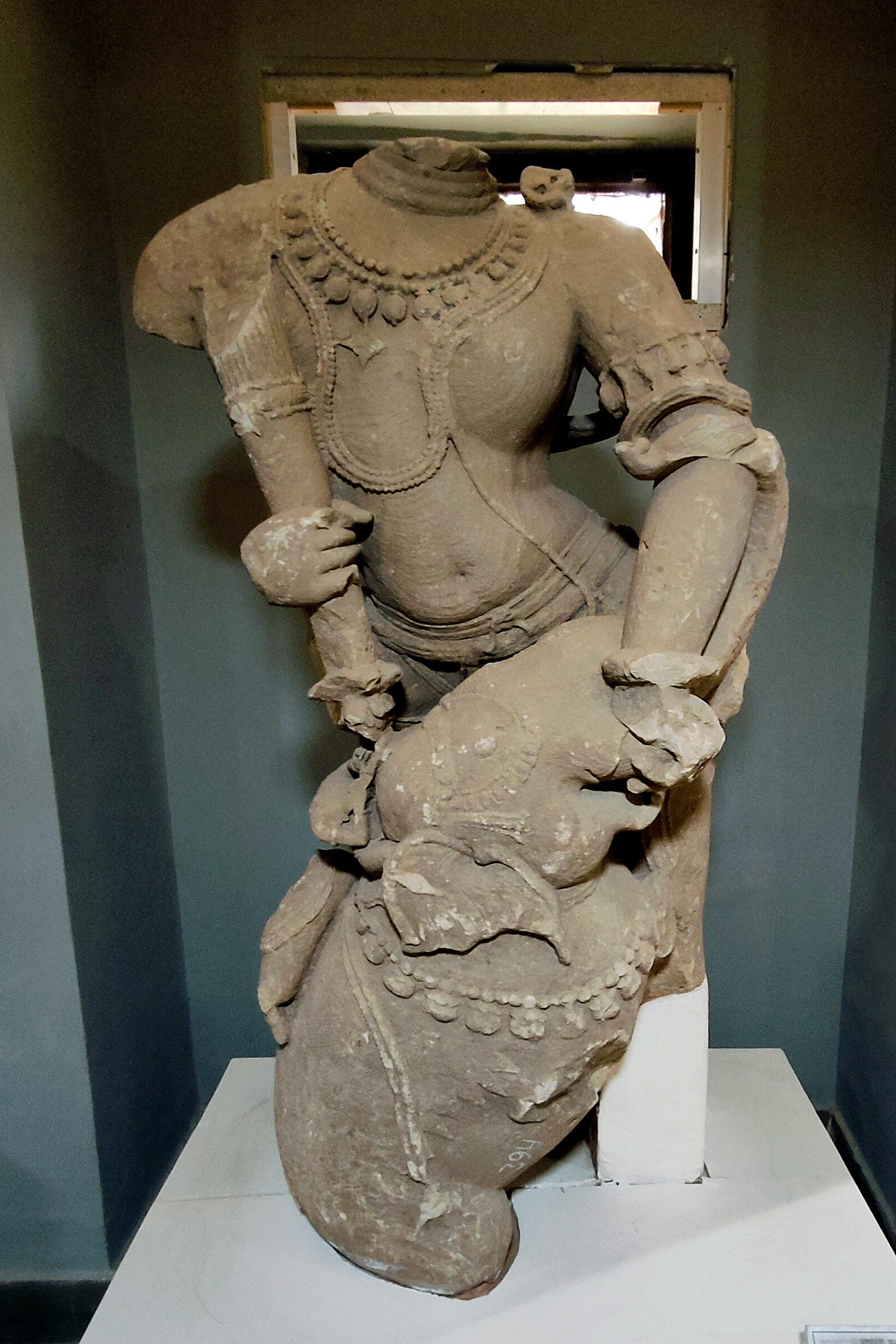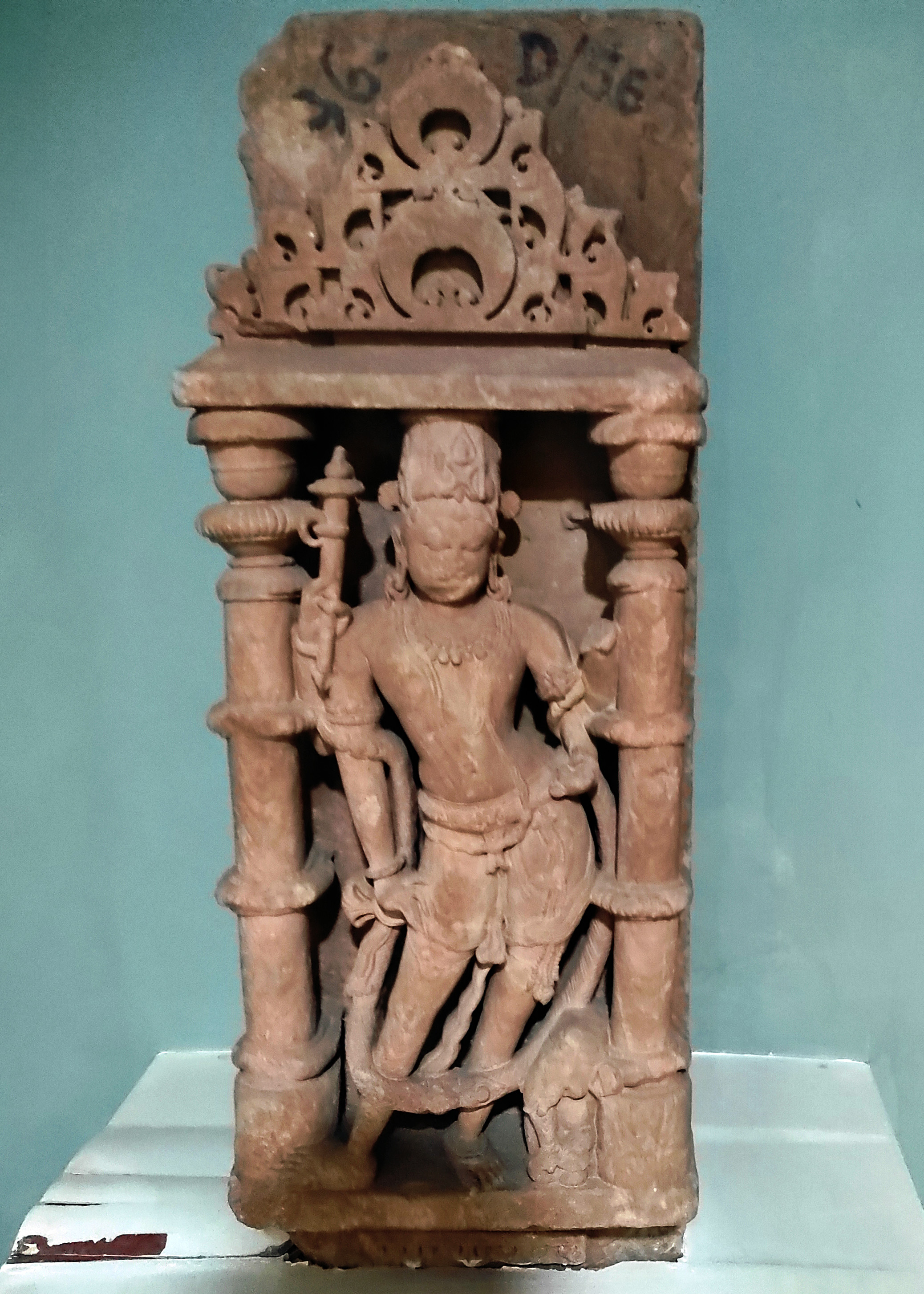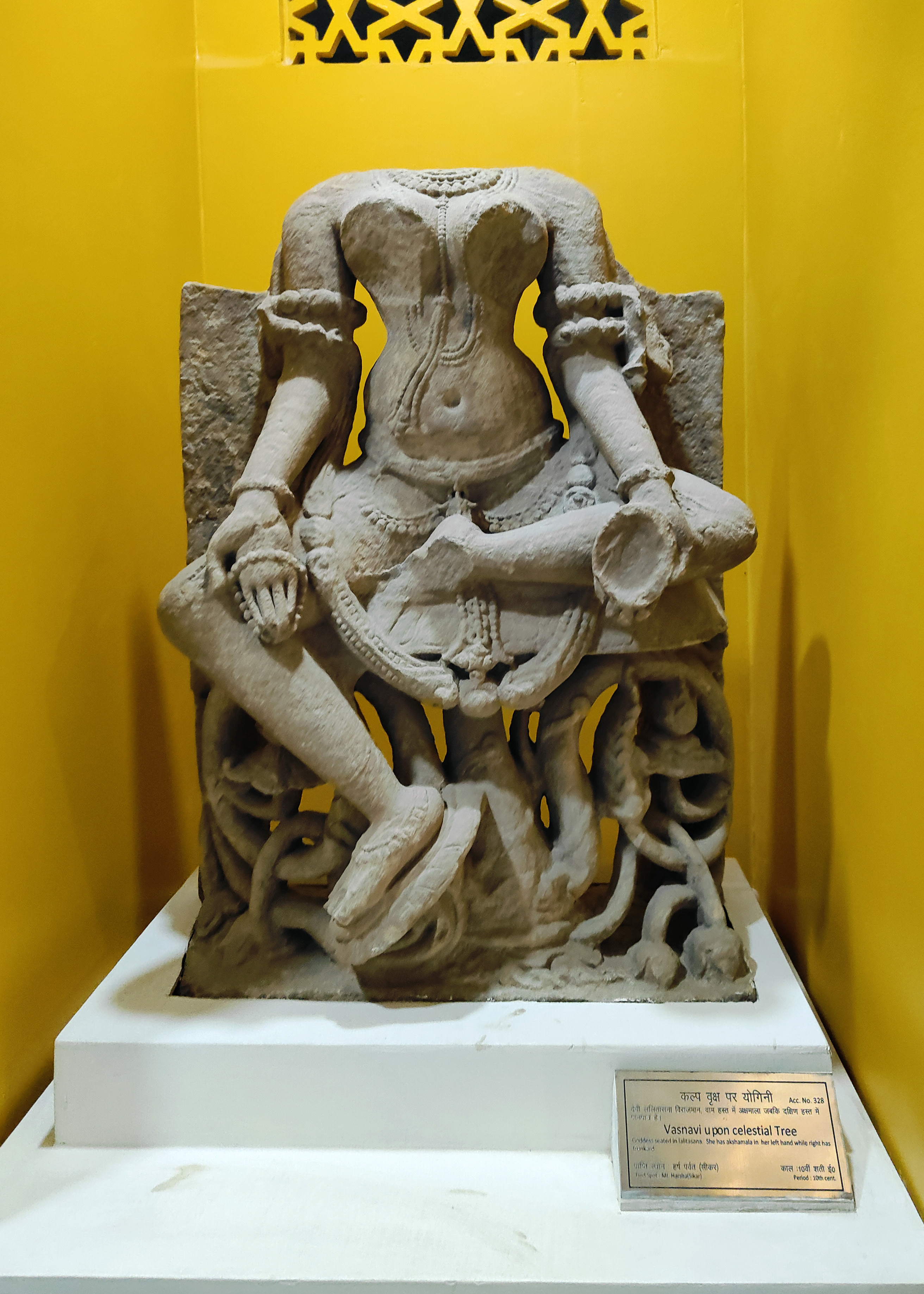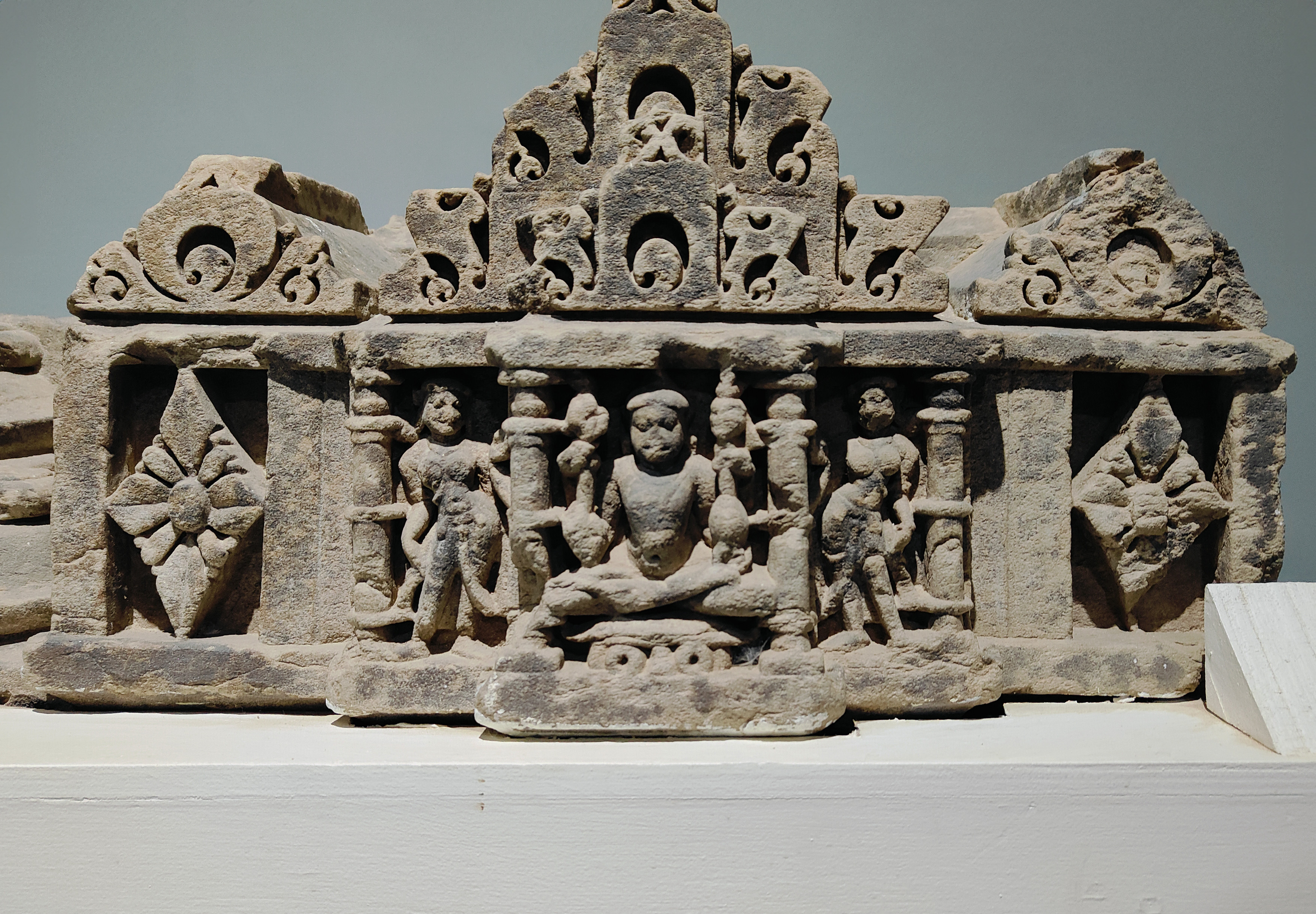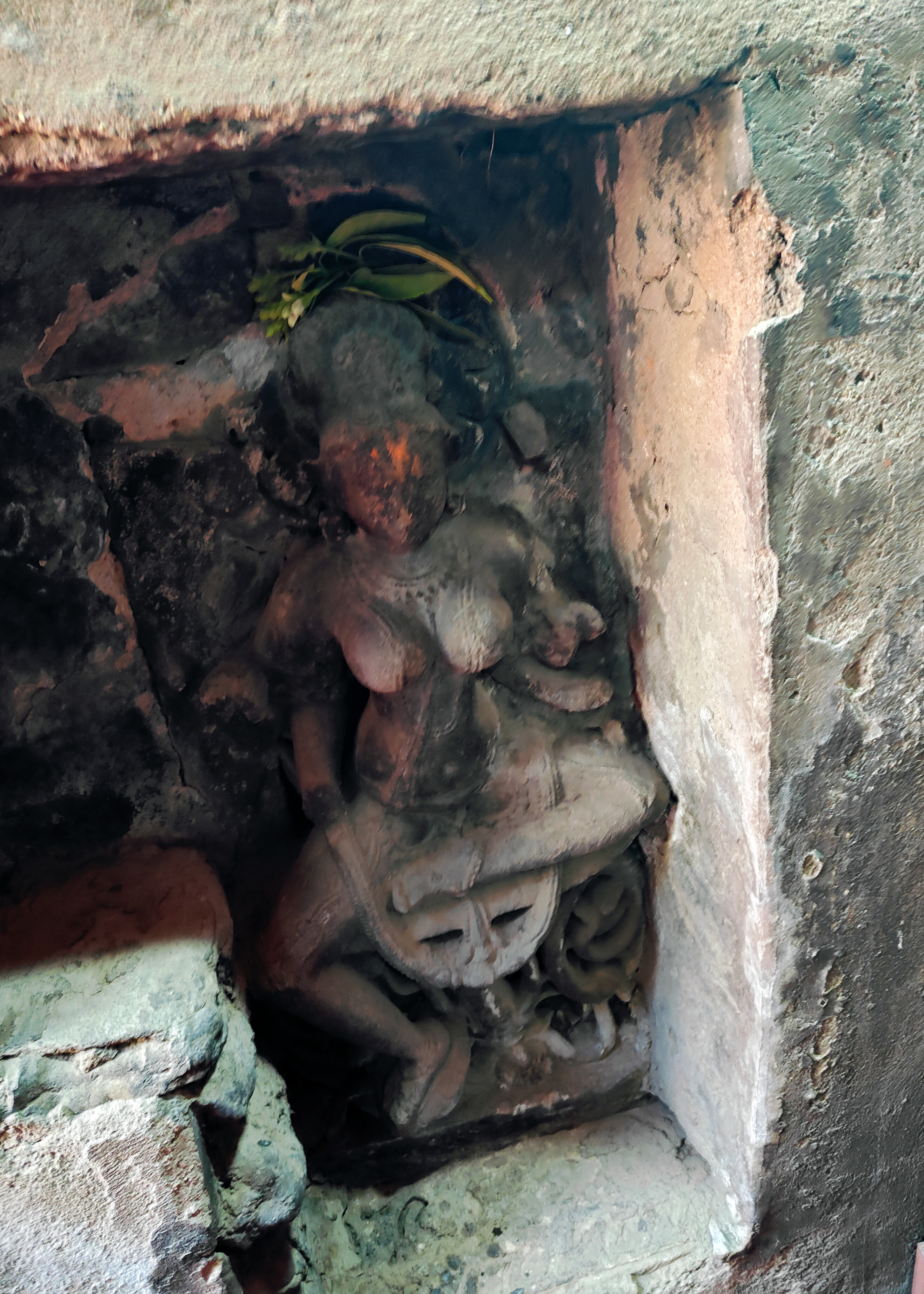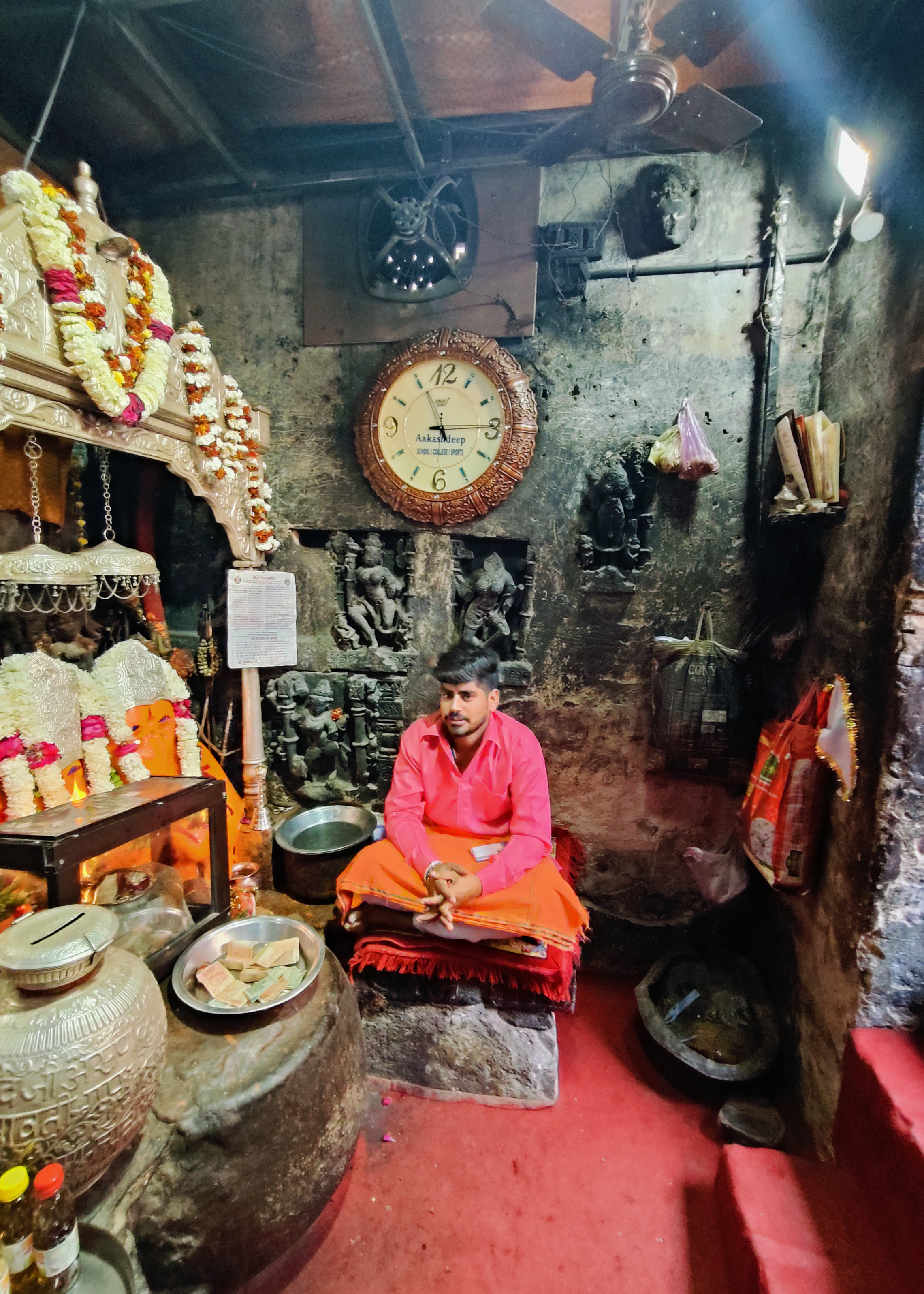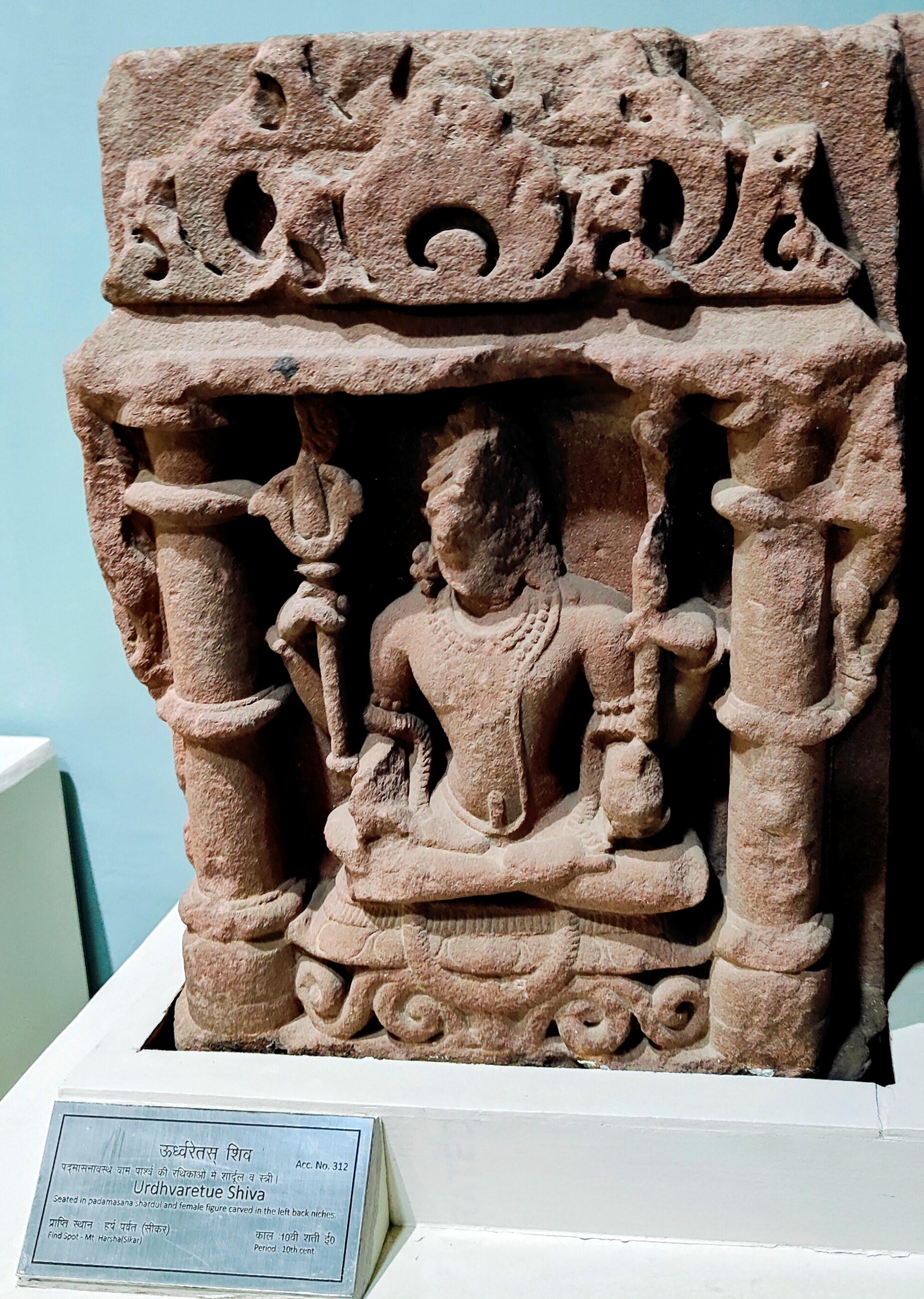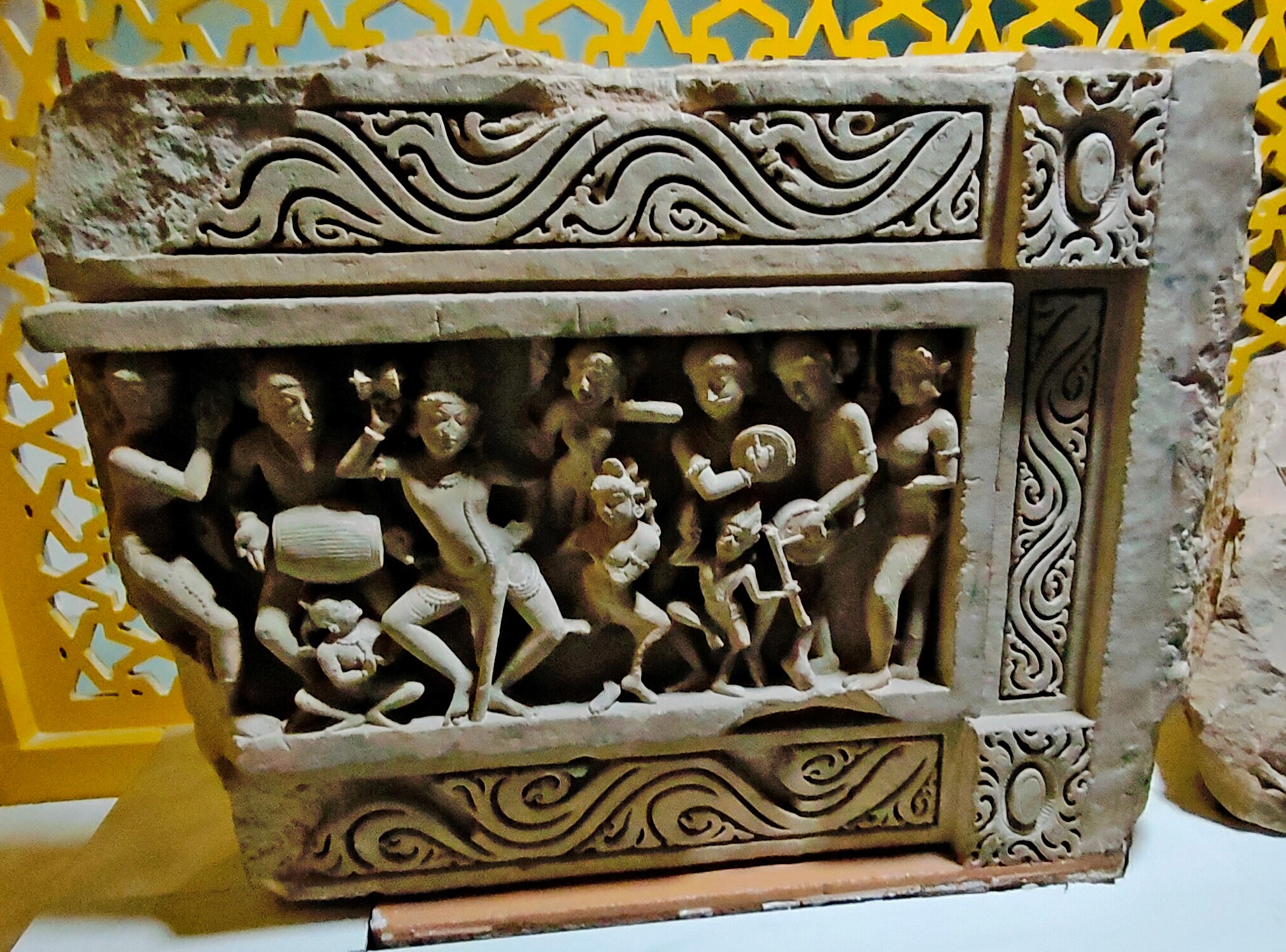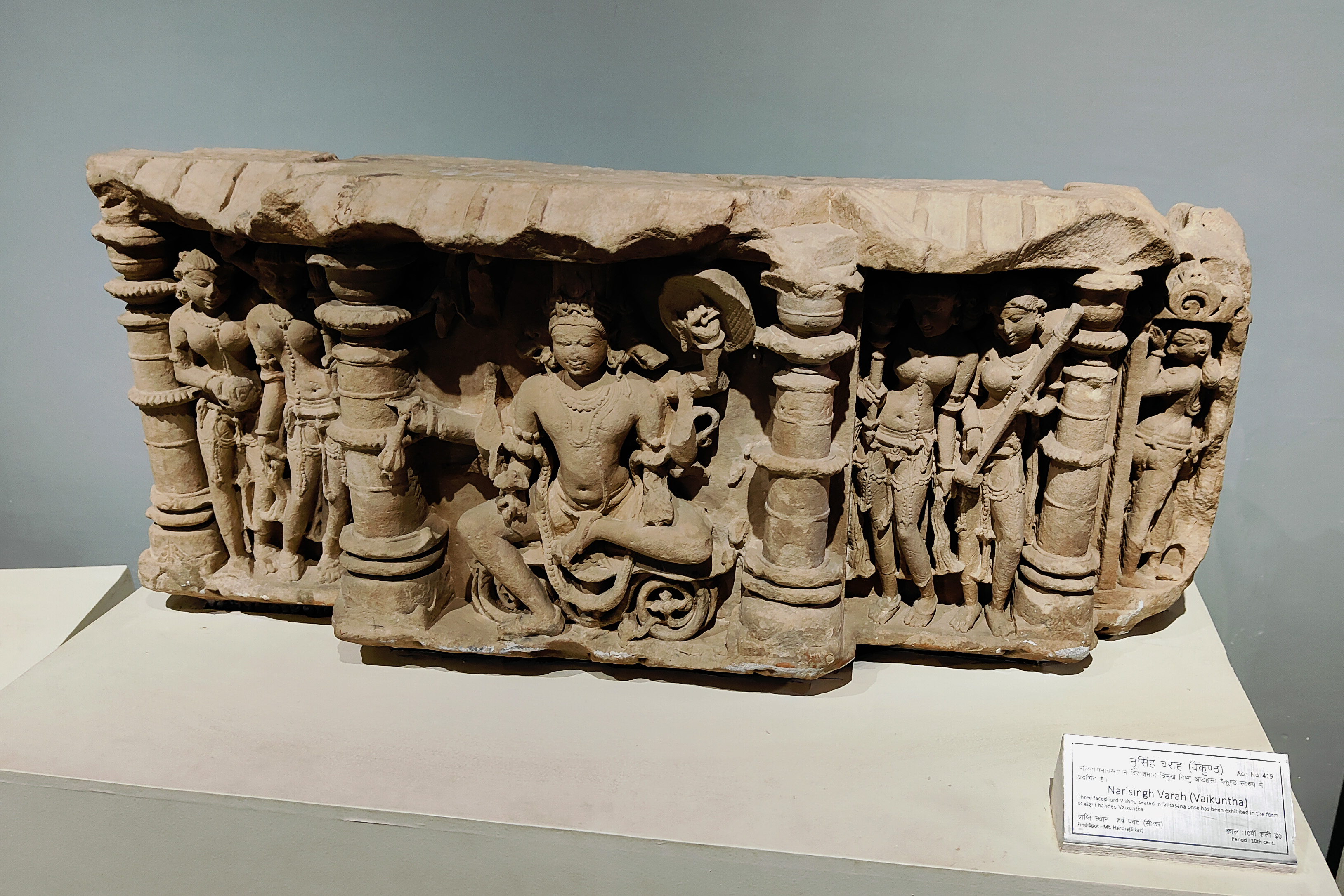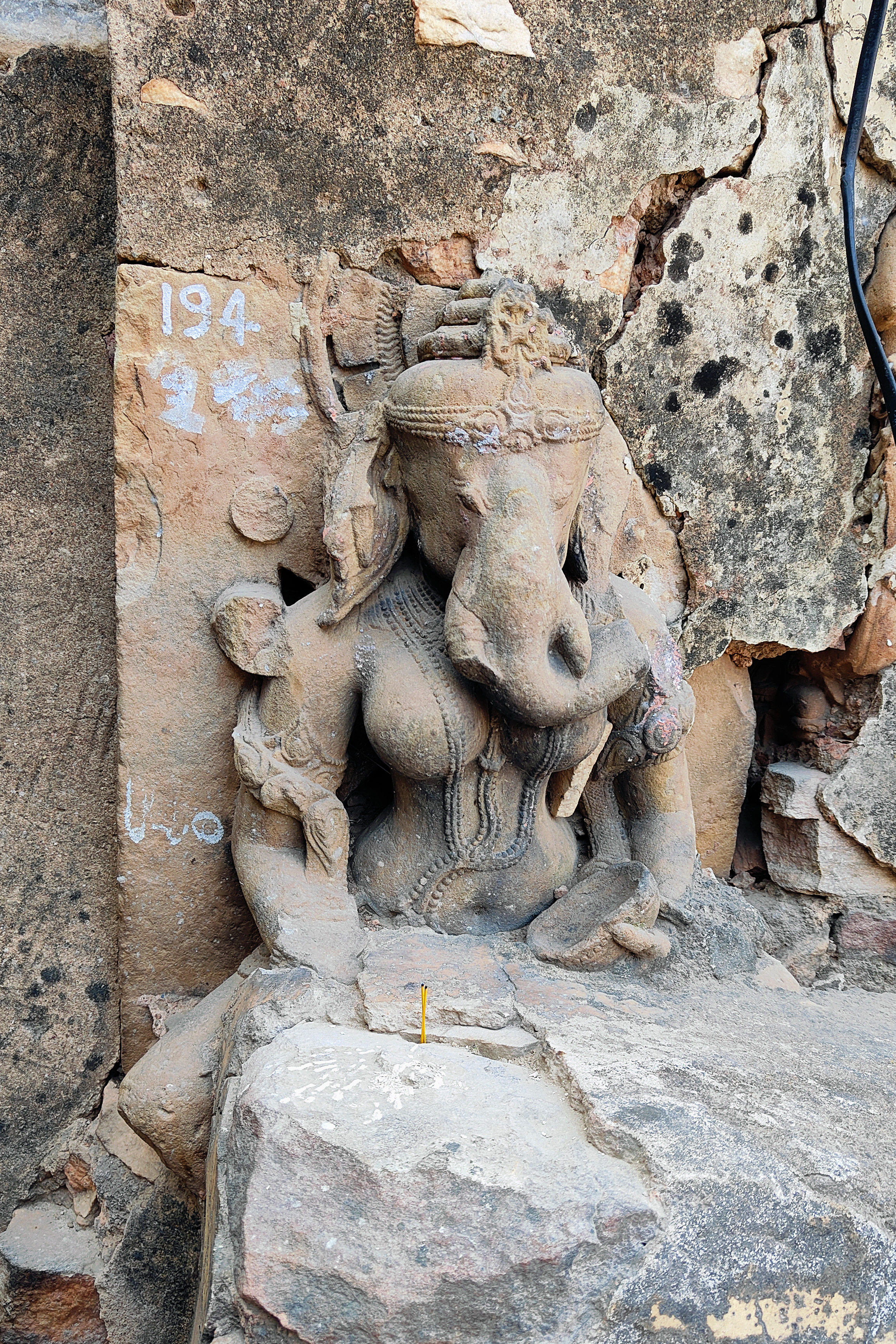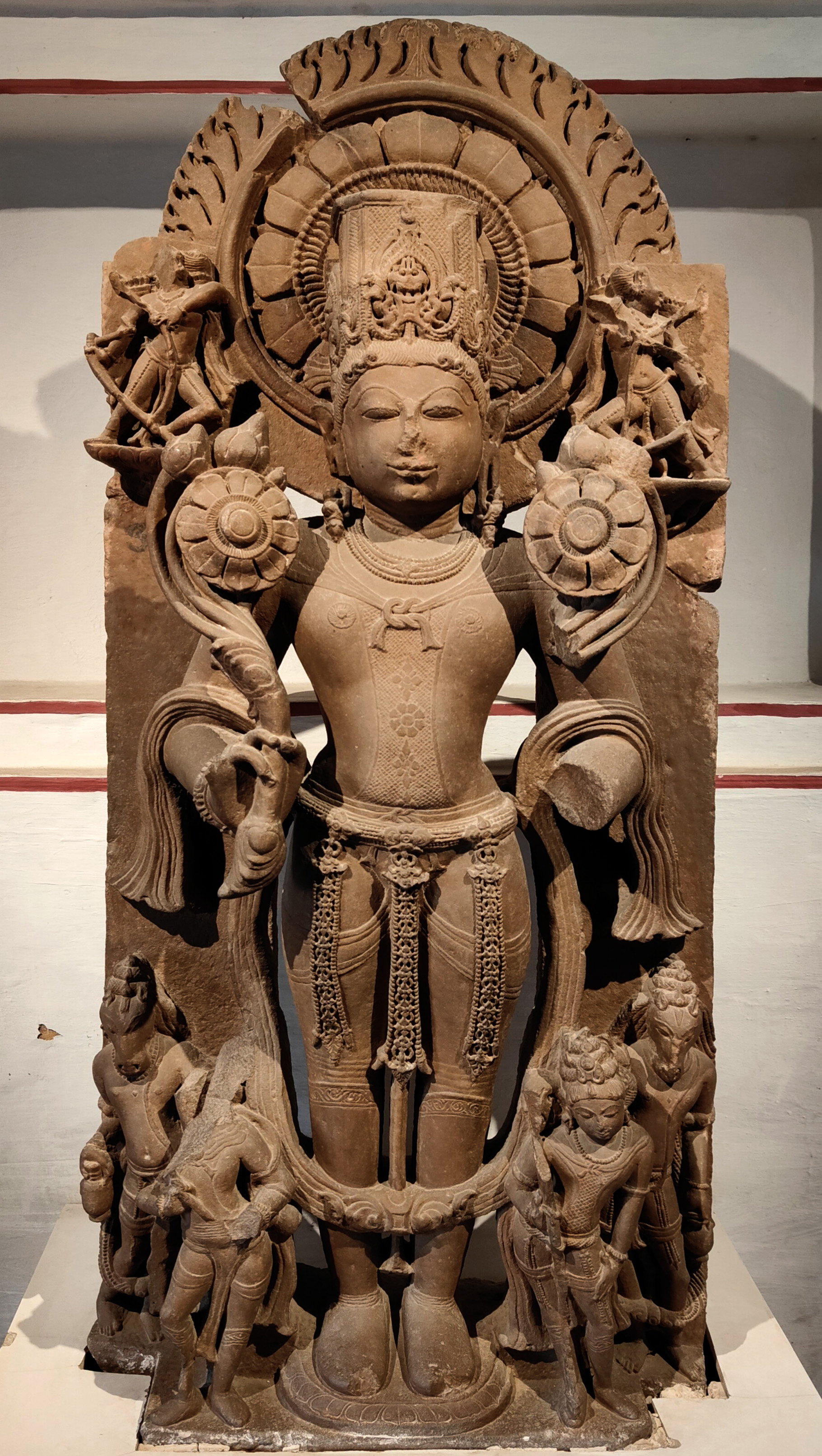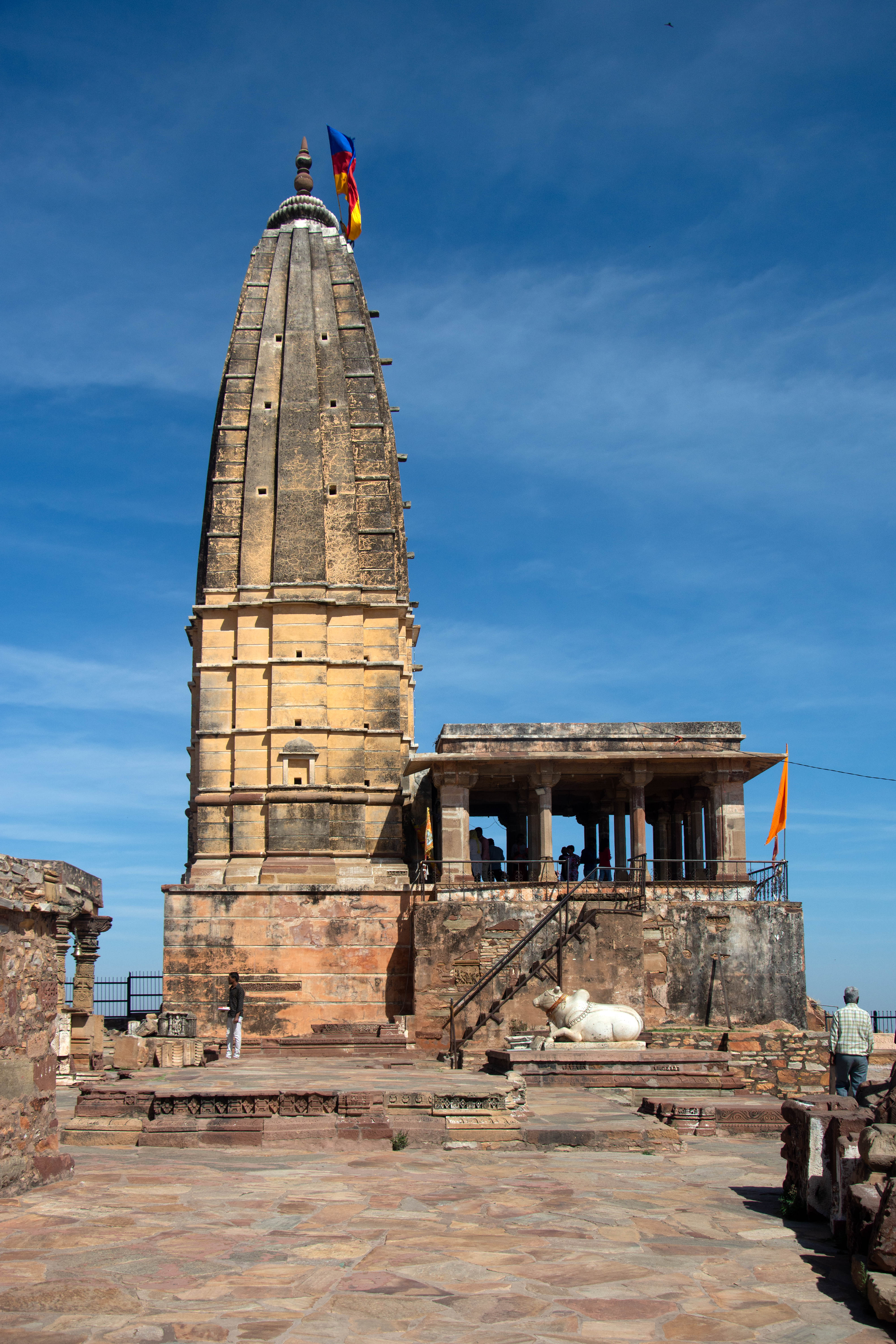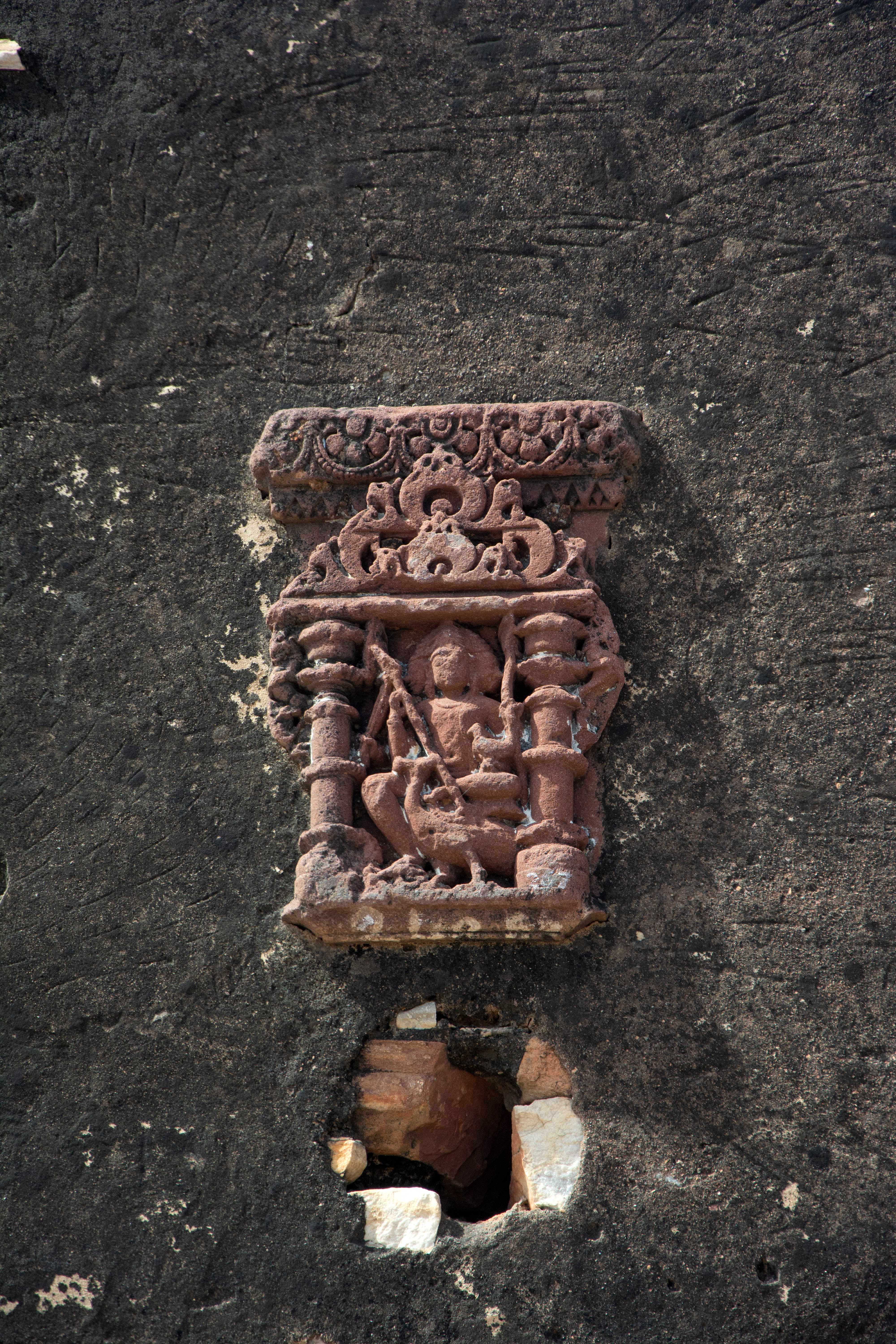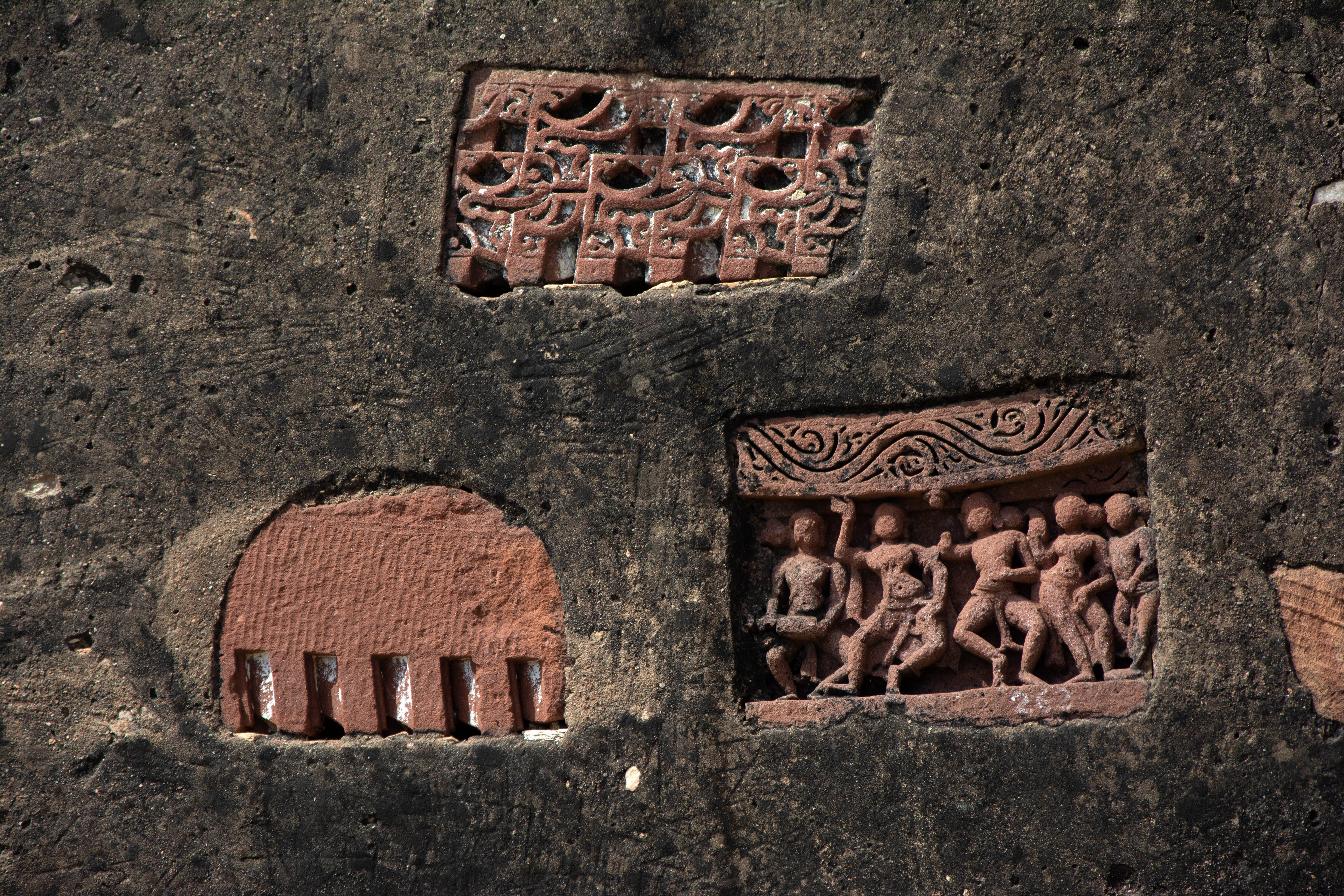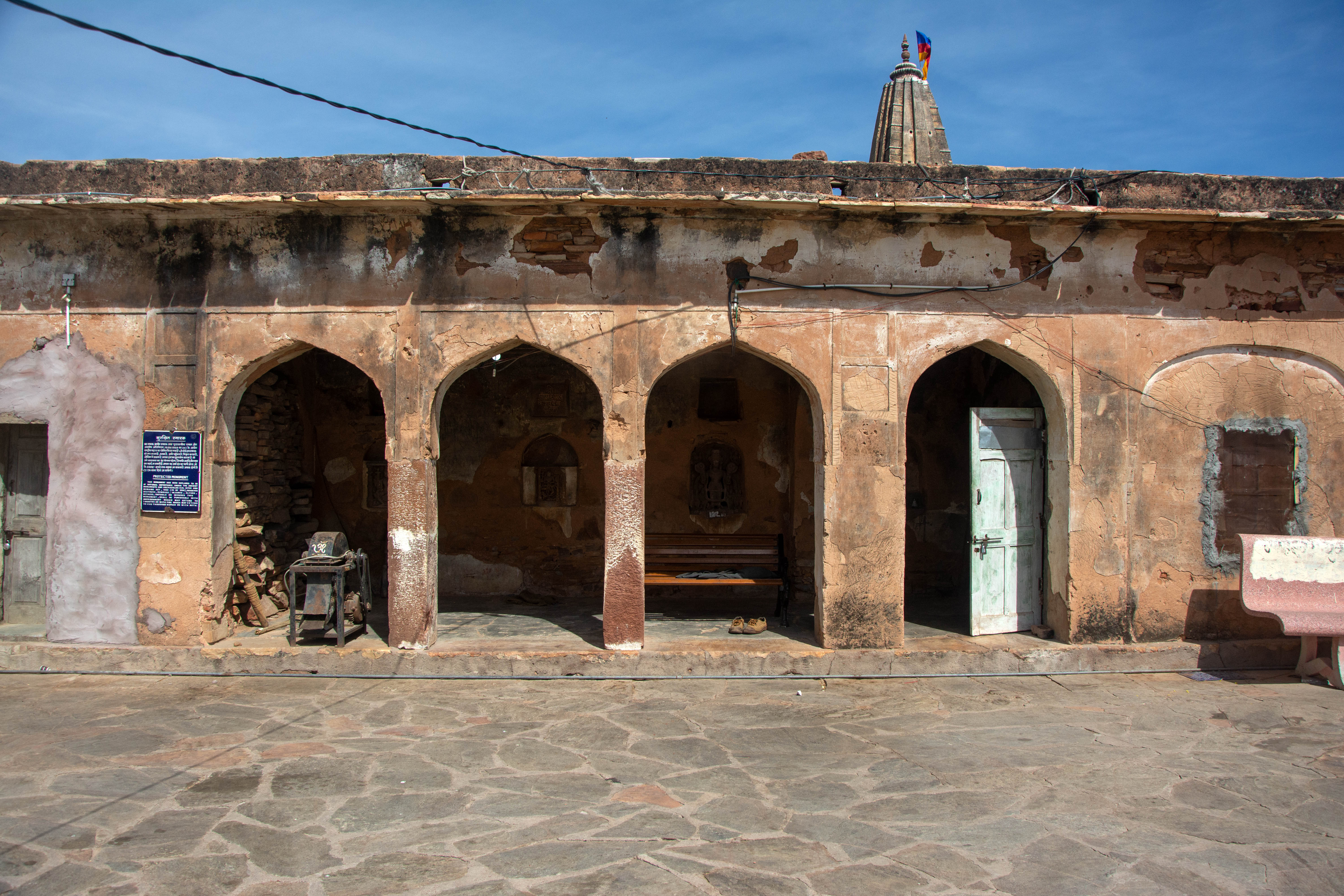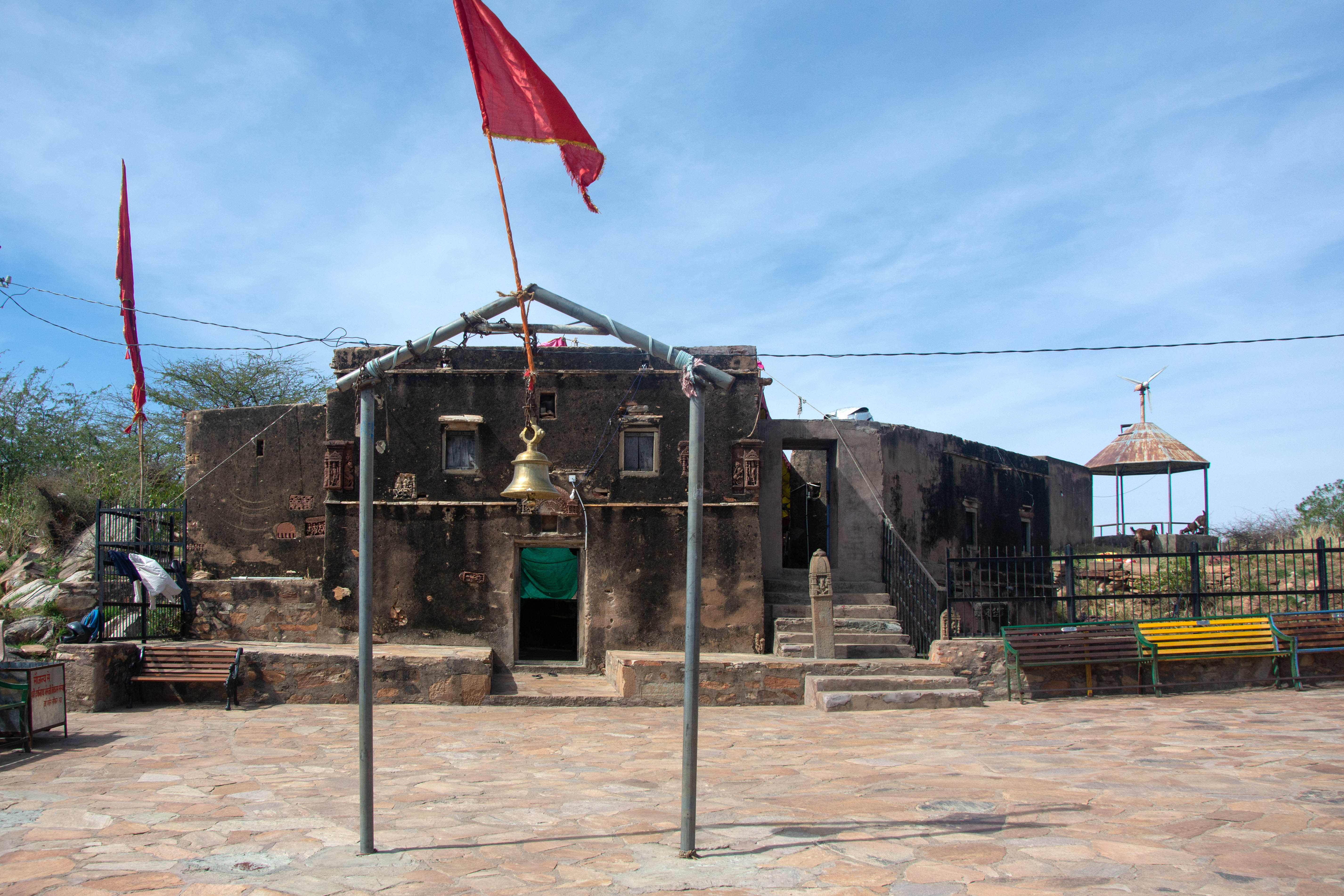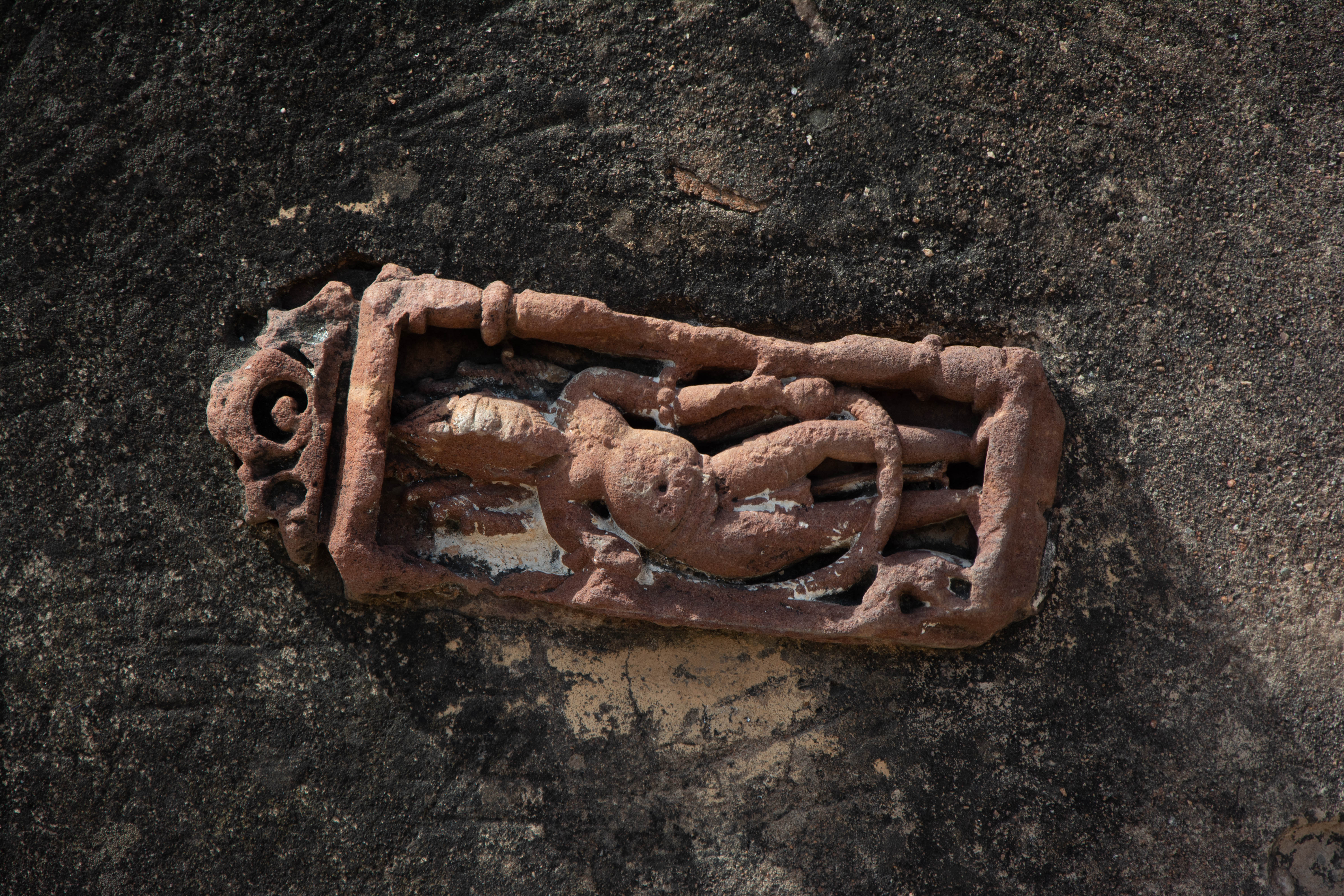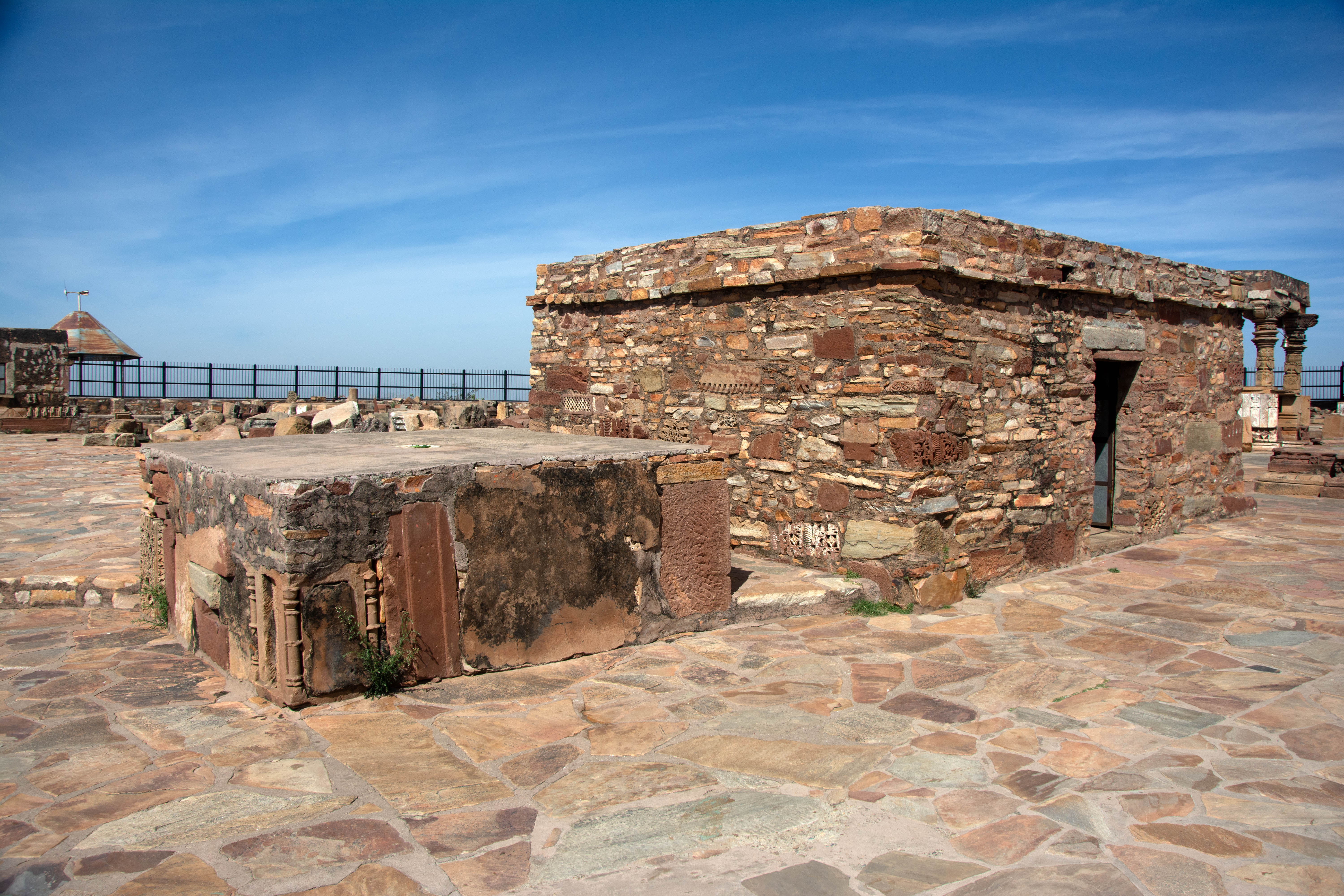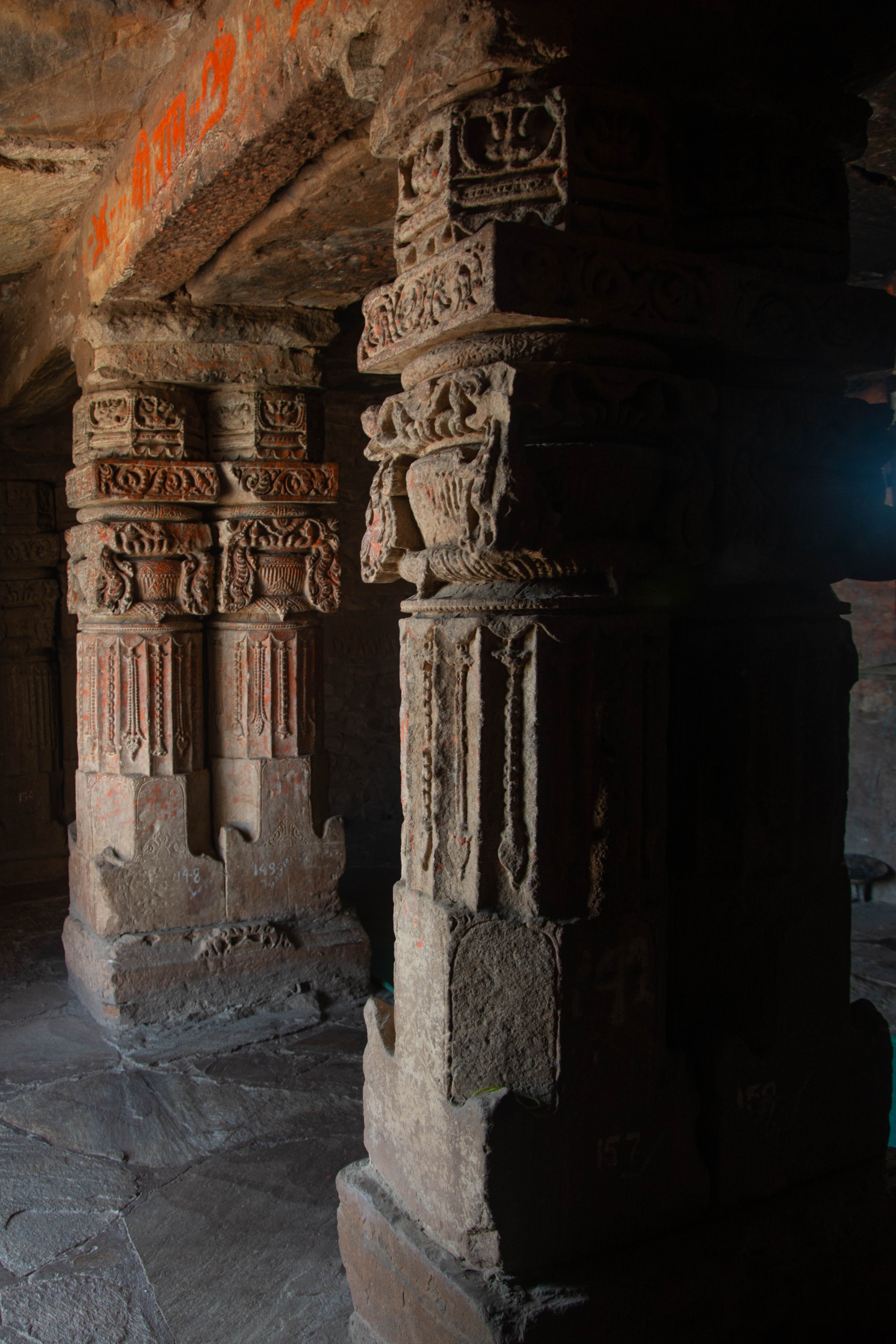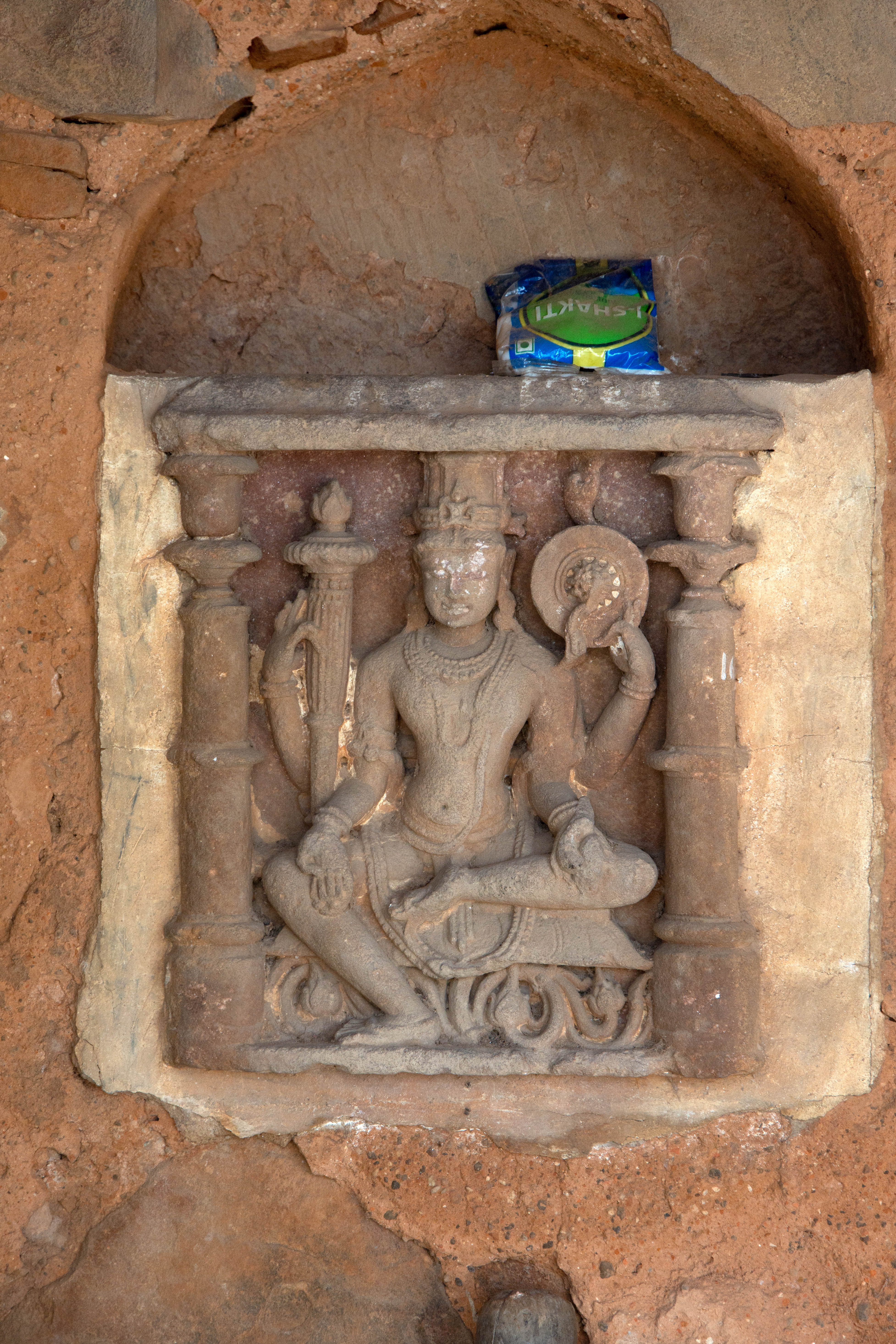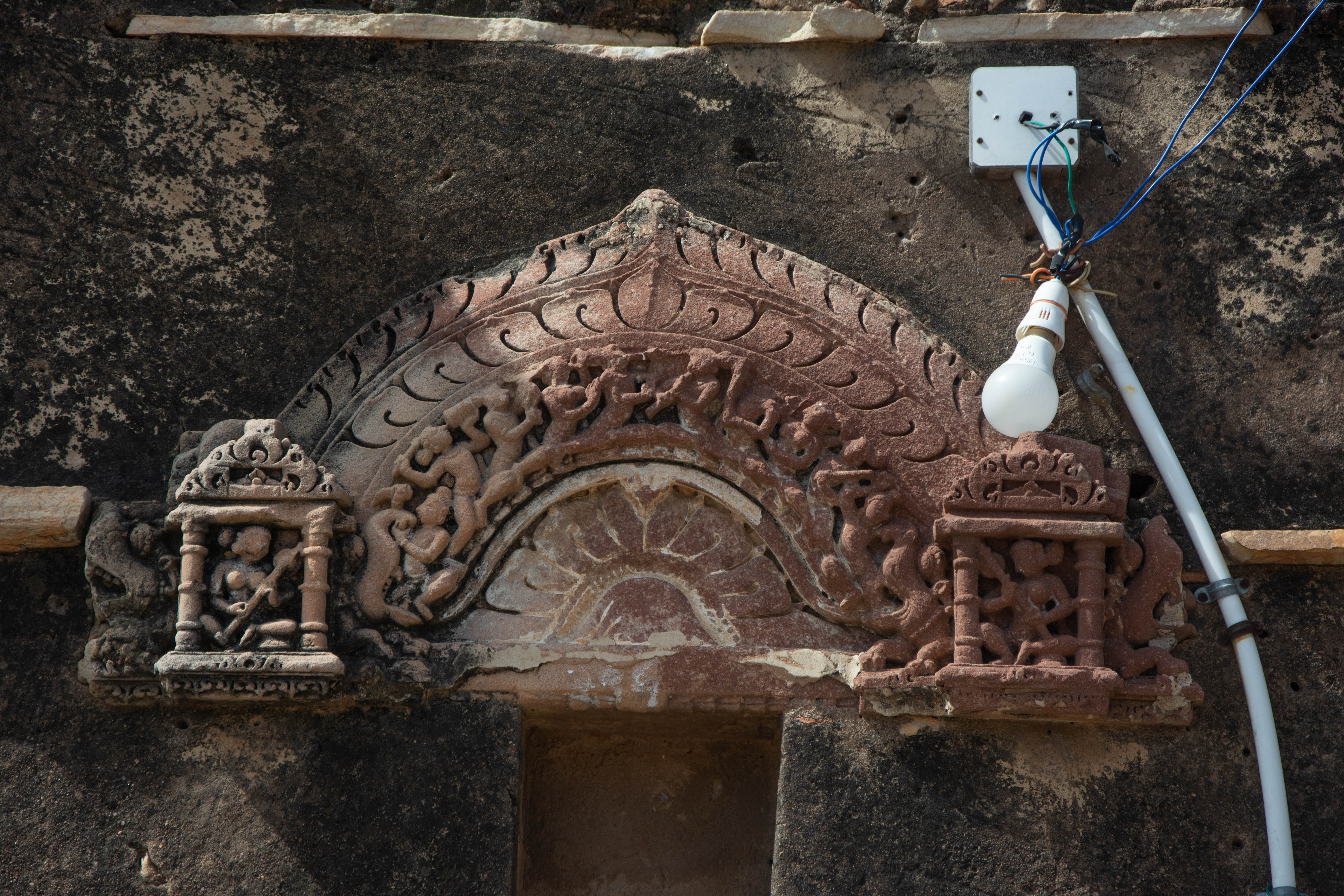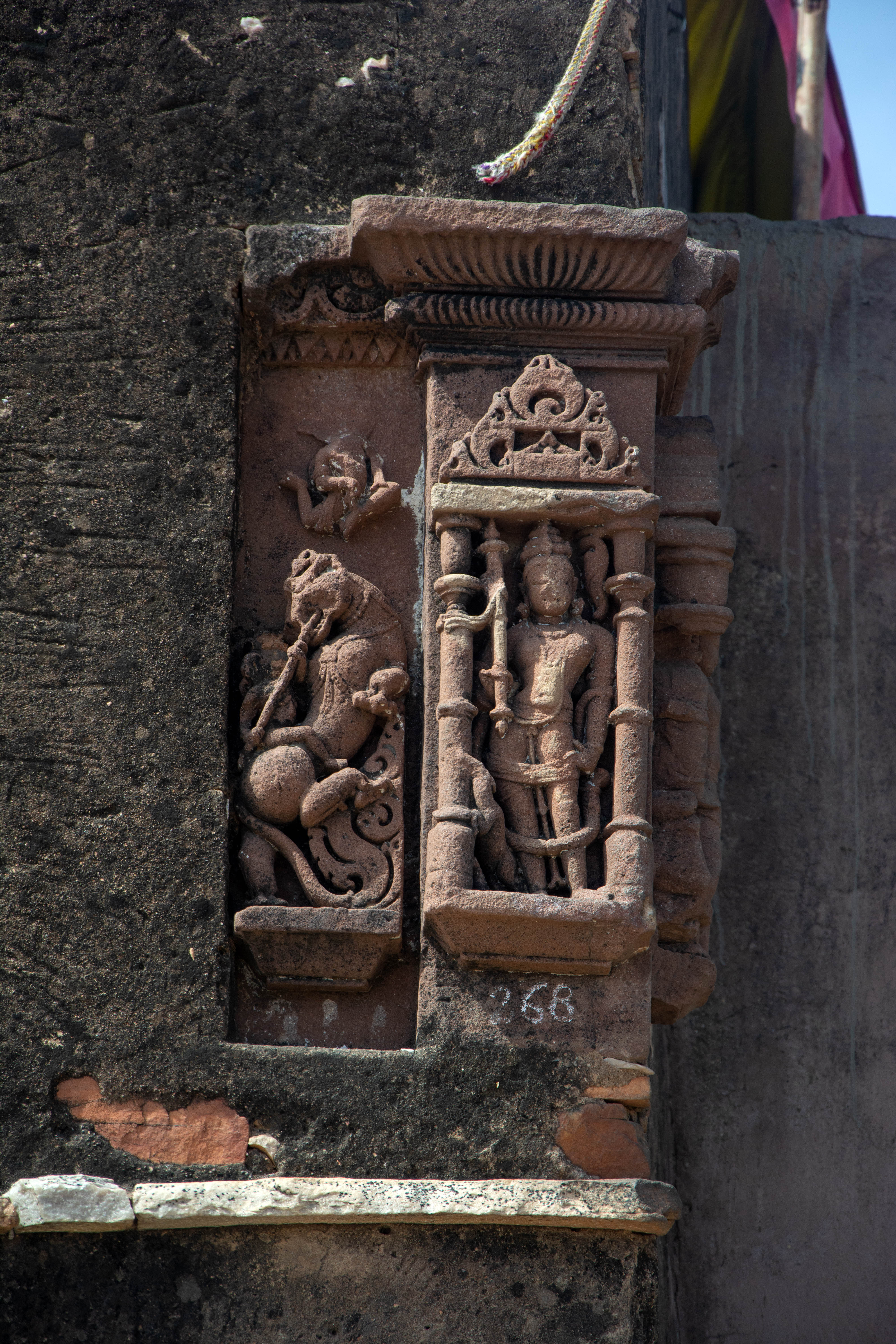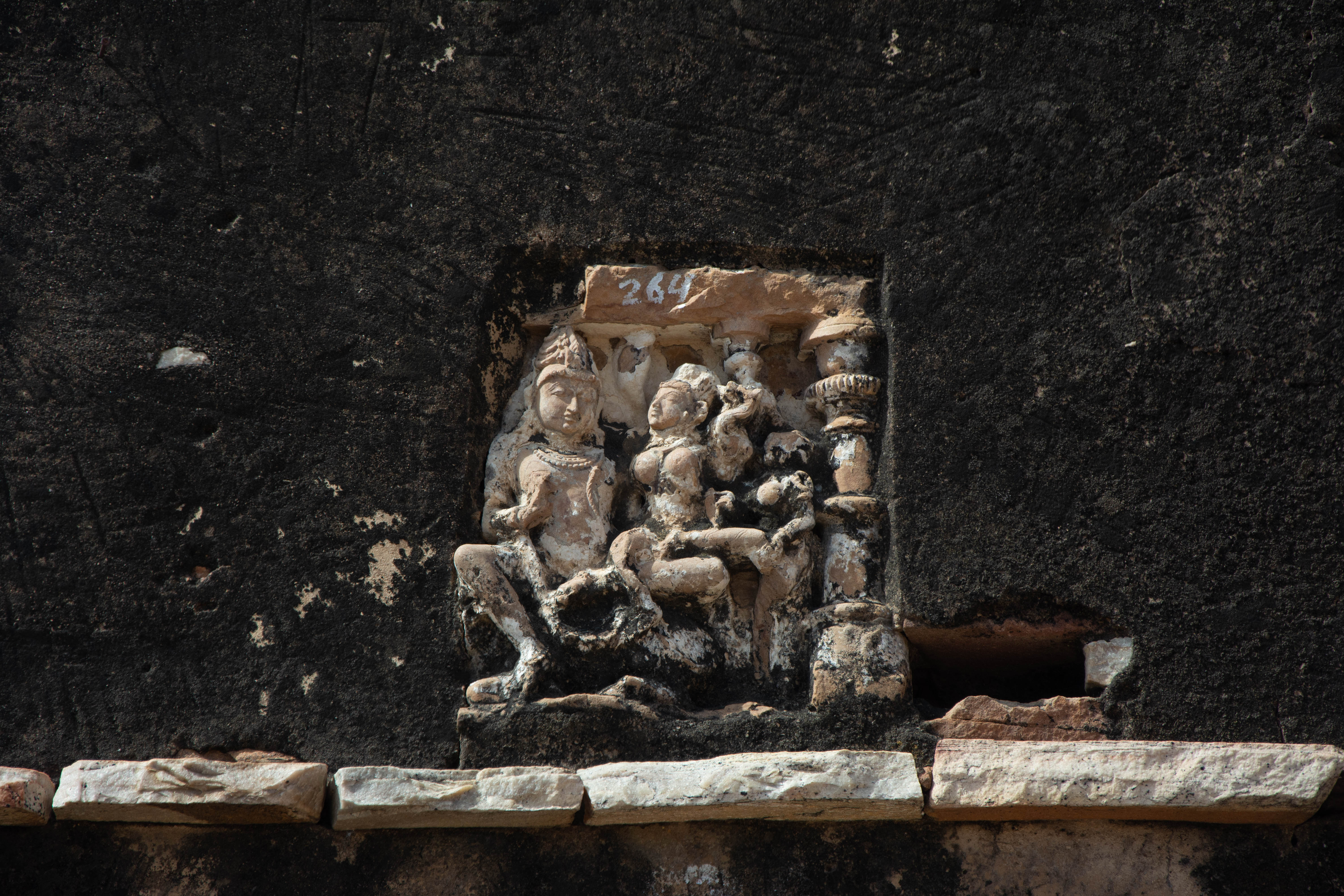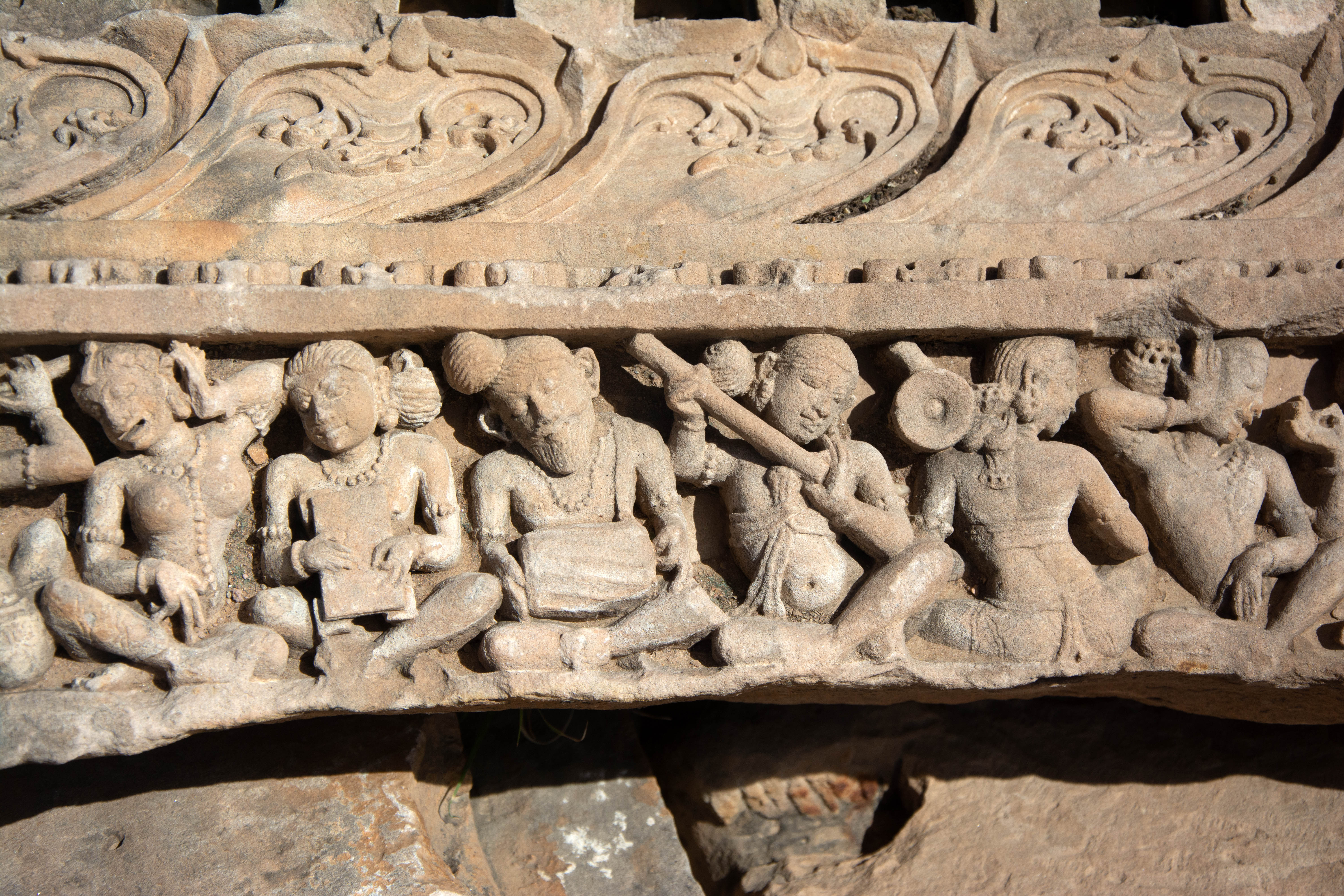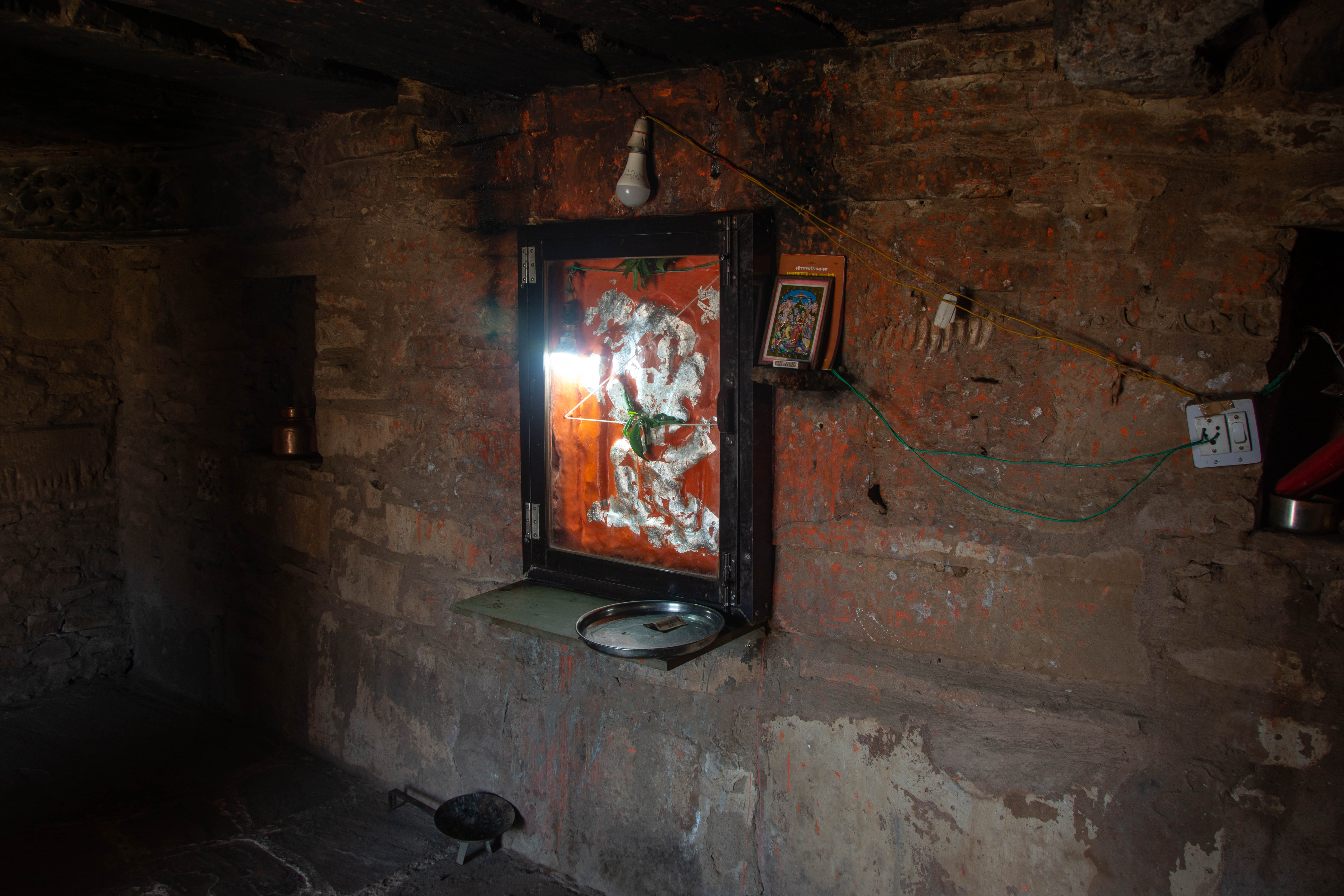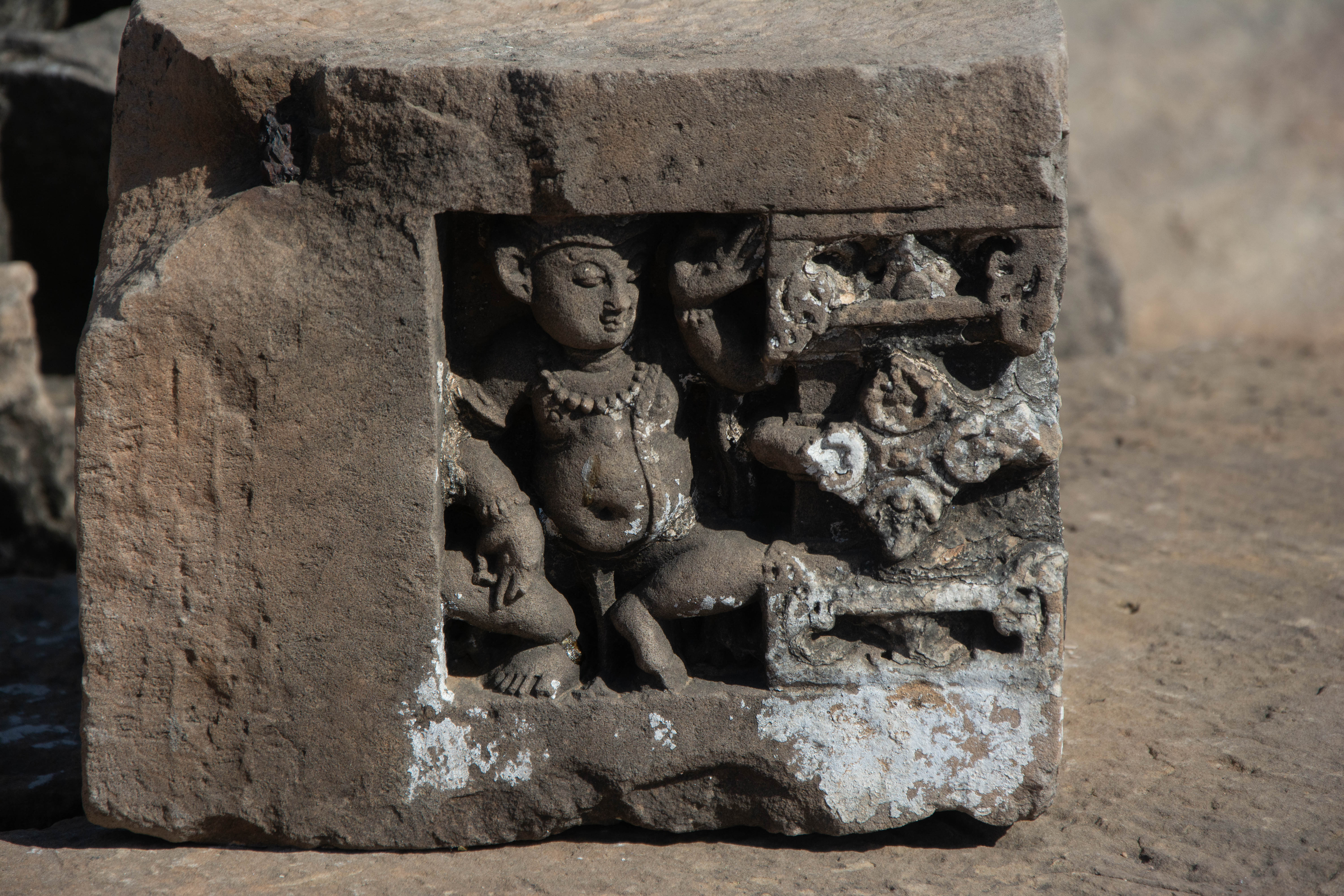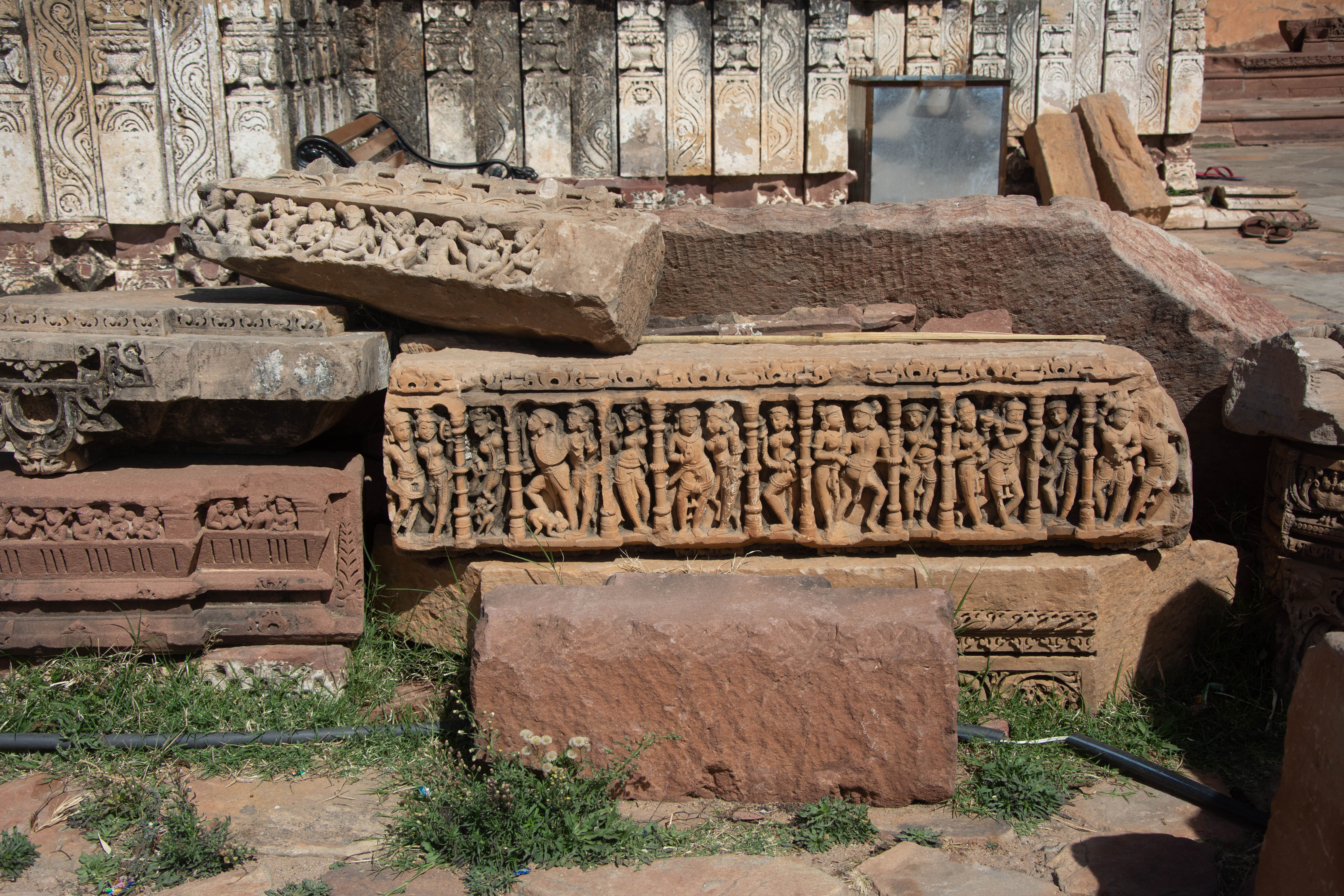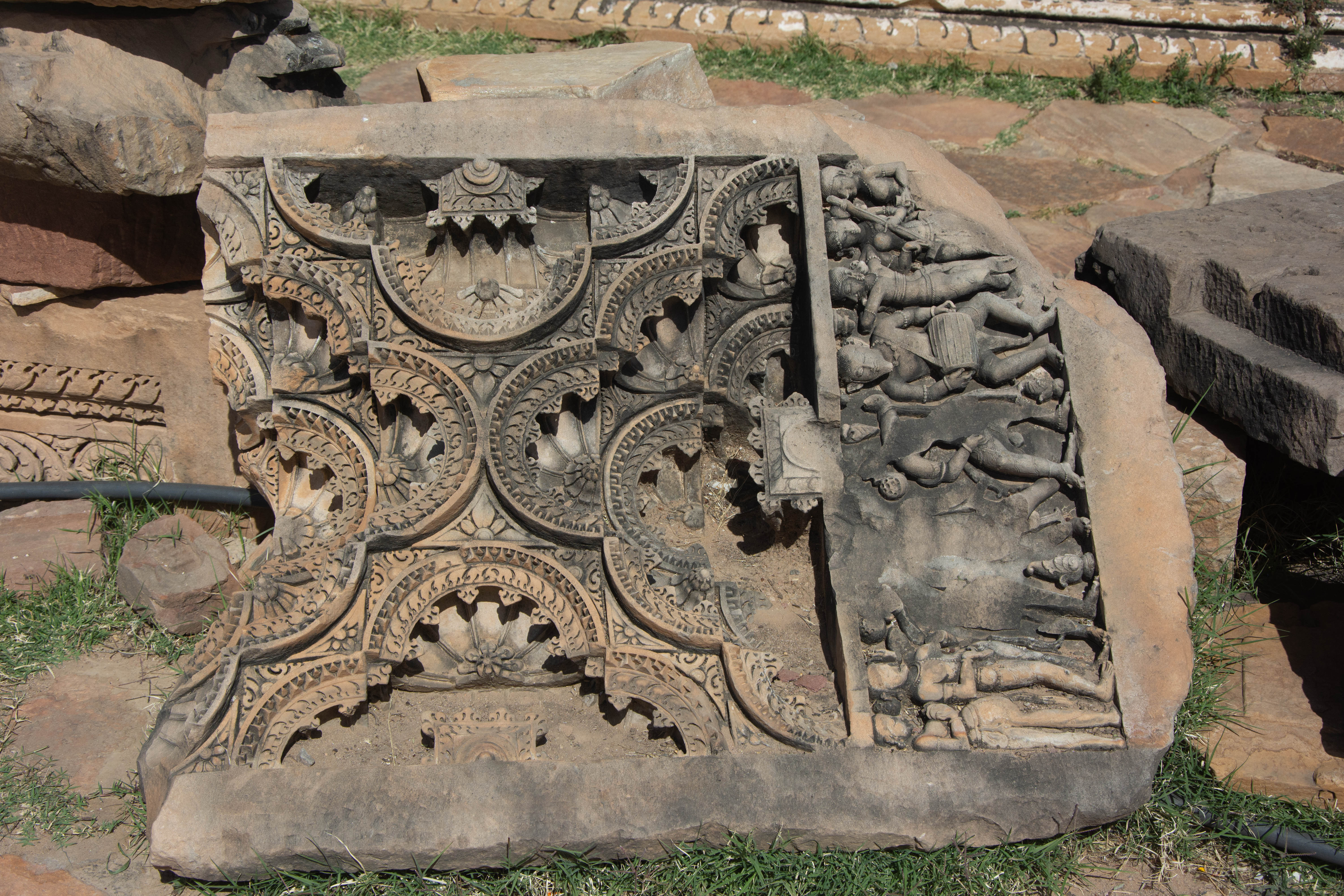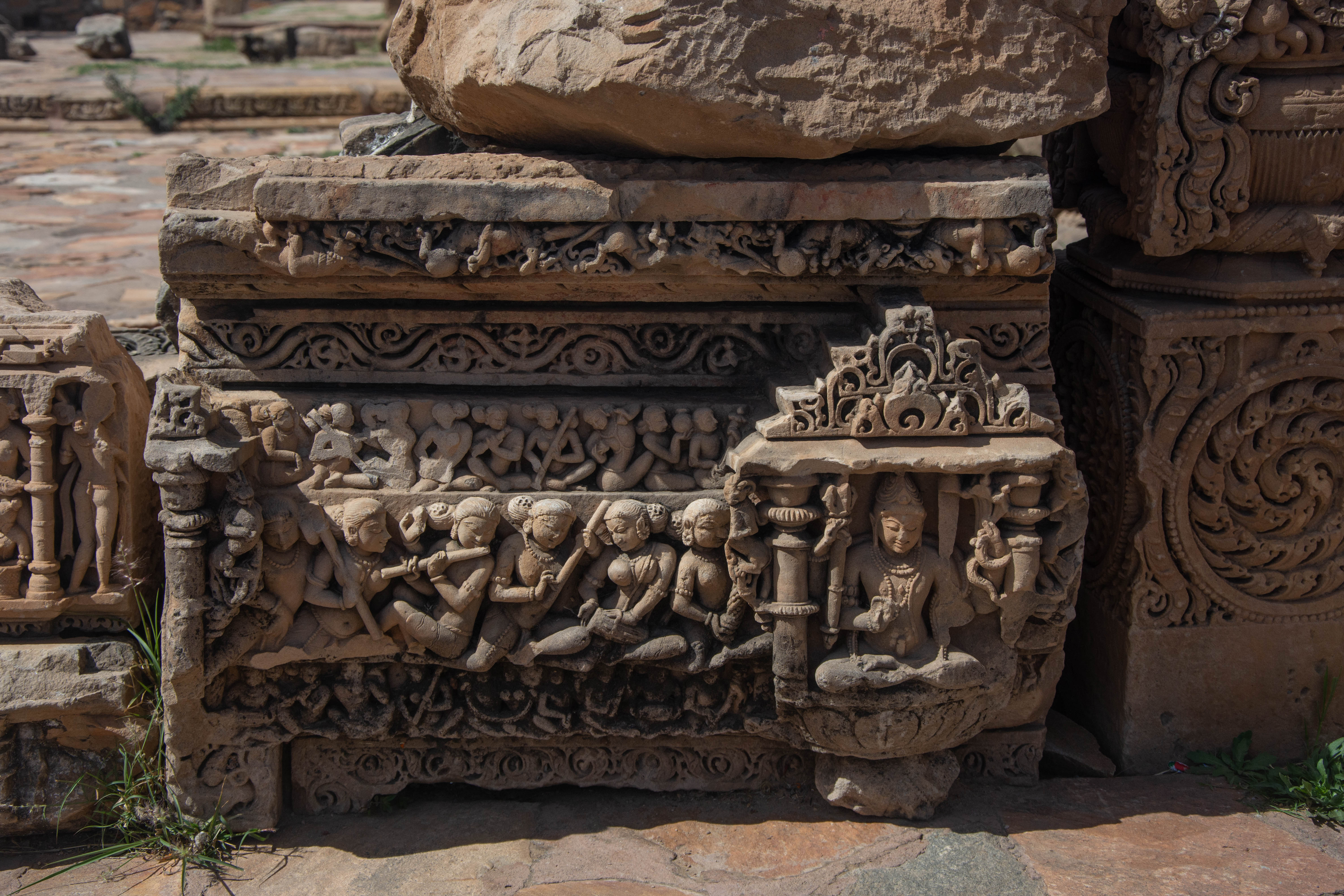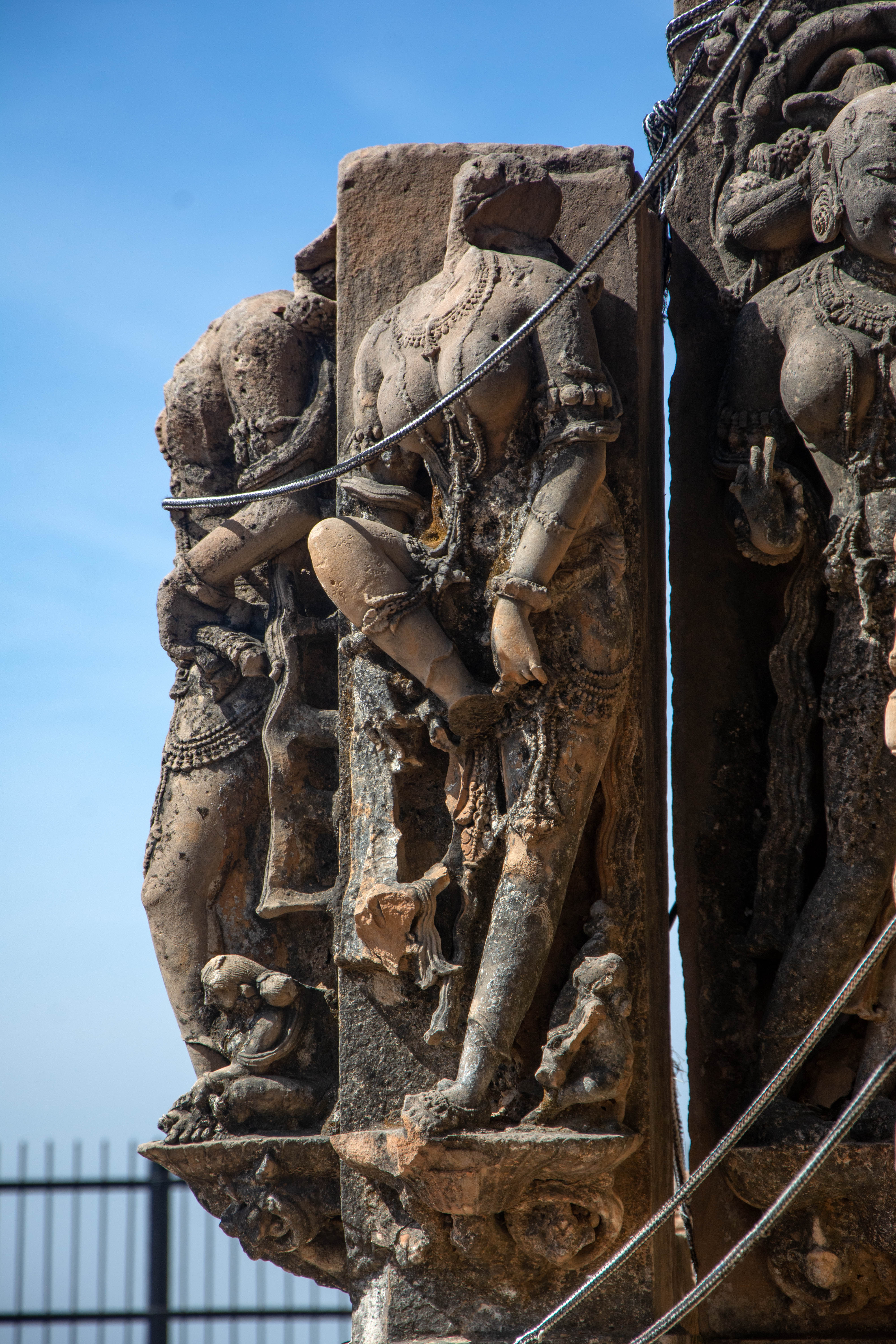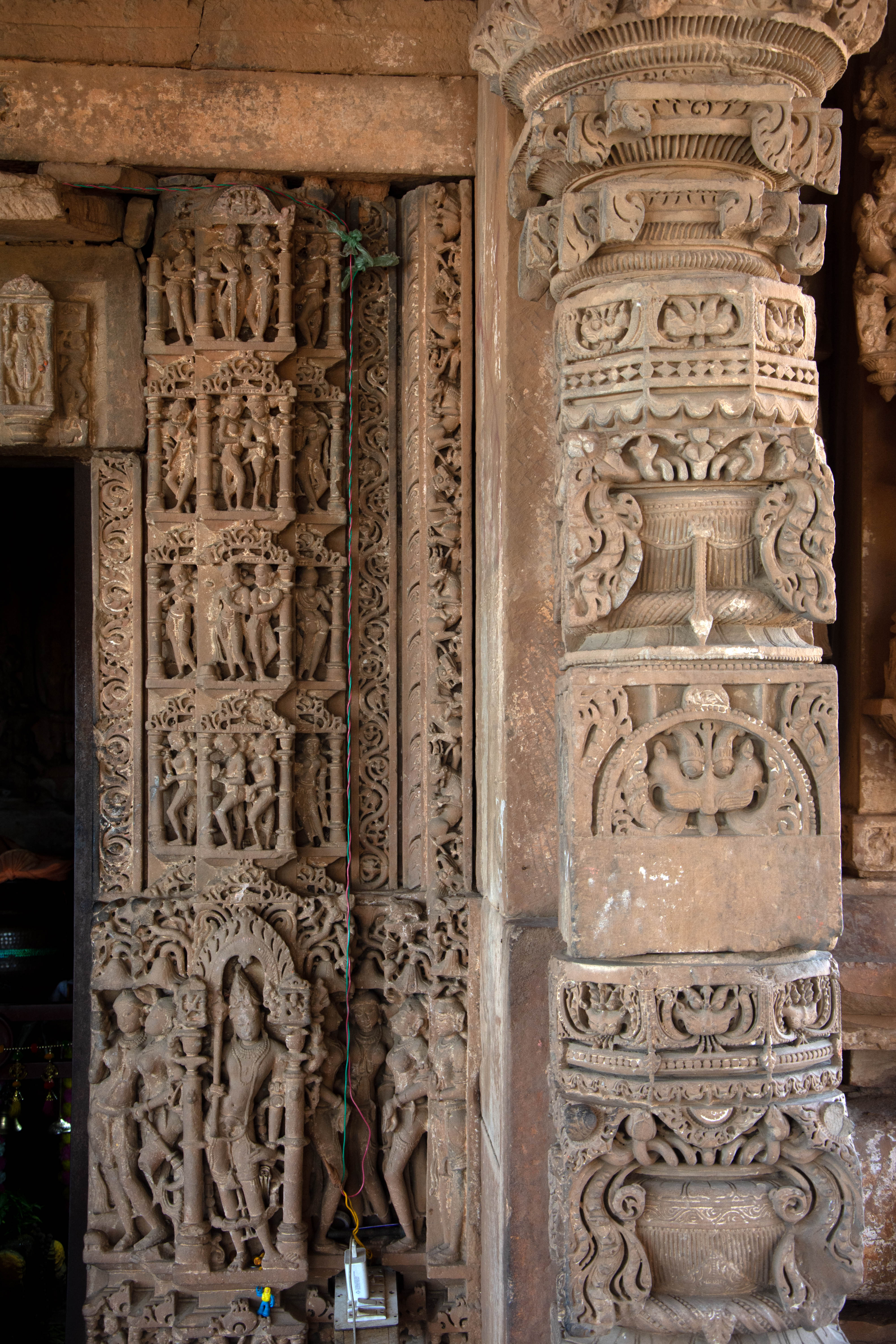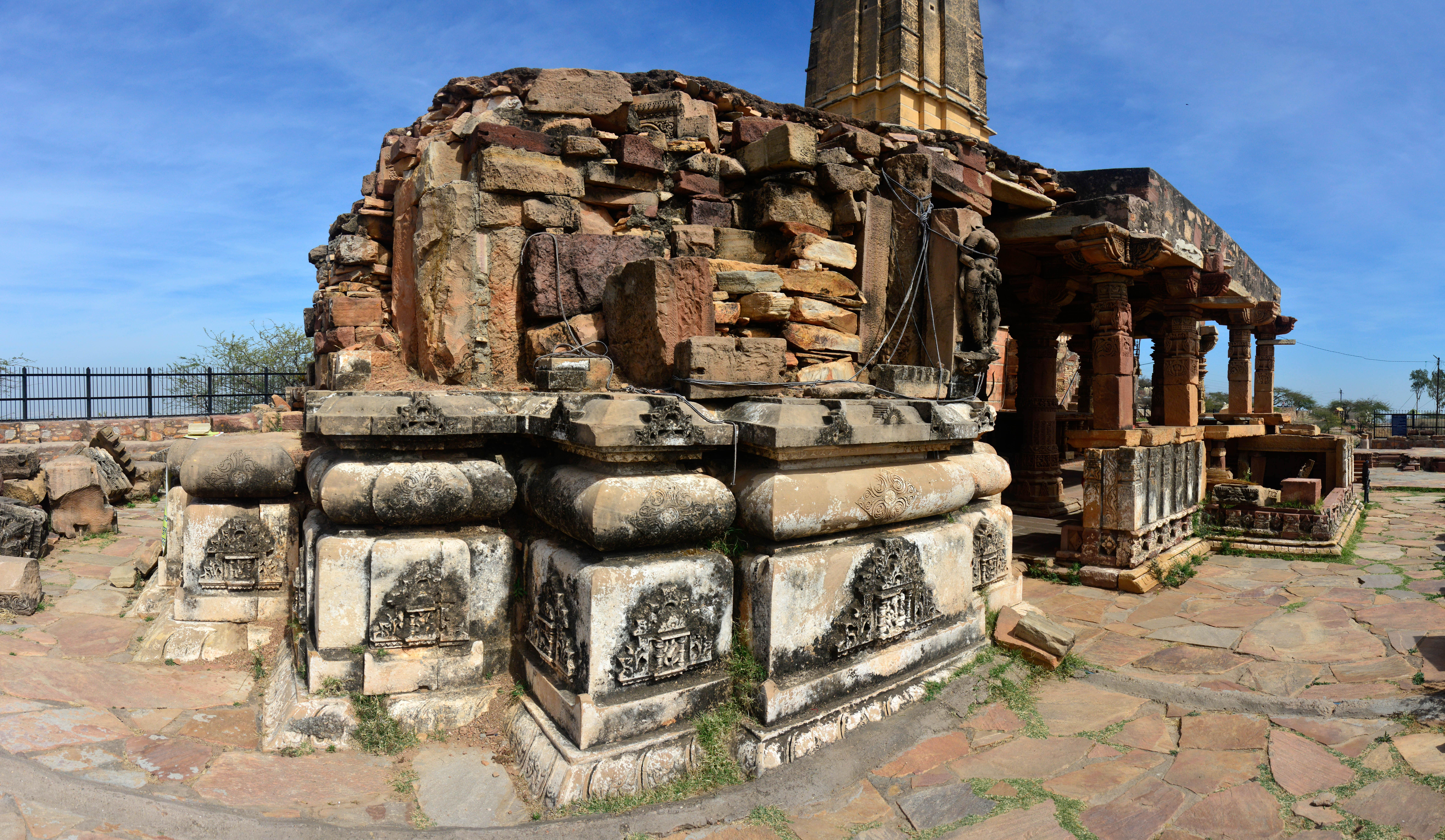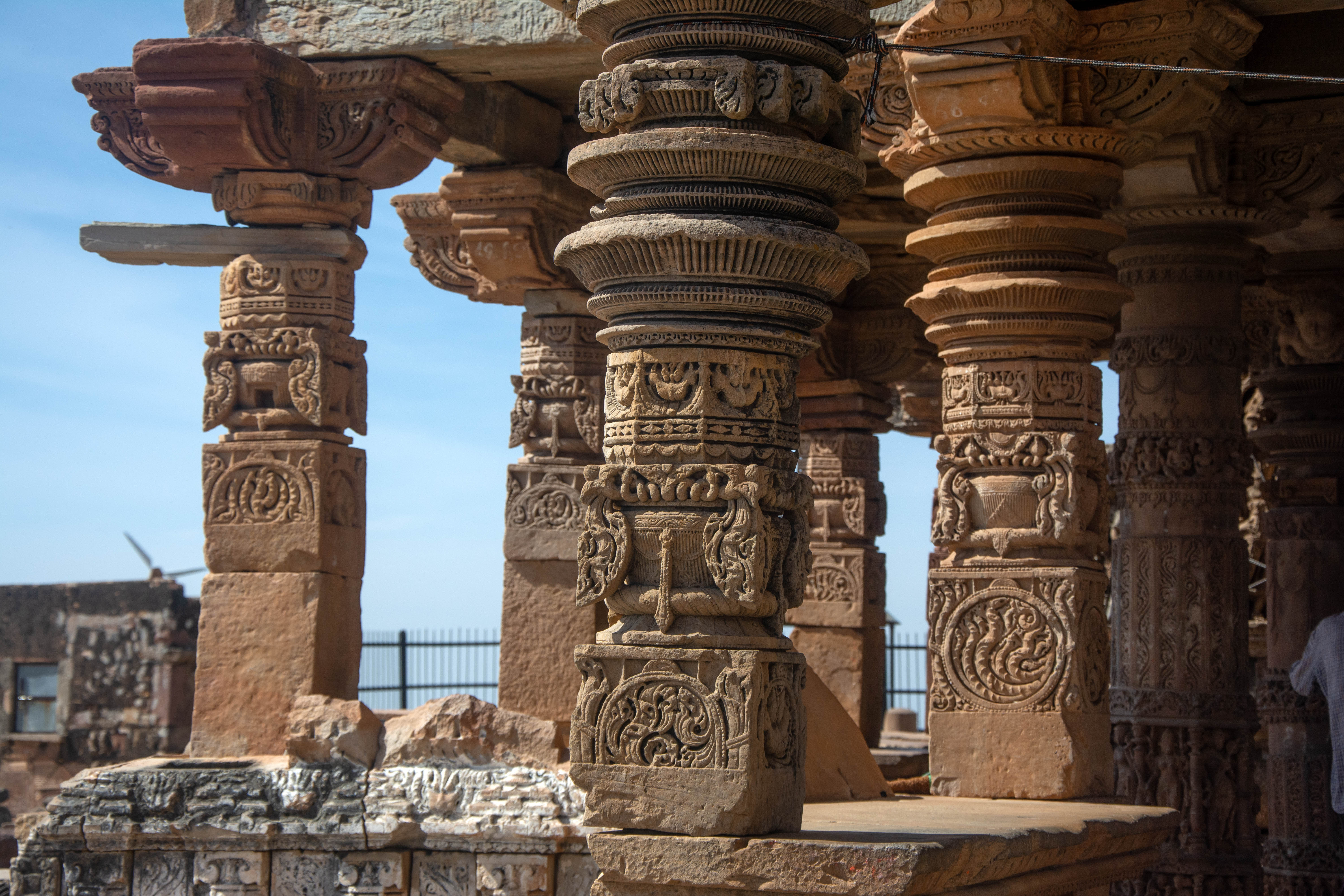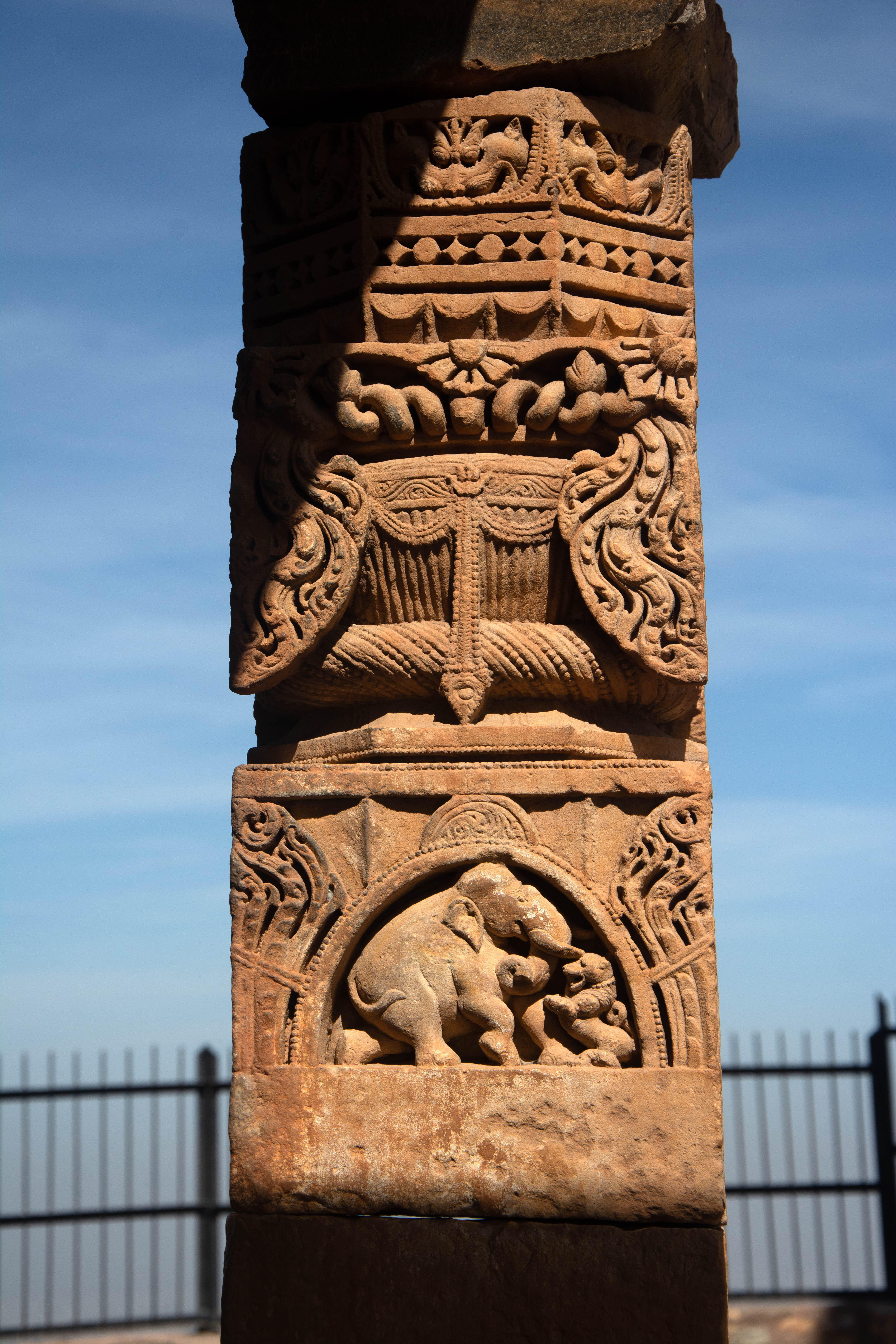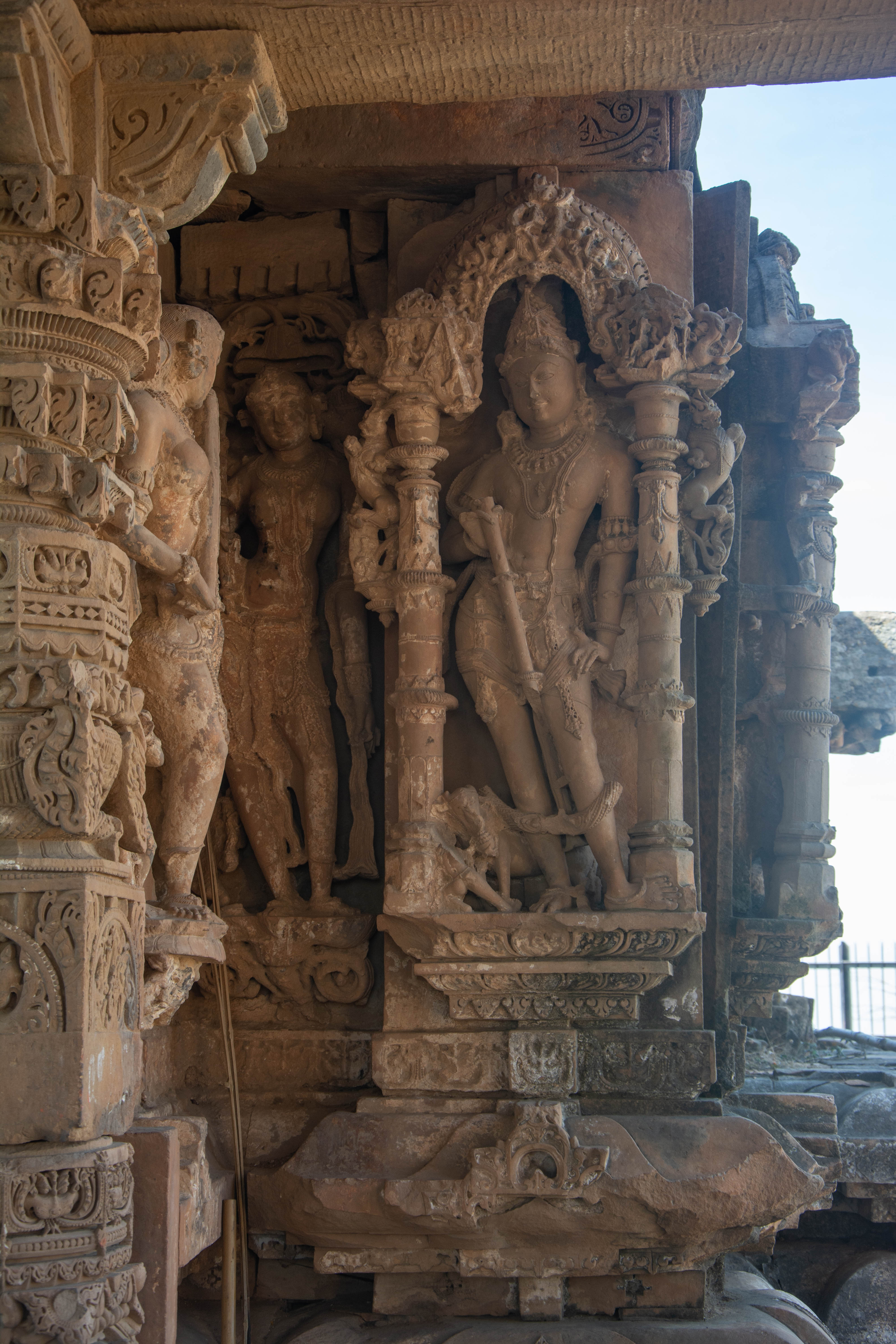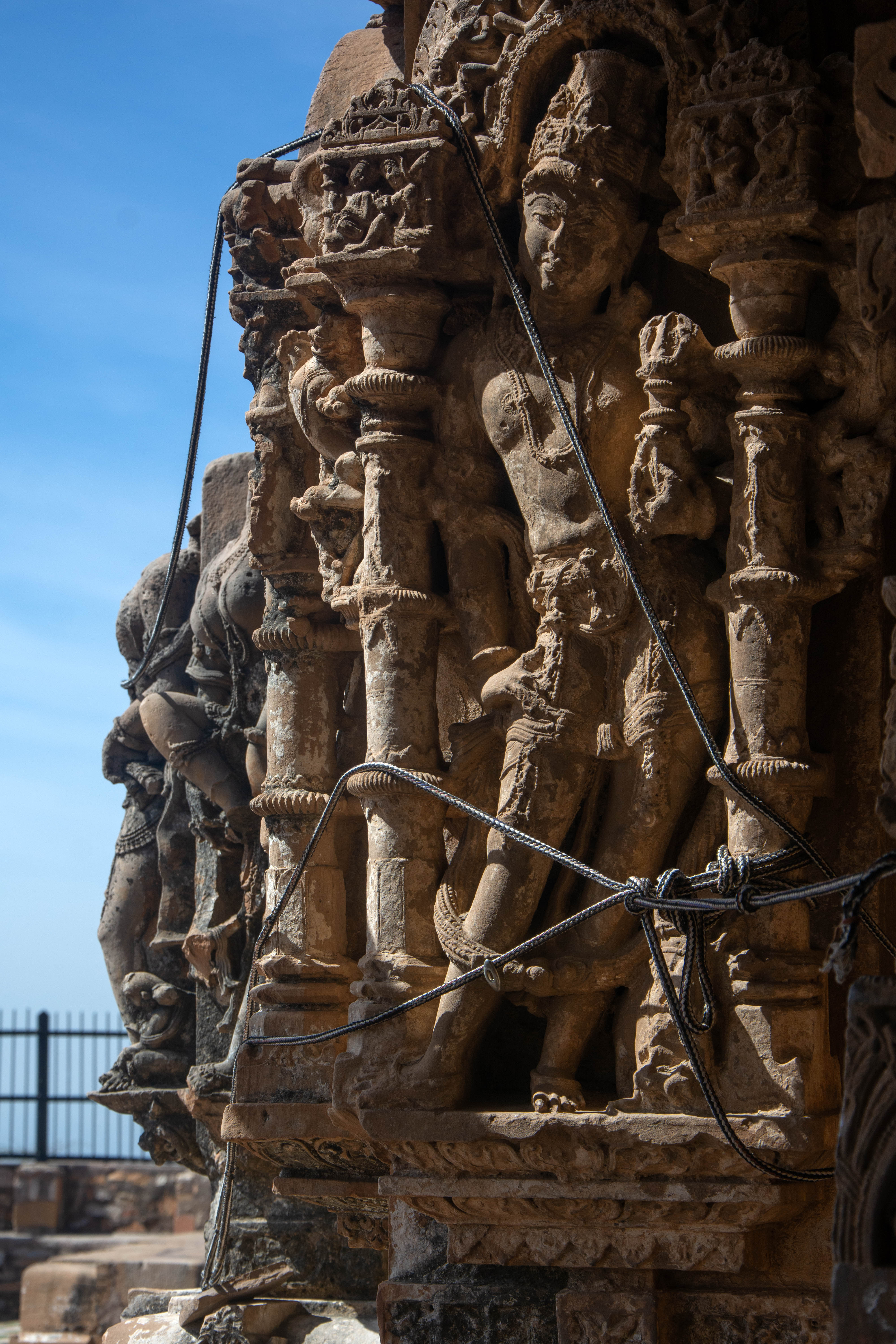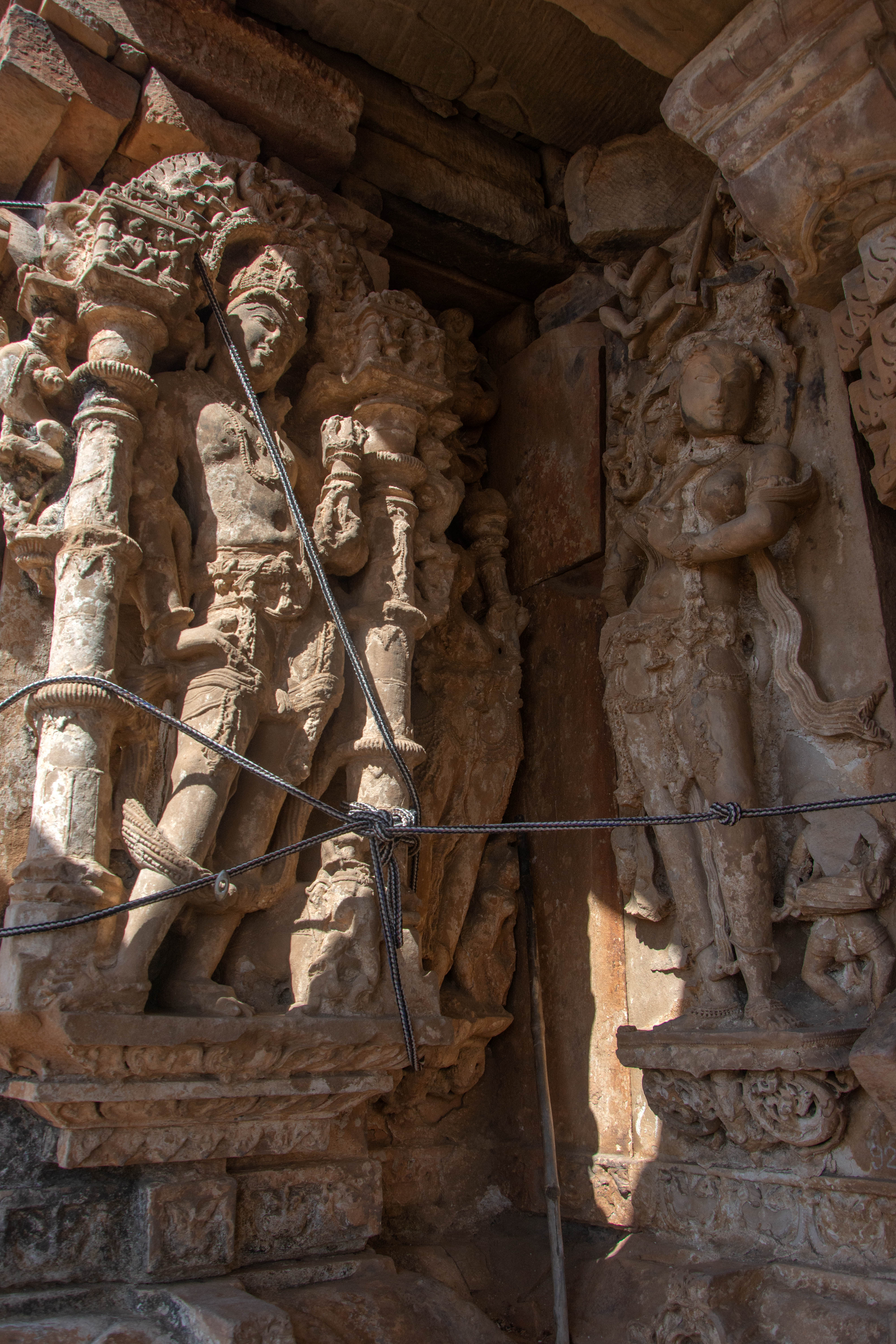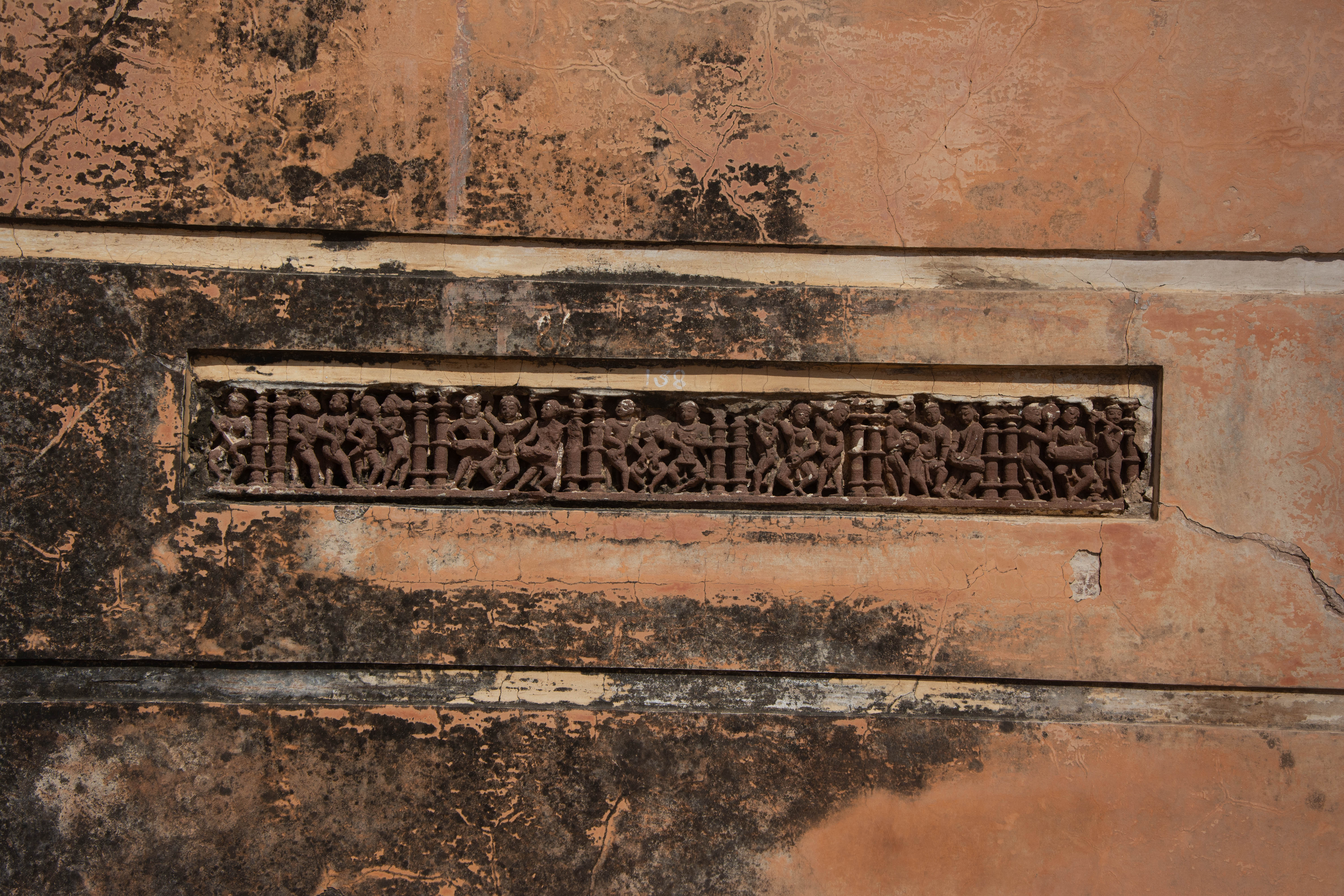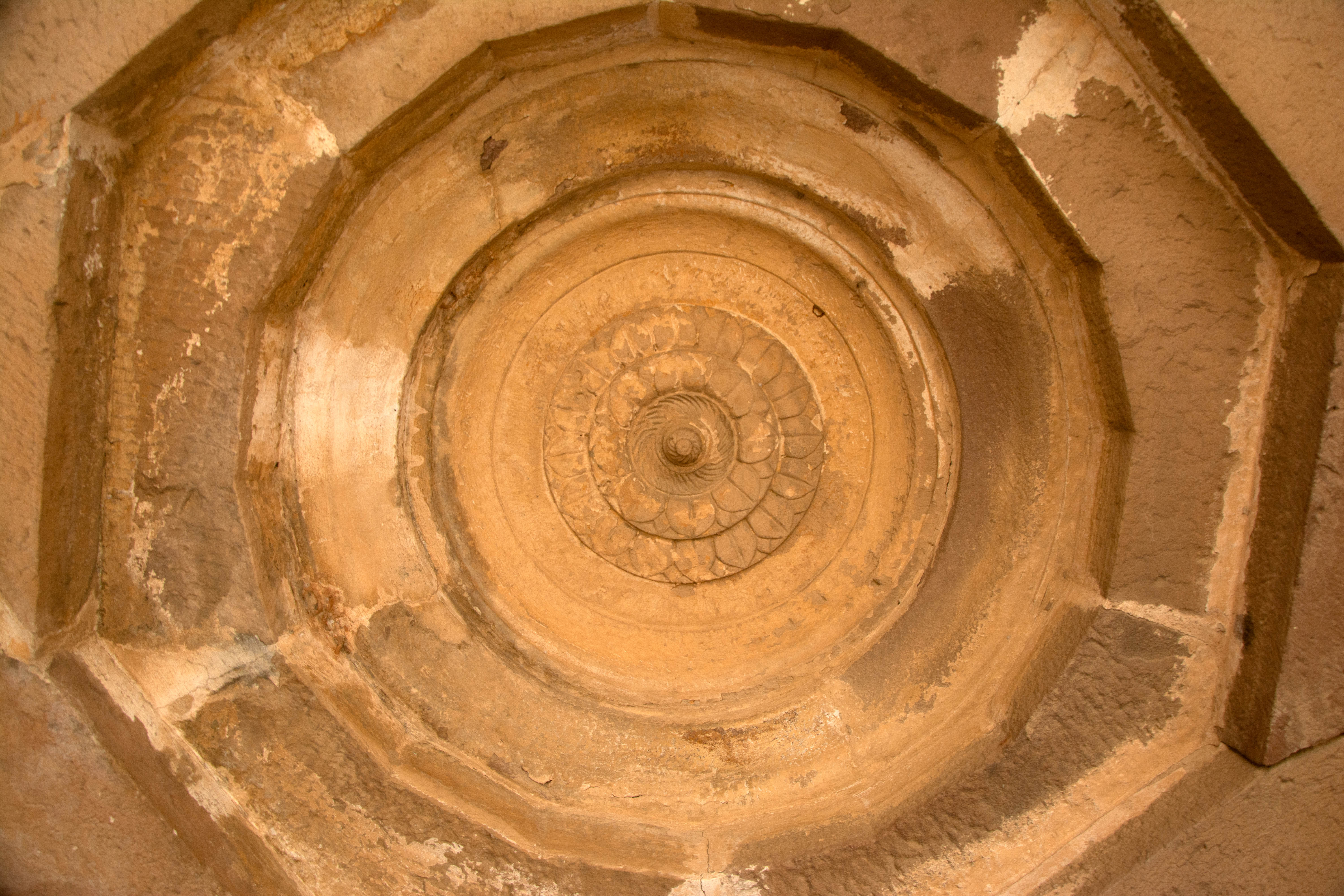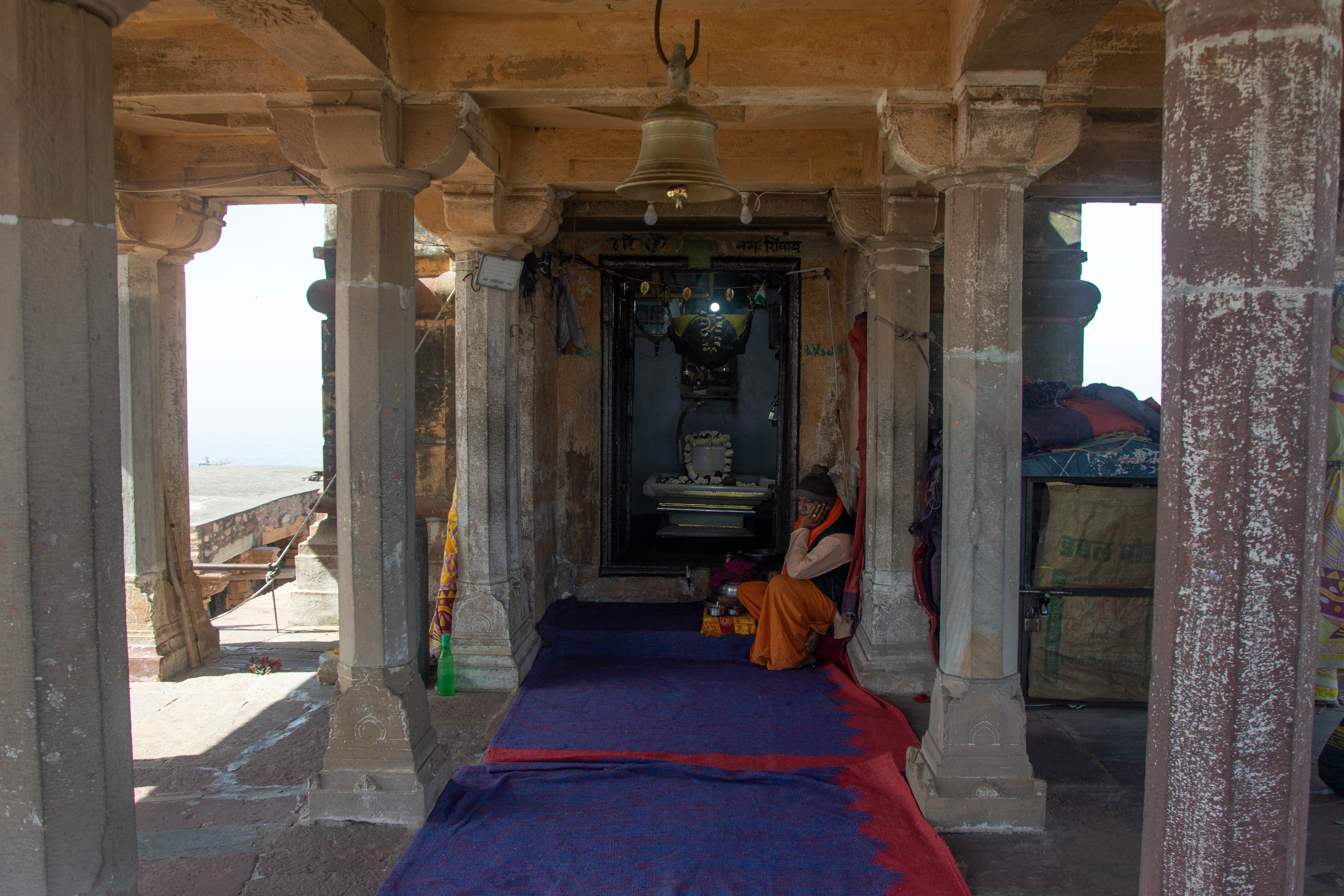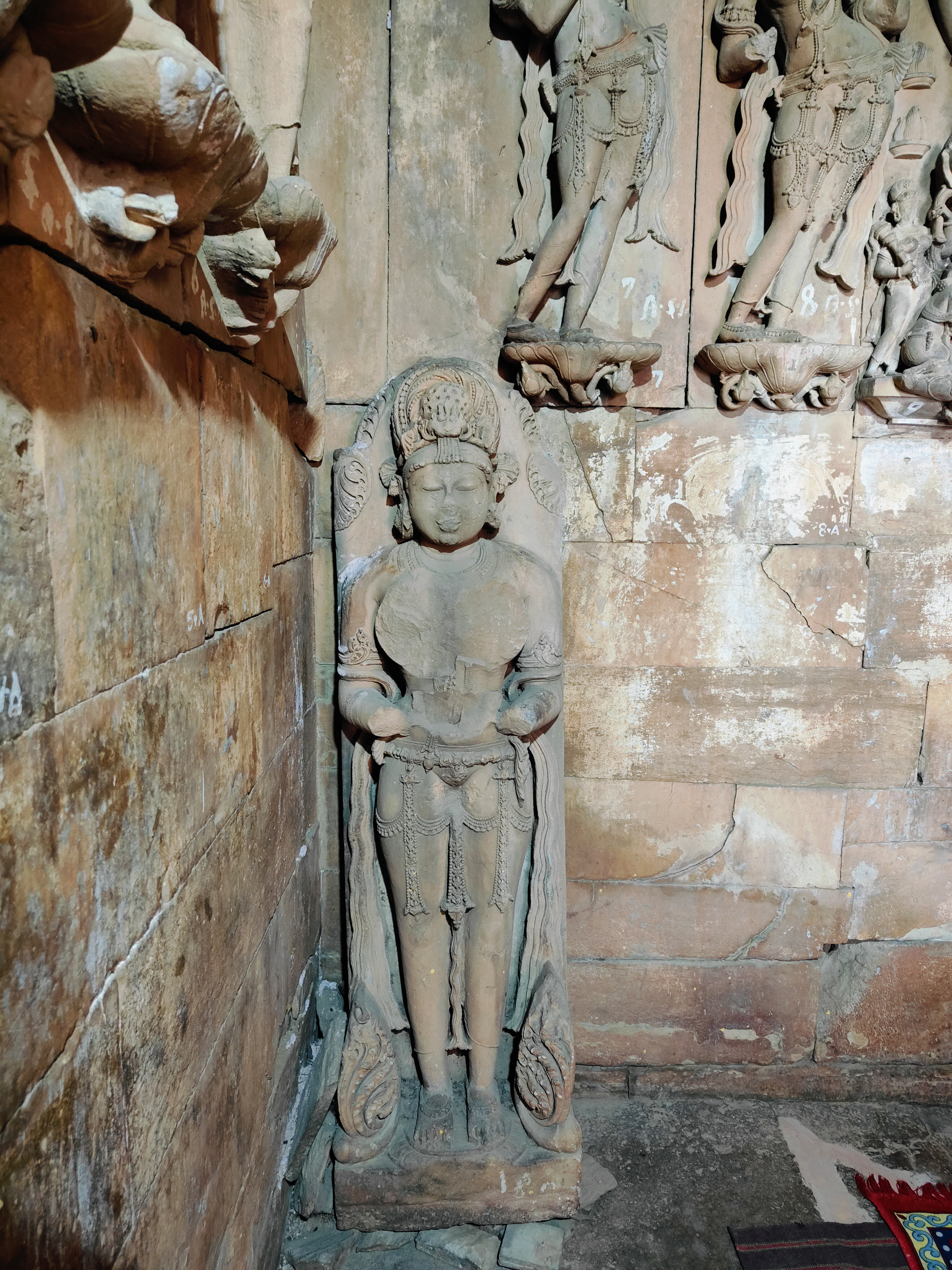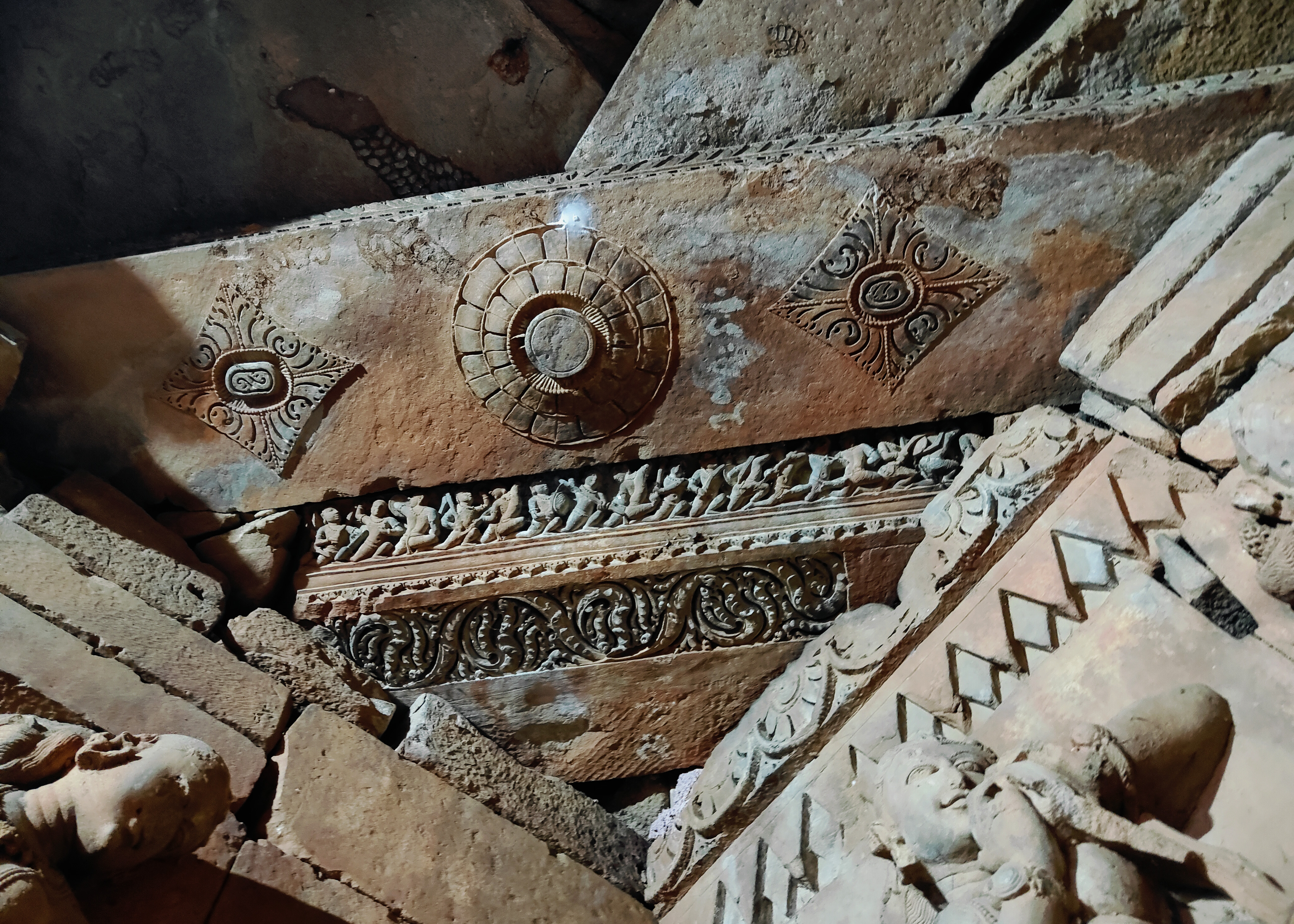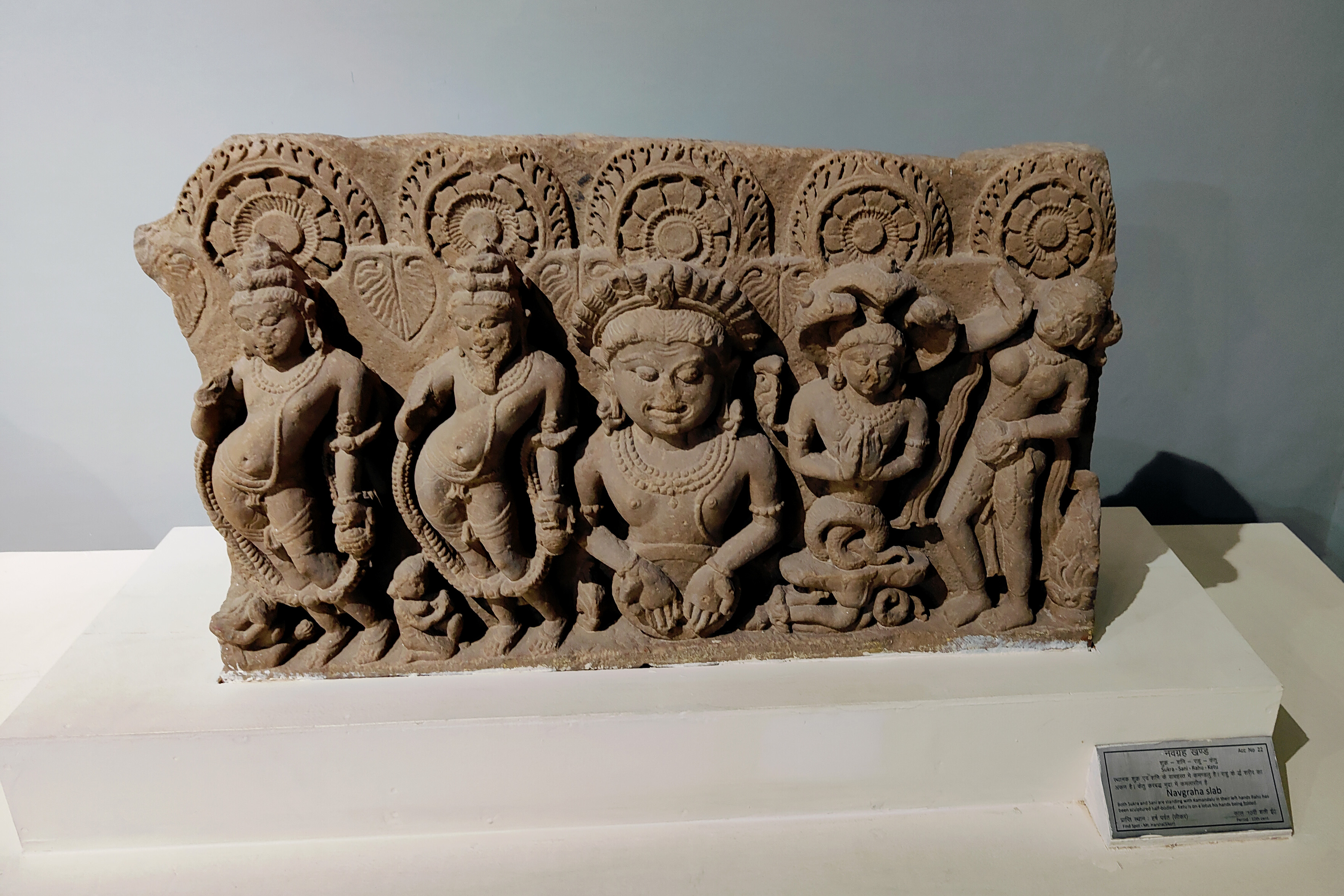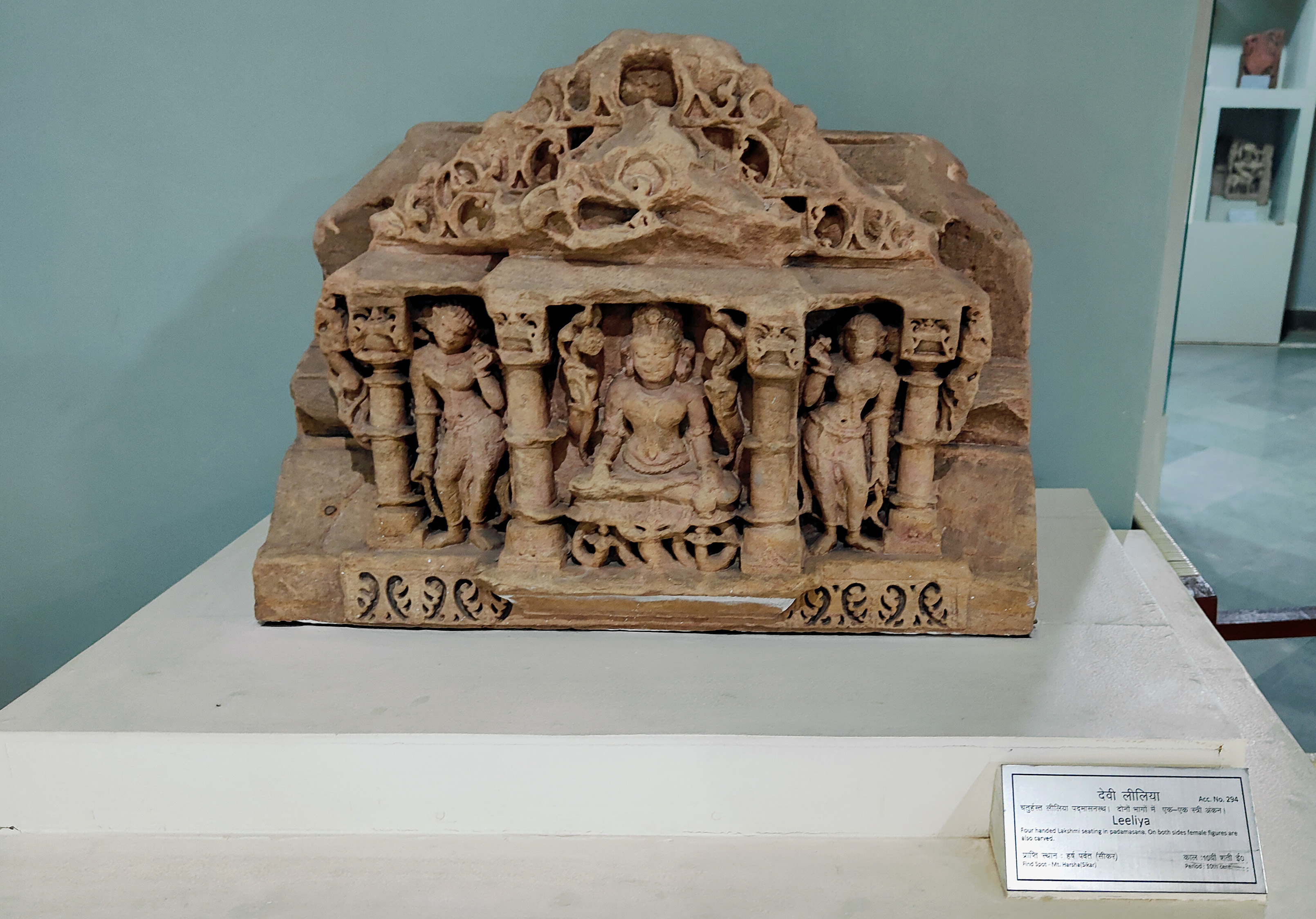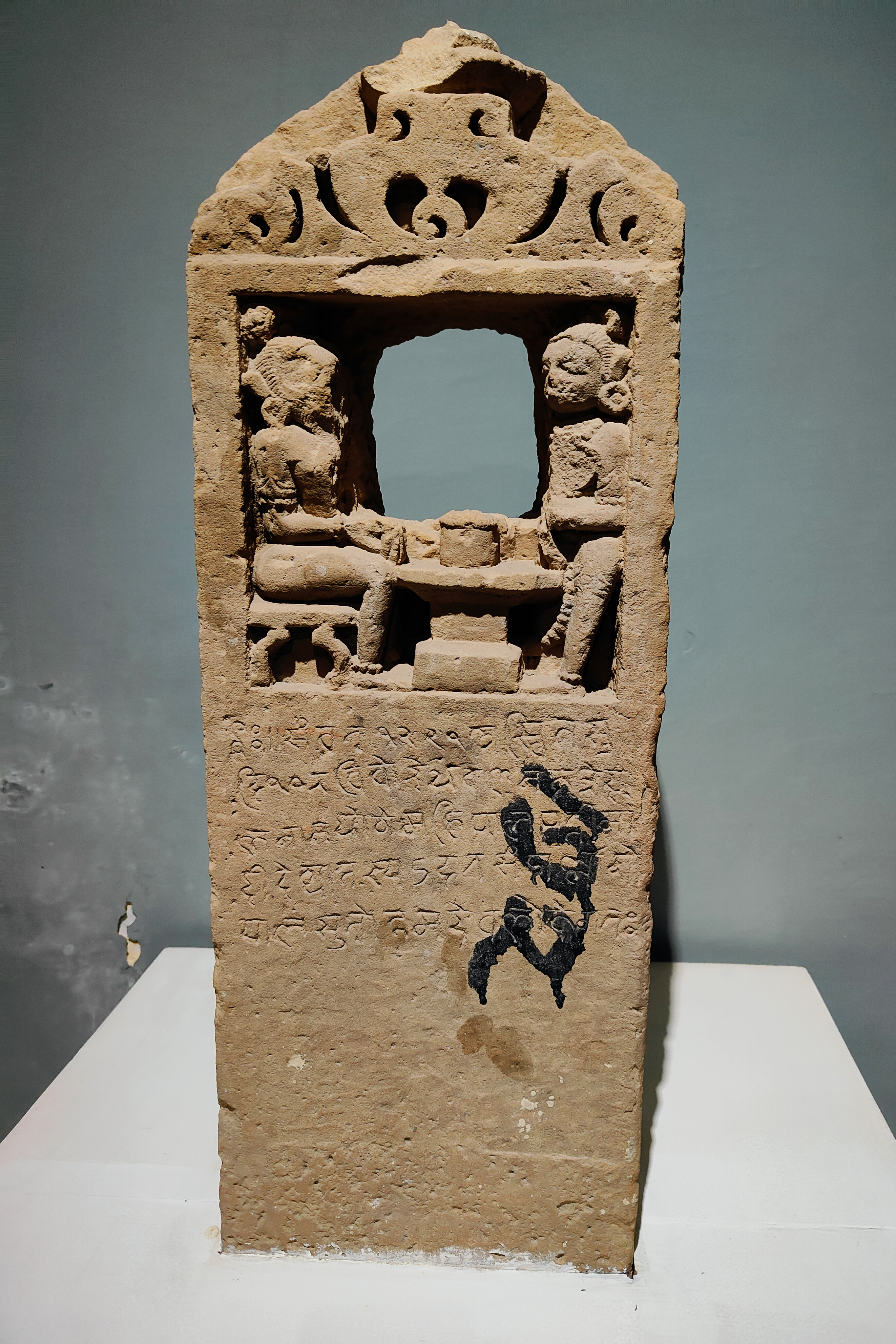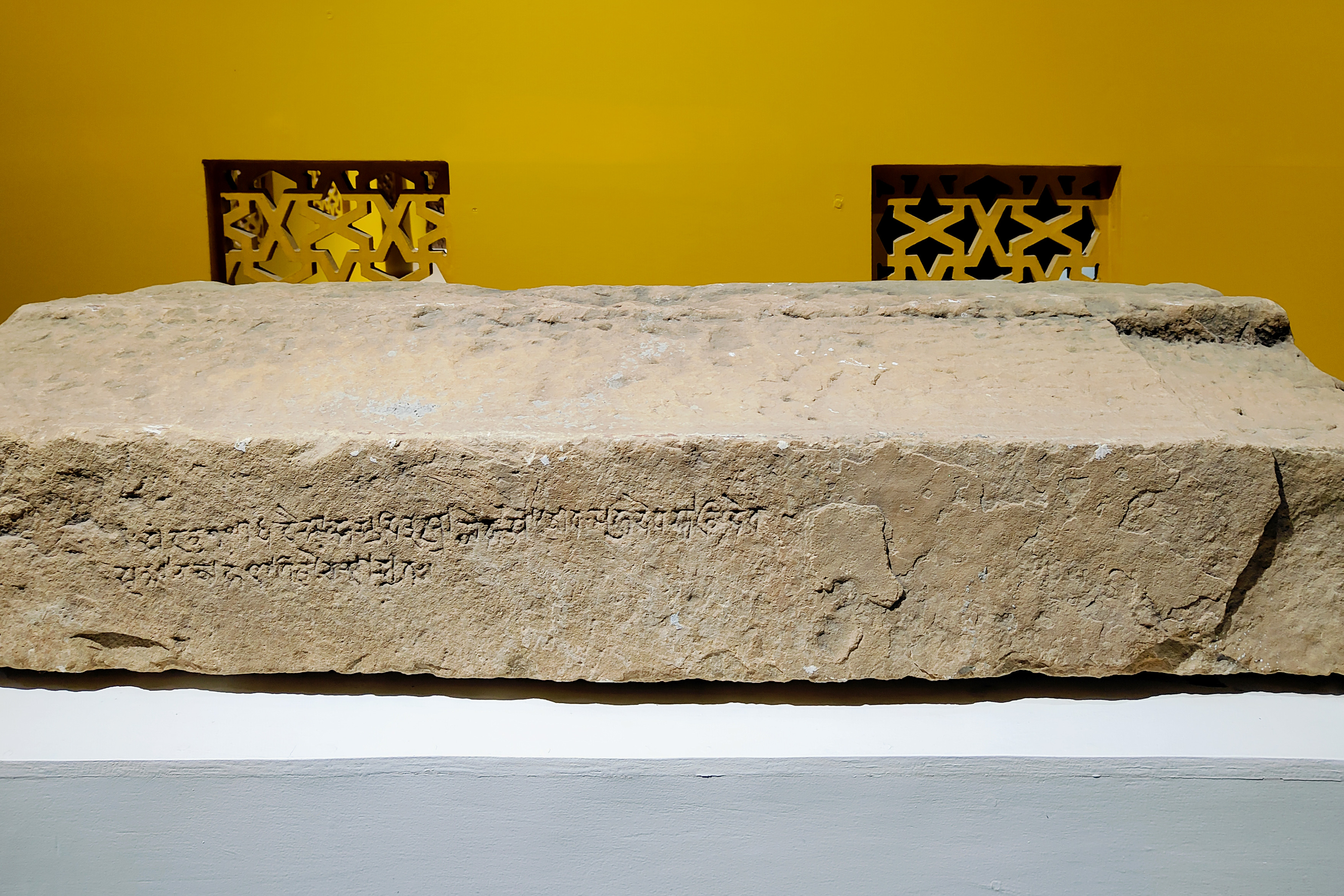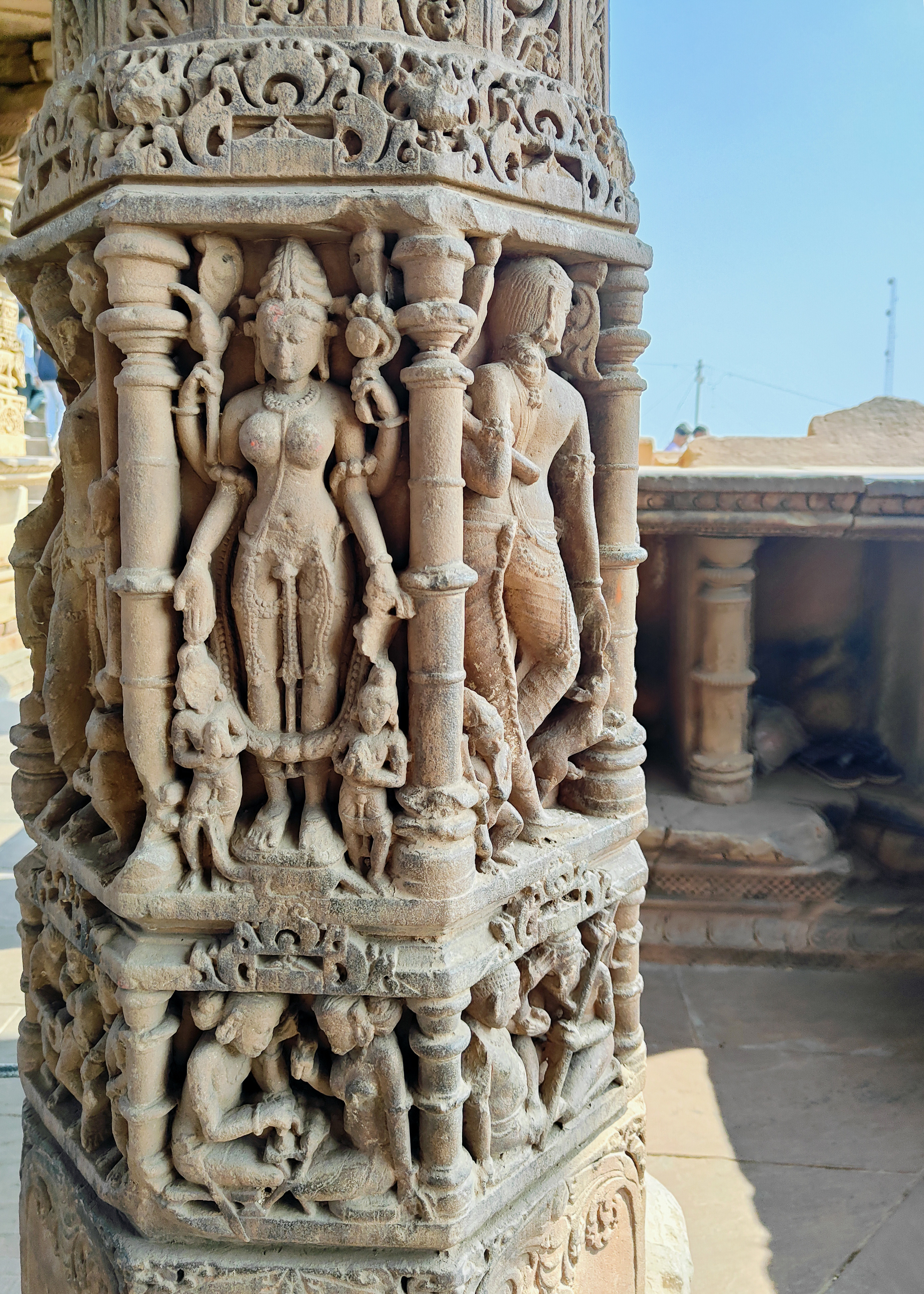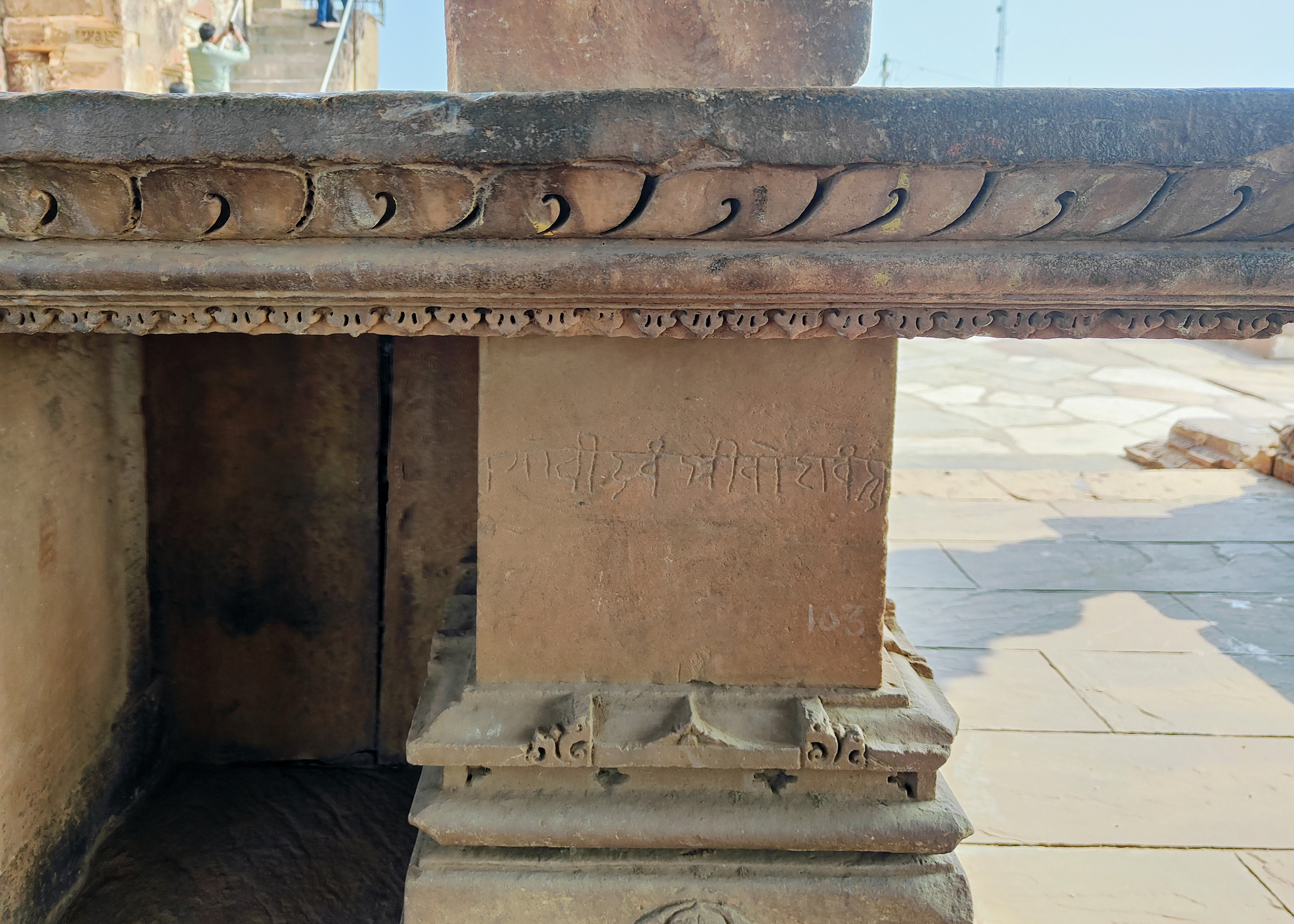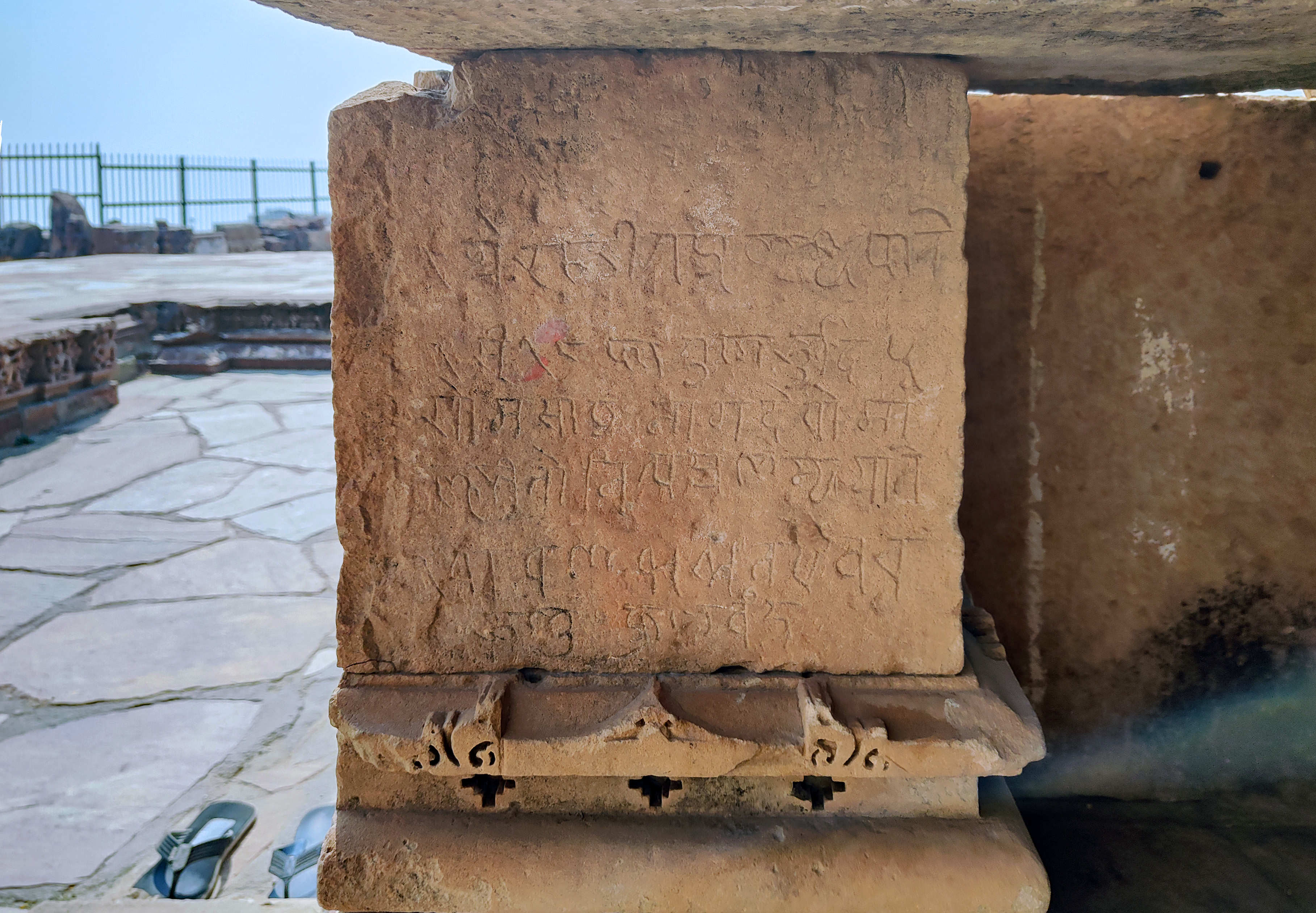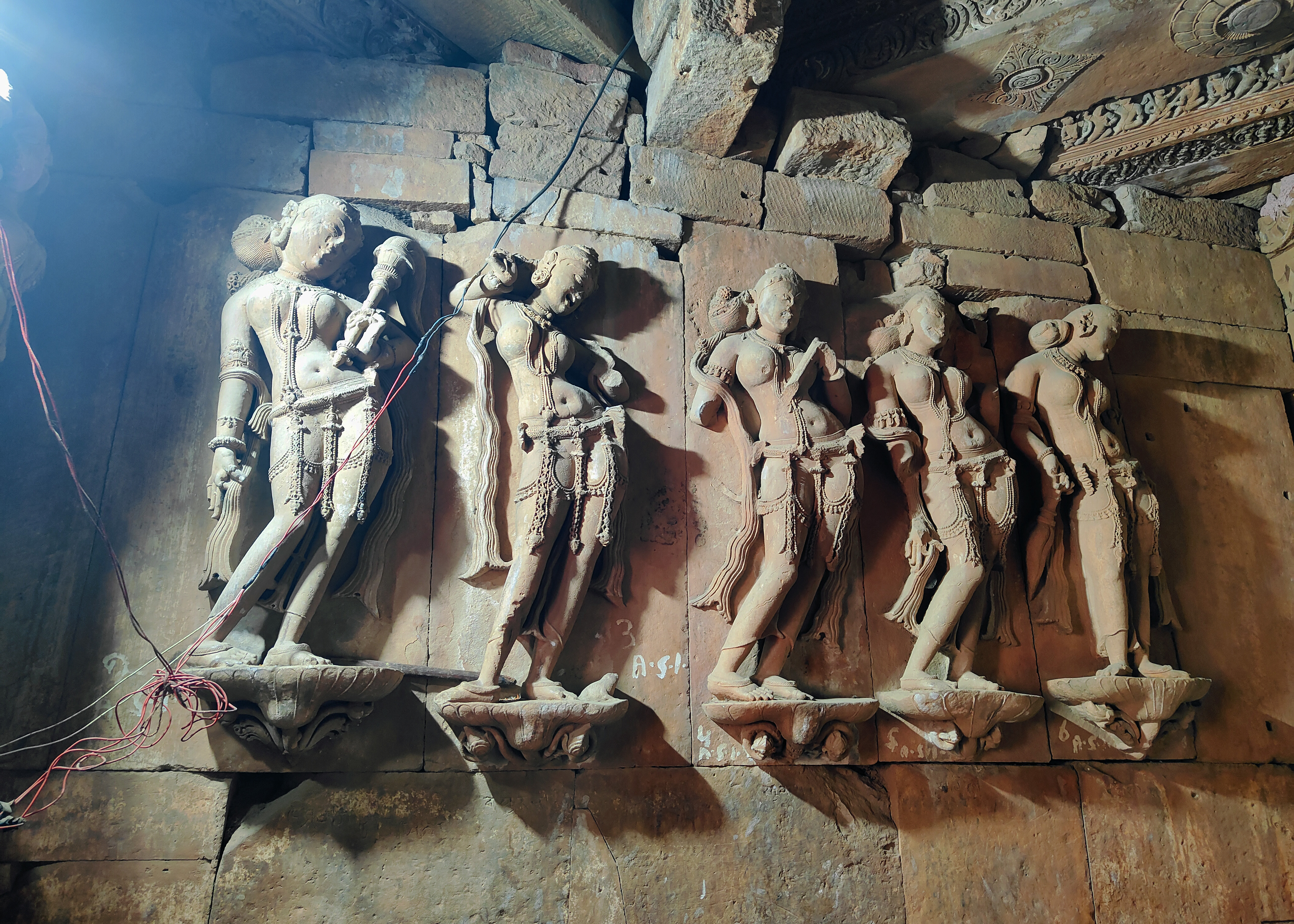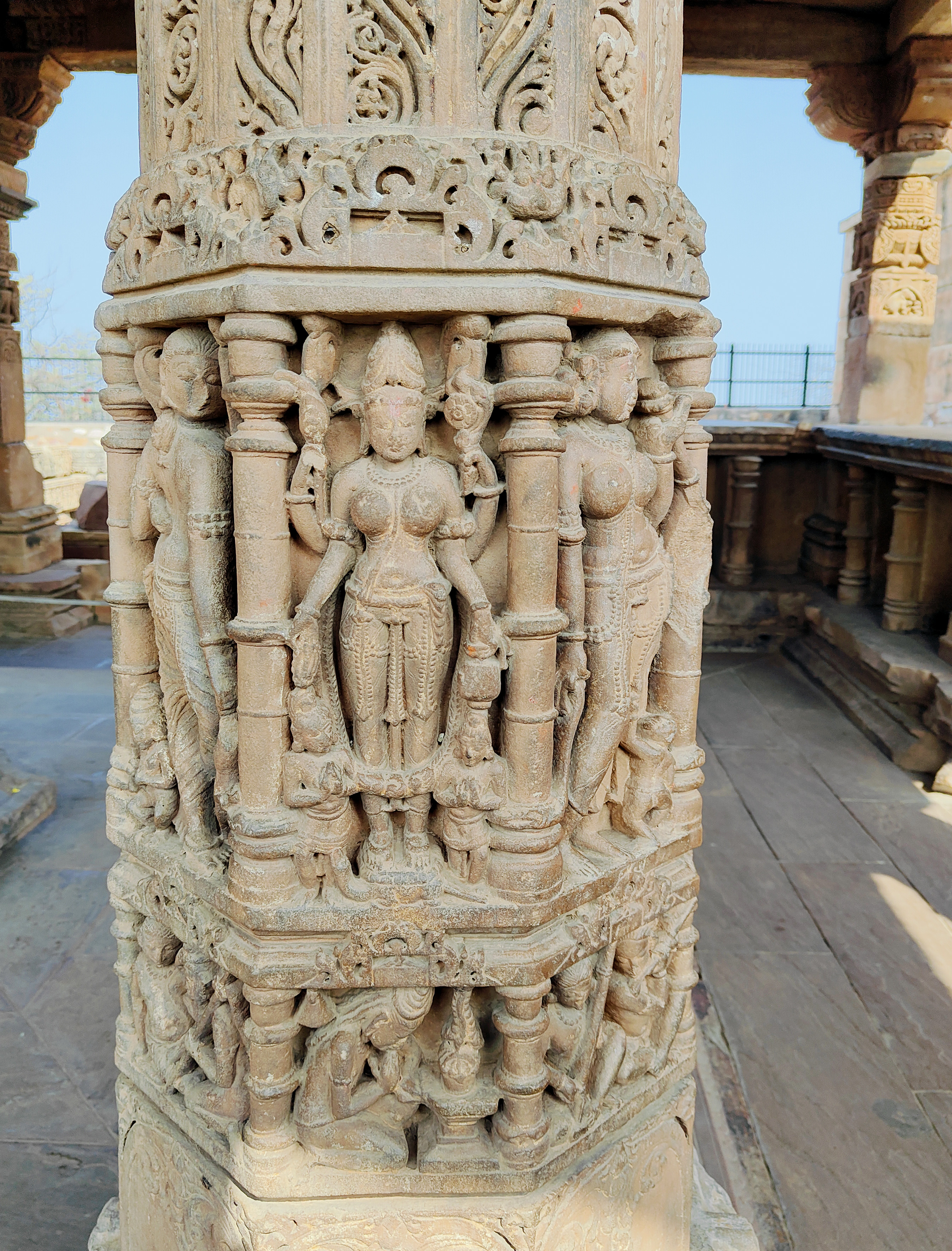Harshnath Temple Complex: A visual walkthrough
By Anchit Jain
Nestled within the scenic landscapes of the Sikar district in Rajasthan, the sacred site of Harshnath Temple Complex (10th-18th centuries CE), perched atop the Harsha Hill, holds a storied past that intertwines local folklore, historical narratives, and architectural marvels, offering a captivating glimpse into the spiritual traditions of ancient India. Archaeological digs have revealed that the Harsha Hill used to have a complex network of shrines and sculptures that show it was an important religious hub. The temple complex has elements of both Brahmanical and Vaishnavite religions. Central to this site is the Harshnath Temple, a historical edifice dedicated to Lord Shiva, which is likely to have been constructed in the latter half of the 10th century CE. The temple houses a self-manifested linga known as Pancha-mukhi Mahadeva, representing the five aspects of Shiva. Surrounding this central shrine are remnants of other temples once dedicated to deities like Surya, Vishnu, and various Yoginis, indicating the site's diverse religious landscape. Among these relics, the Harshnath Temple stands out with its intricate architectural features, adorned with friezes depicting celestial beings and deities.
Legend has it that the genesis of the temple complex is intertwined with the poignant tale of Harsha, a wise man who, along with his beloved sister Jina, found solace in each other's company after being orphaned at a tender age. Their unbreakable bond faced a test when Harsha's marriage led to discord with his jealous wife, prompting Jina to seek refuge on the Kali-Shikhara hill in Sikar. Undeterred, Harsha established his abode nearby, later christened as Harsha-giri, where he fervently worshipped the self-manifested shivalinga known as Pancha-mukhi Mahadeva, earning the blessings of Lord Shiva as Harsha Bhairon. Today, the Harsha Hill draws thousands of devotees annually to pay homage to Harsha Bhairon, revered as the family deity of many local castes and the patron deity of Sikar. Despite its dilapidated state, the temple is a living temple.
The image gallery is a visual tour of archaeological and architectural remains scattered across the Harshnath Temple Complex.

